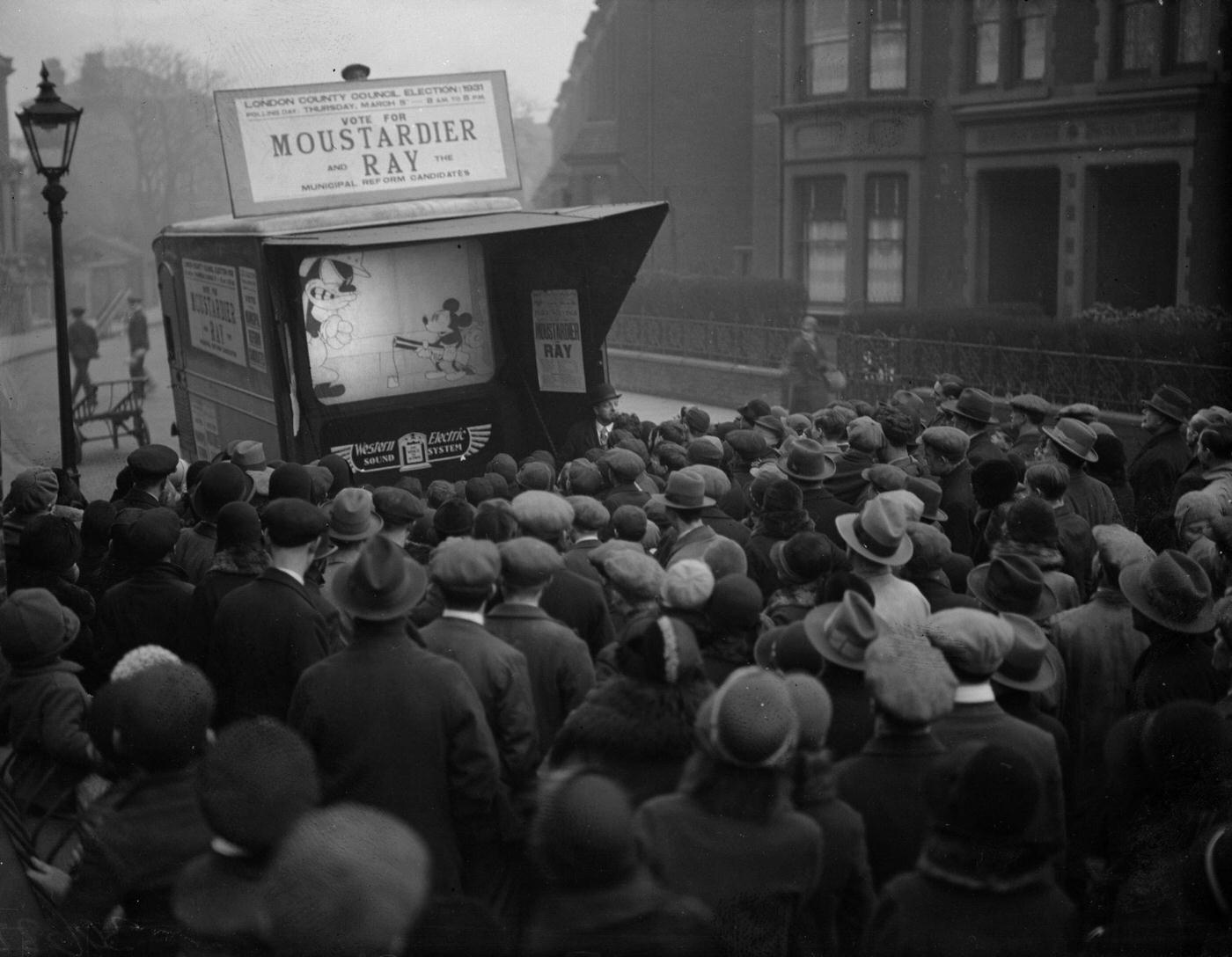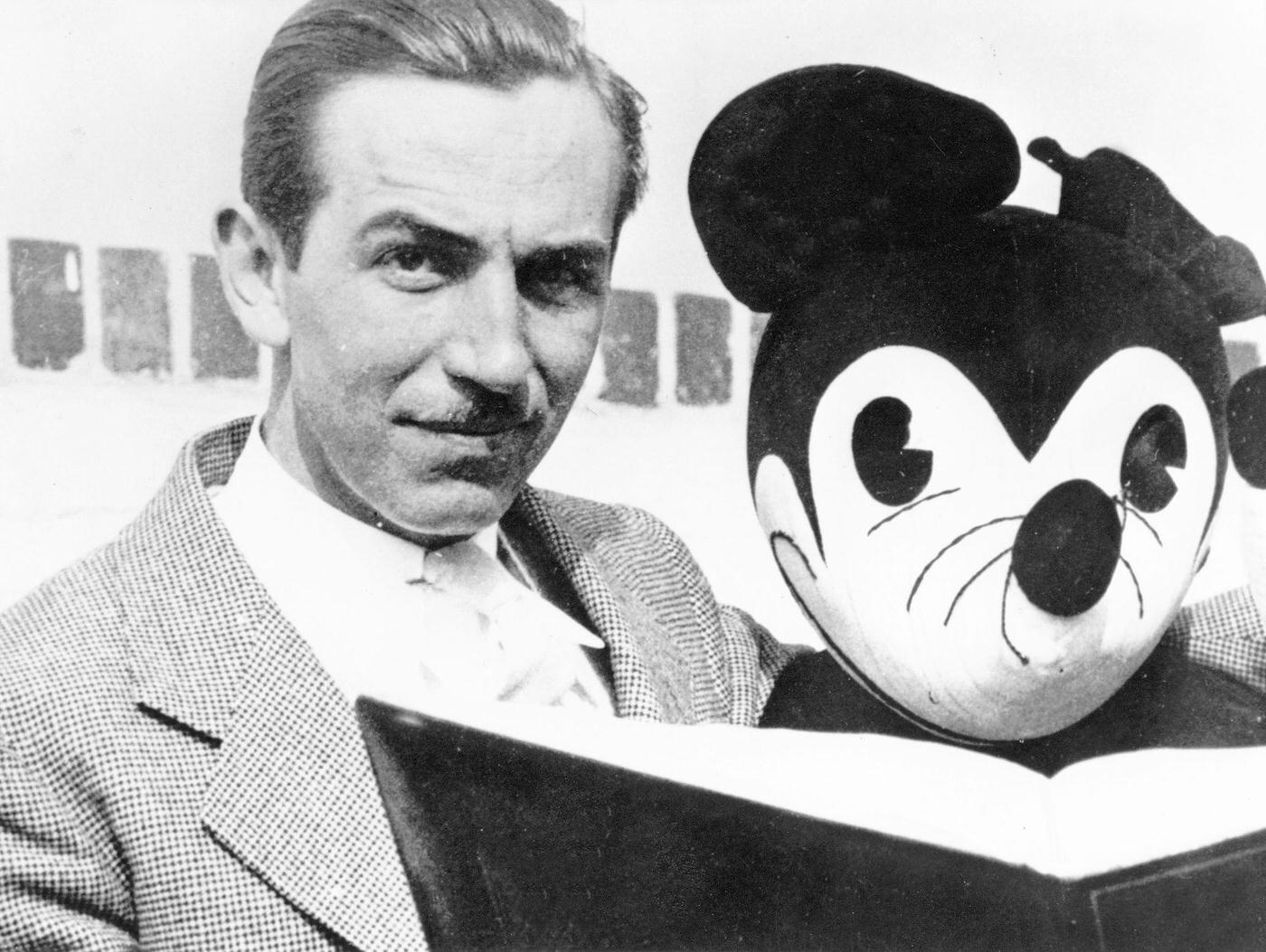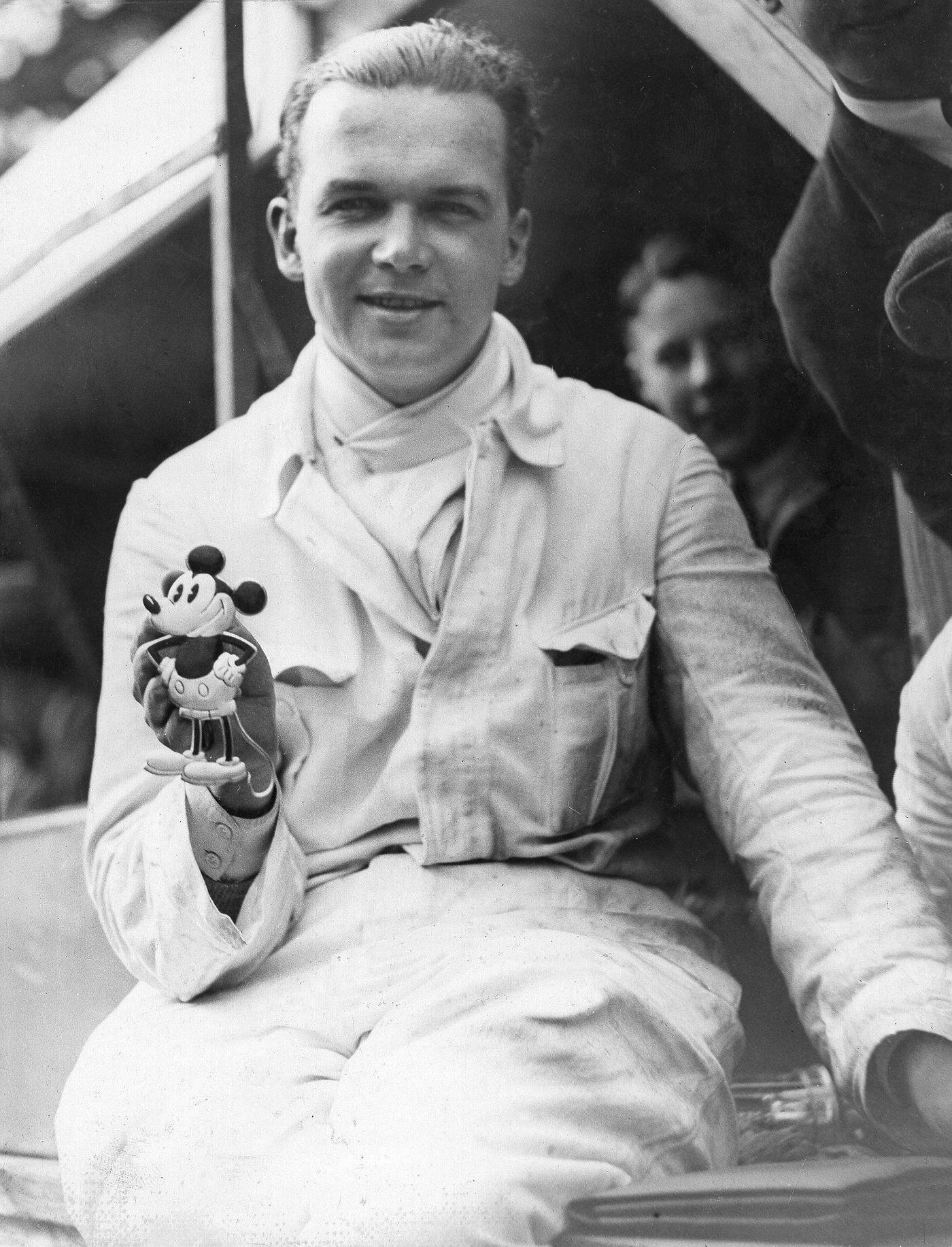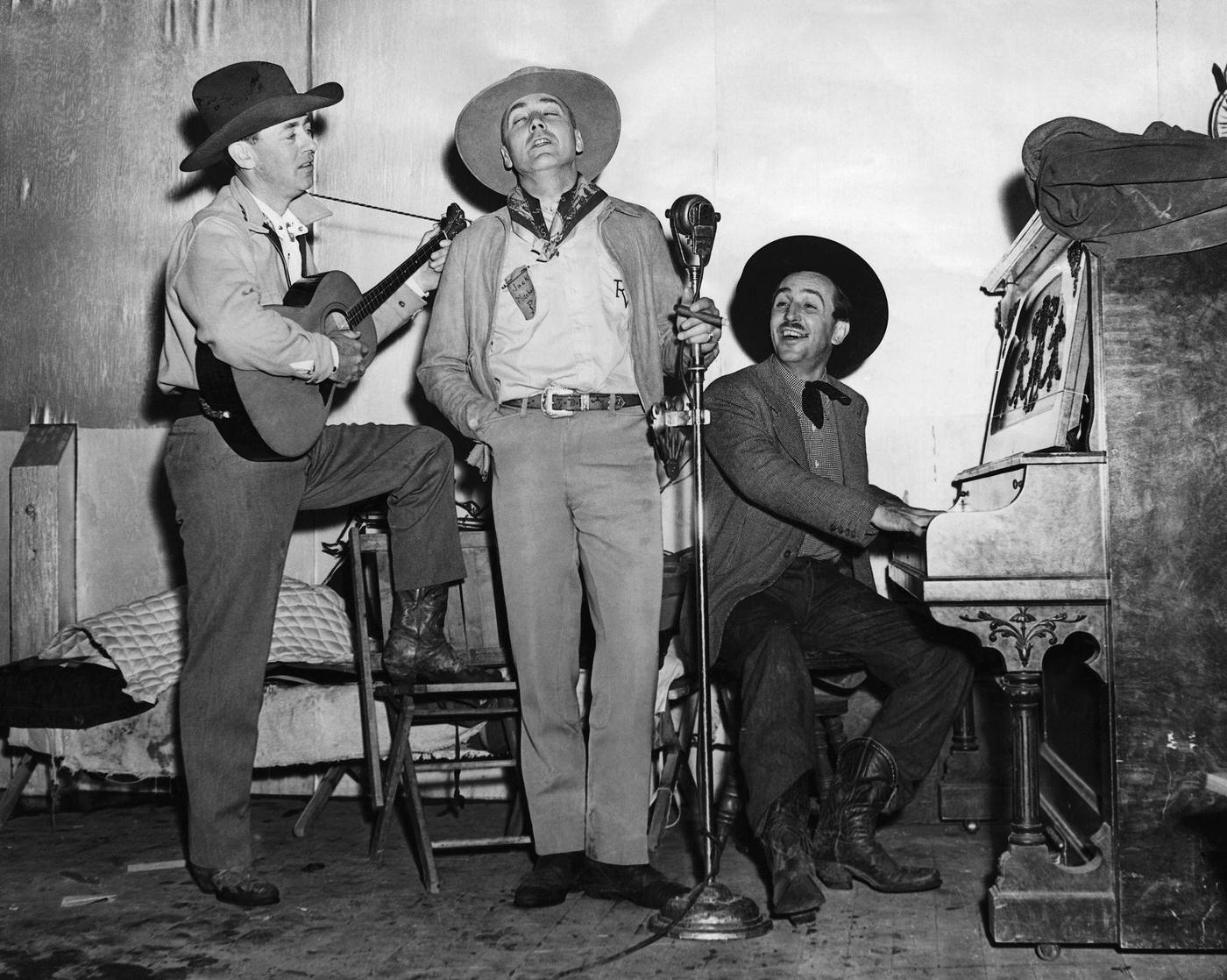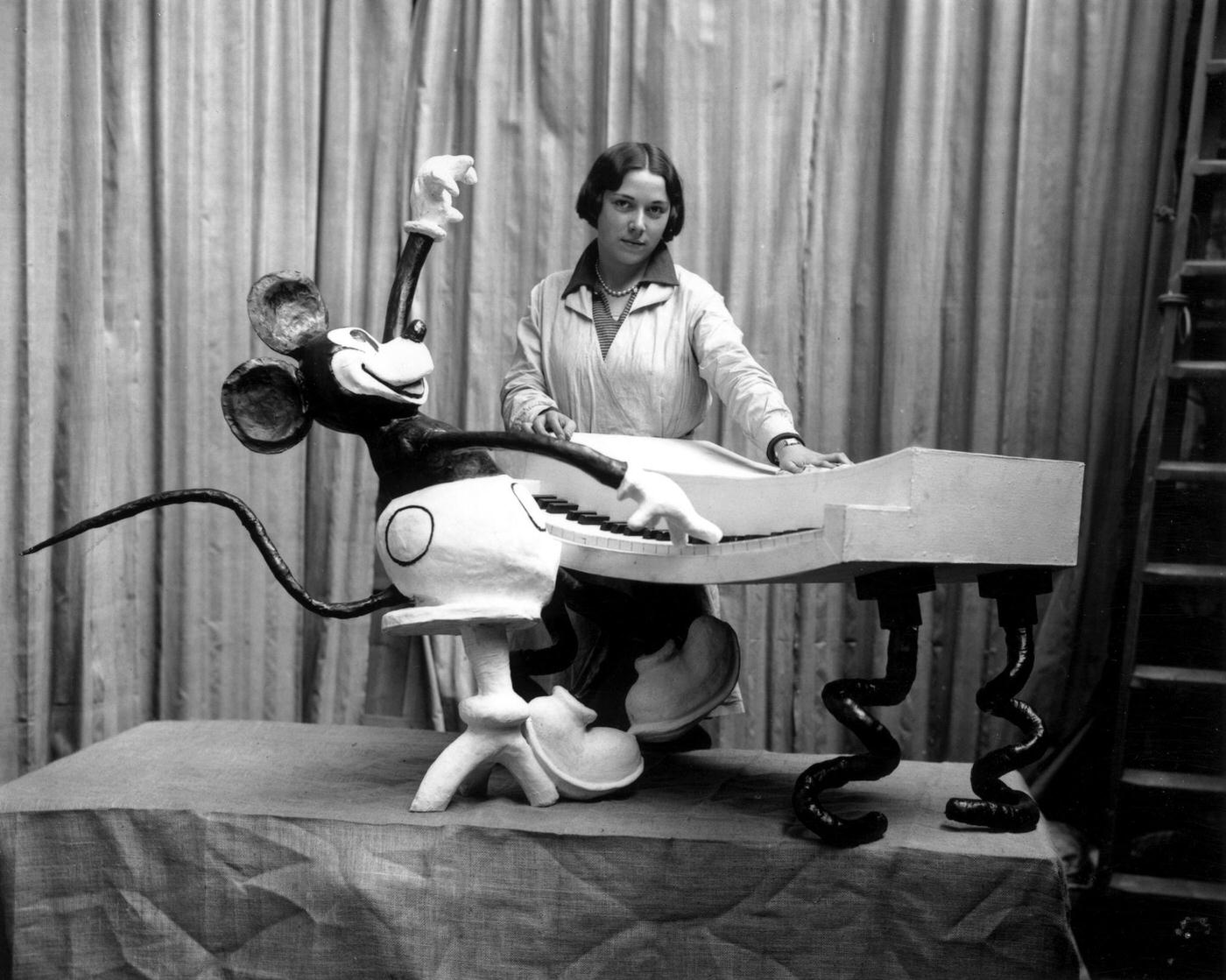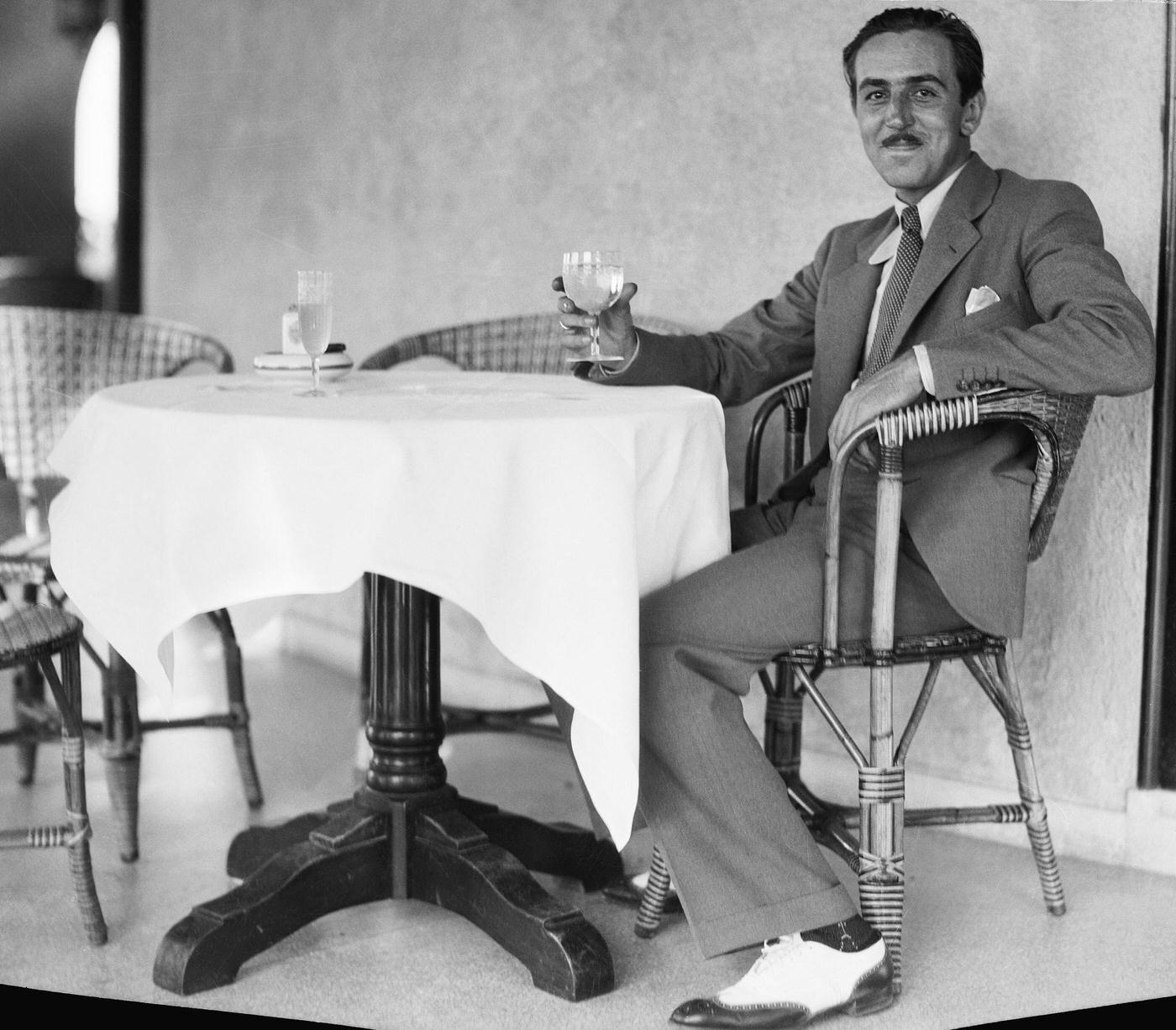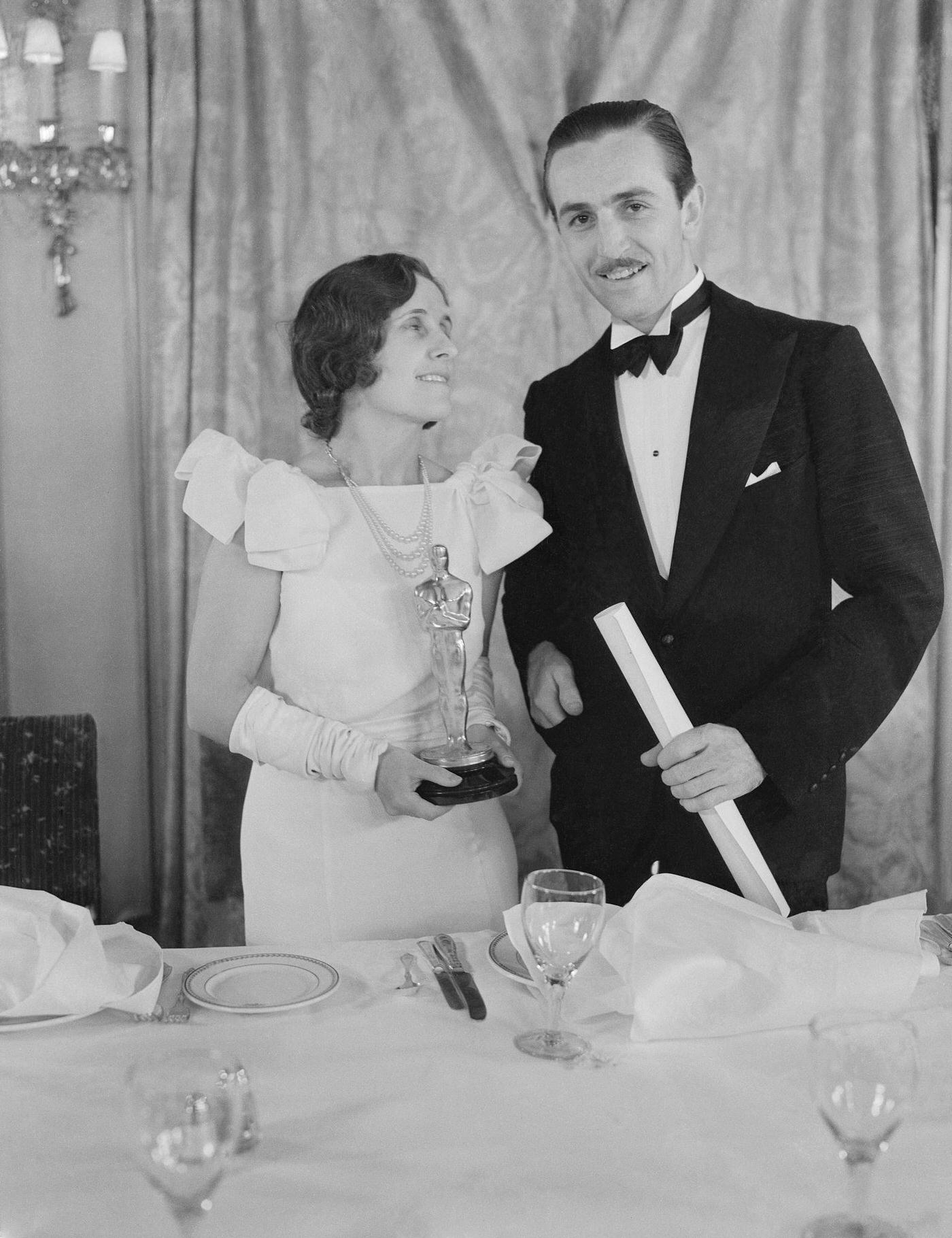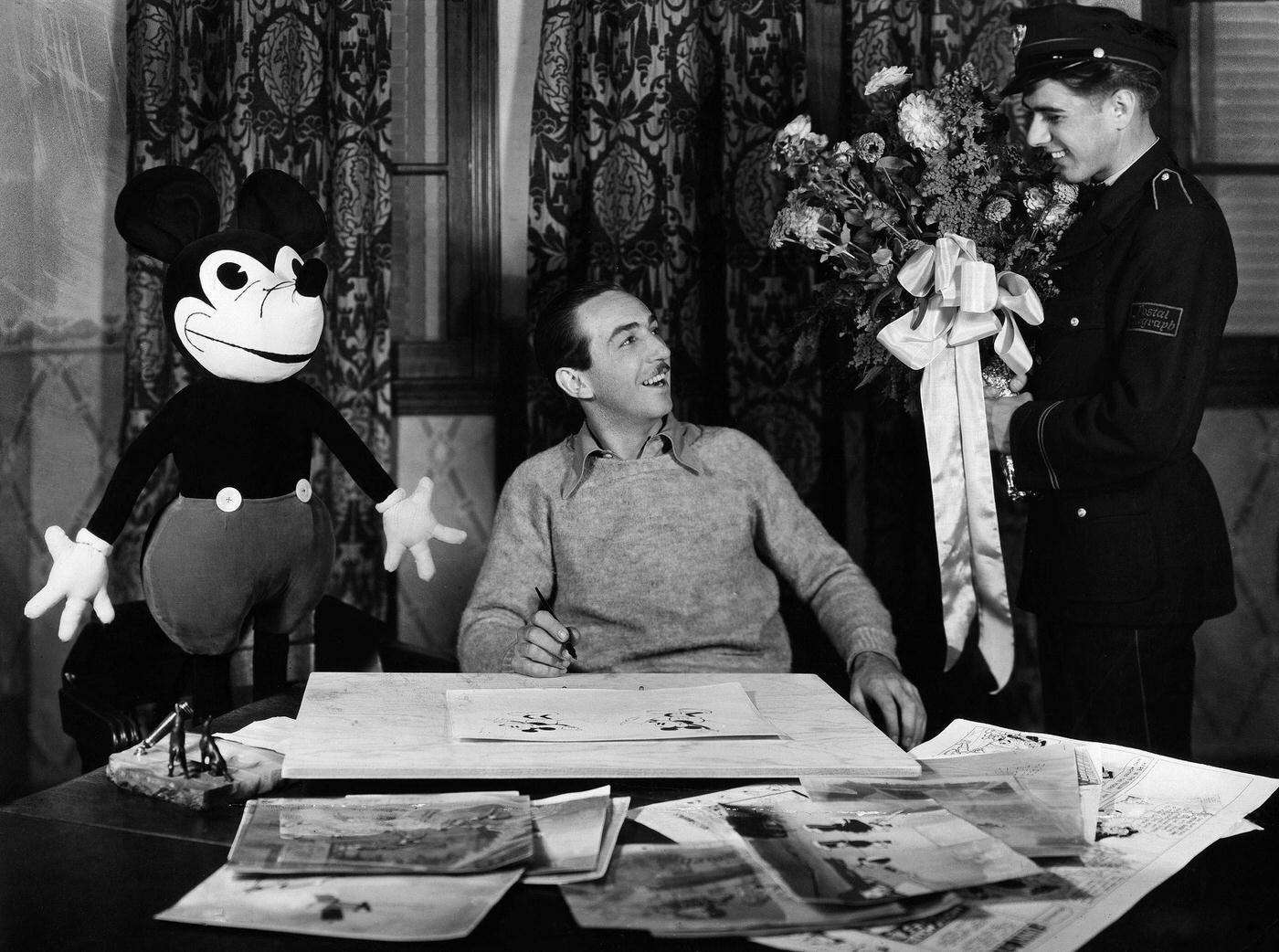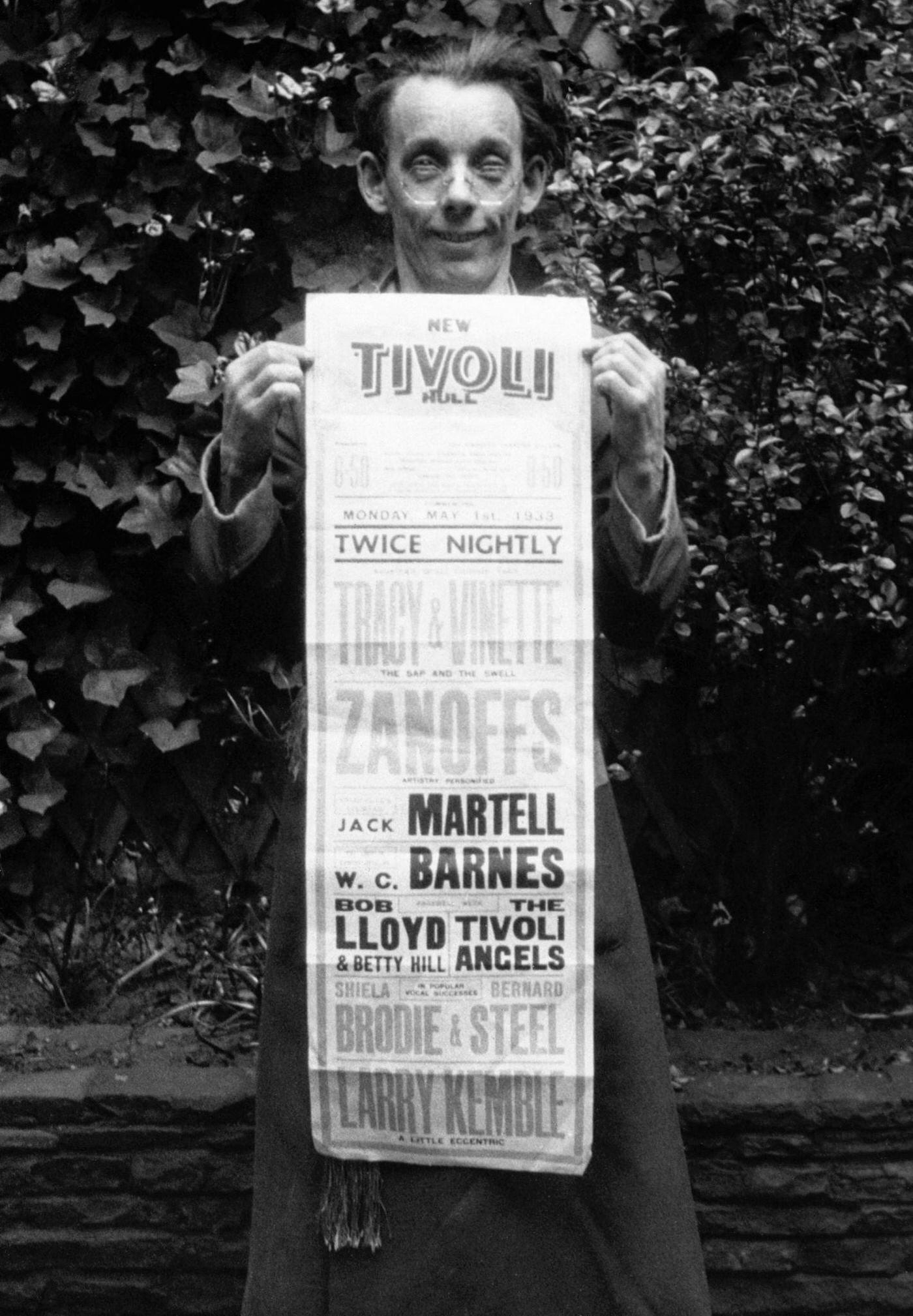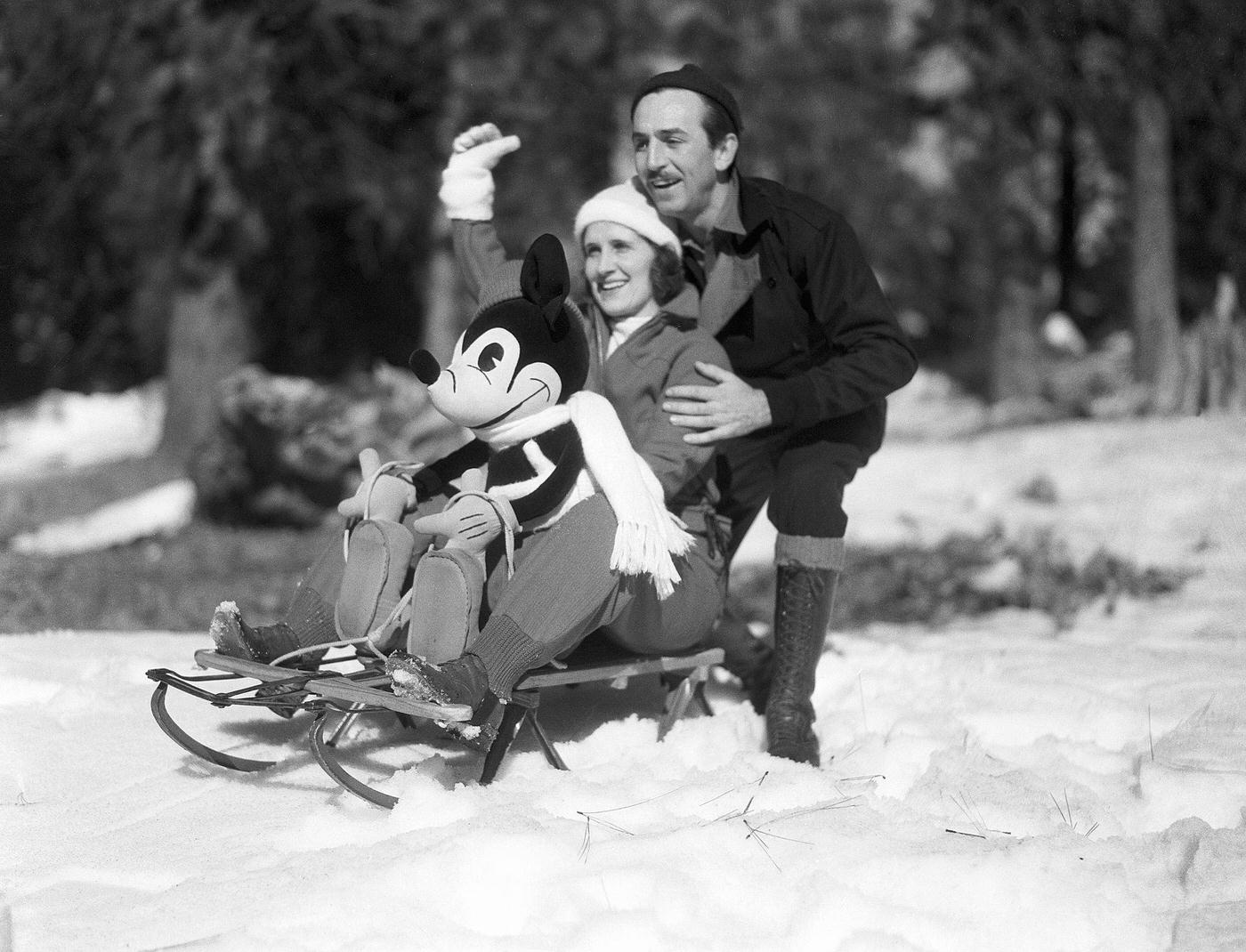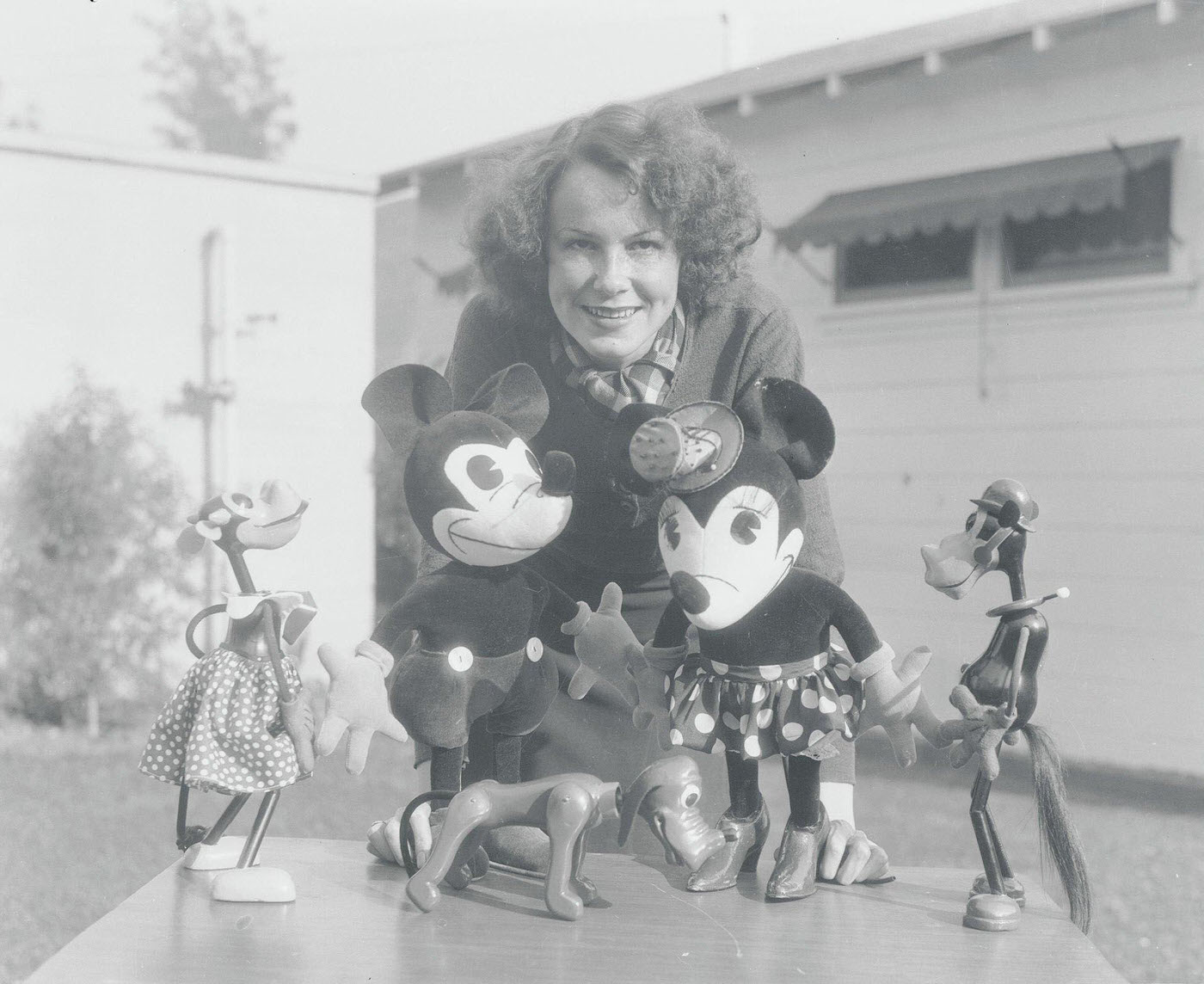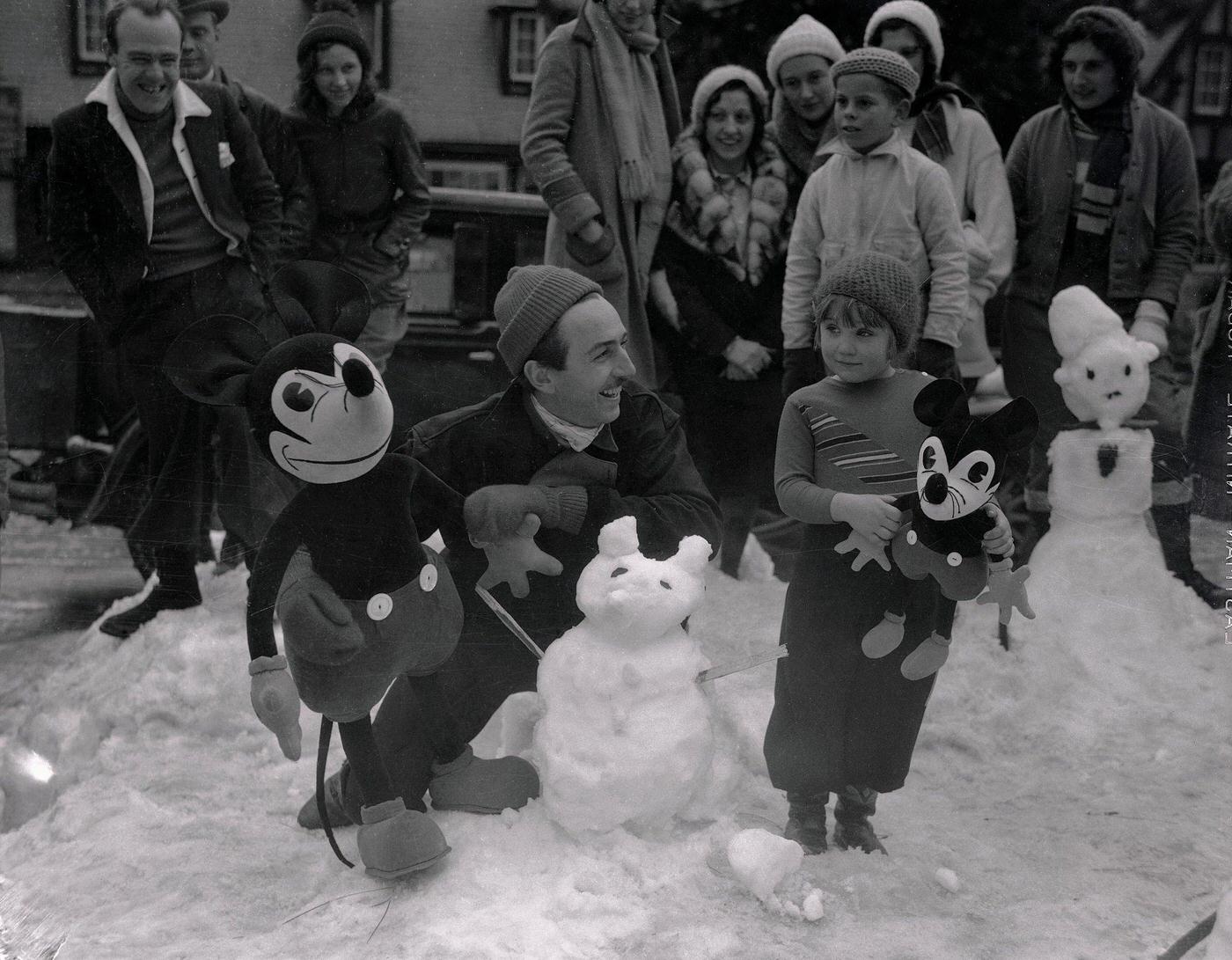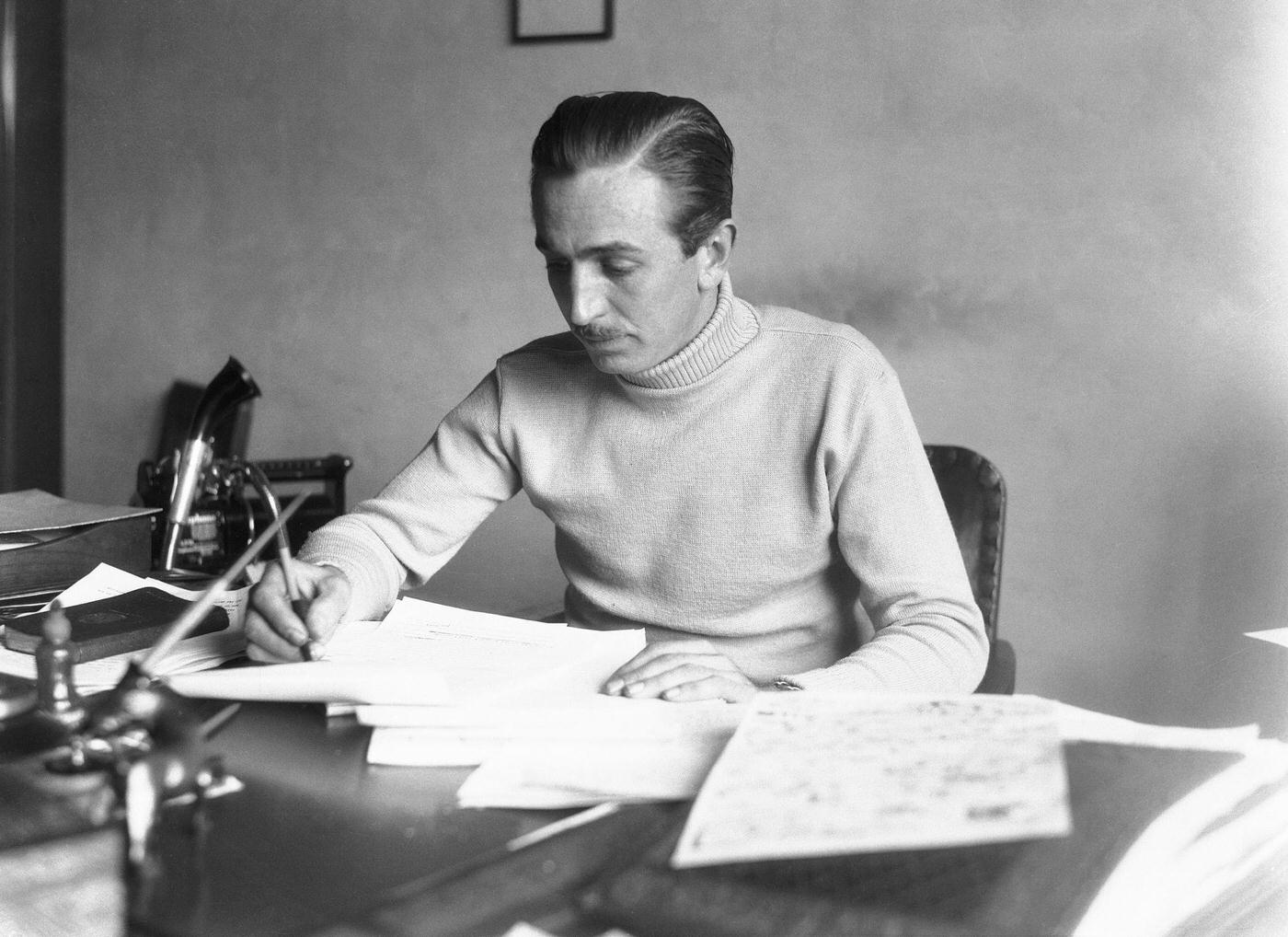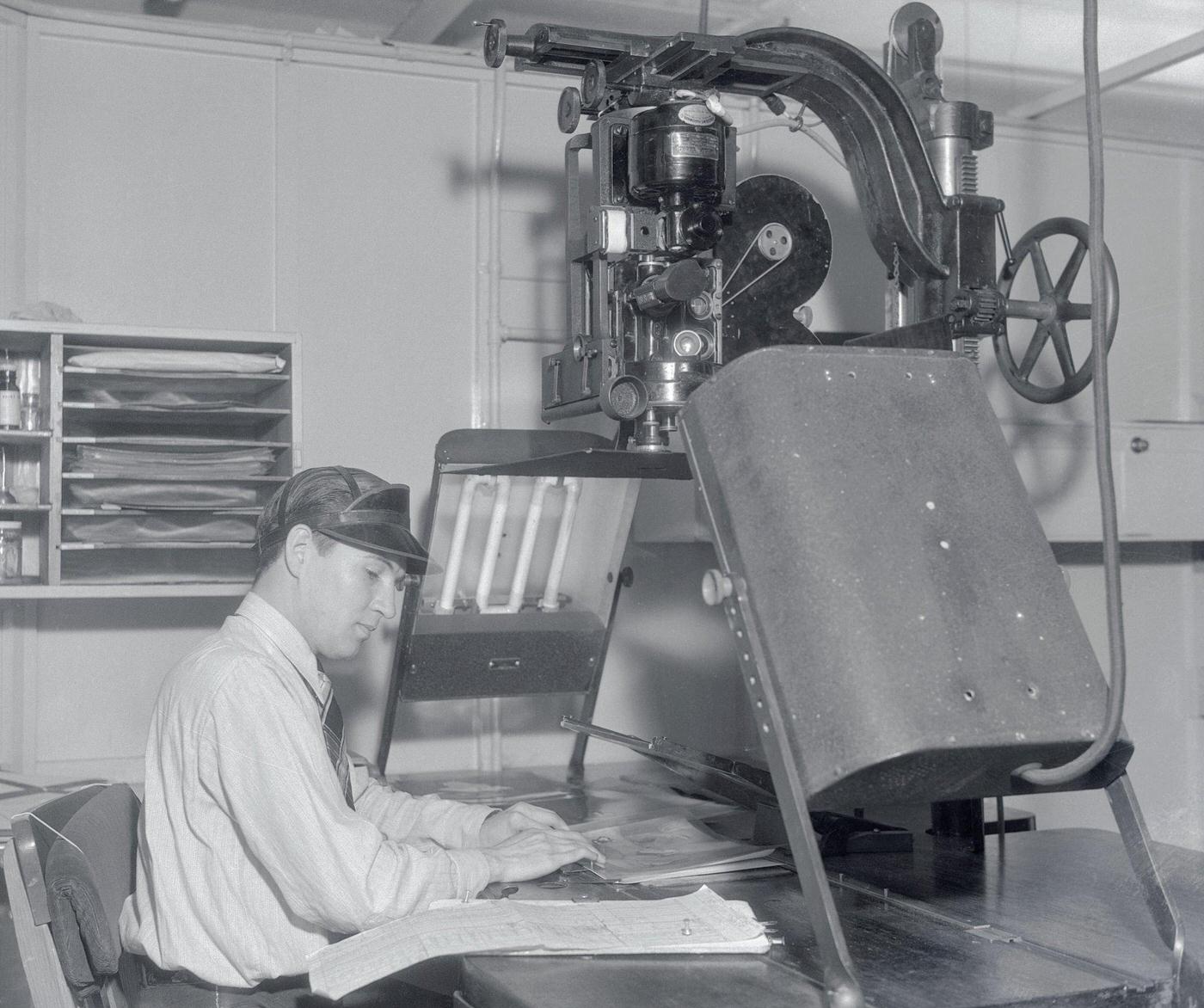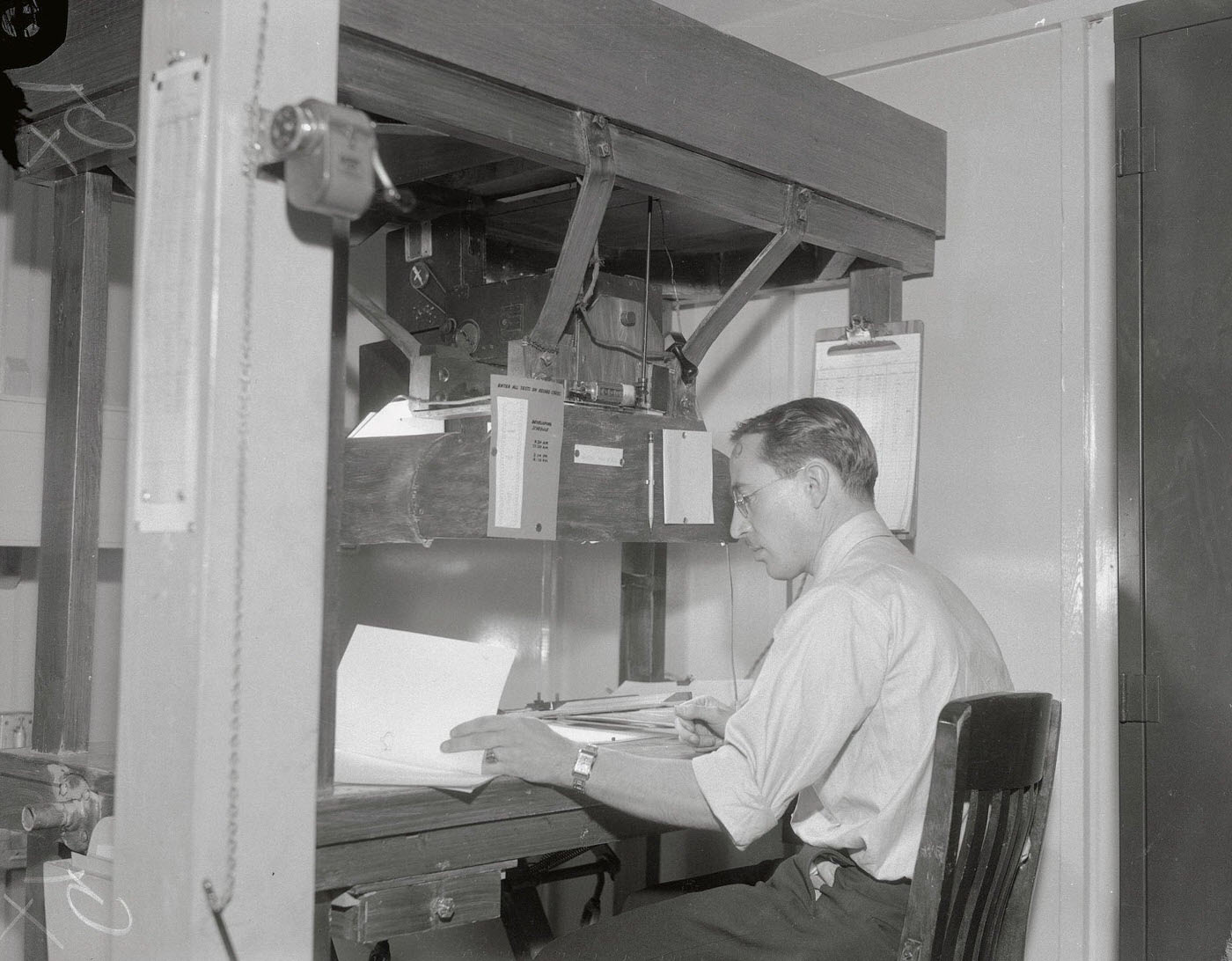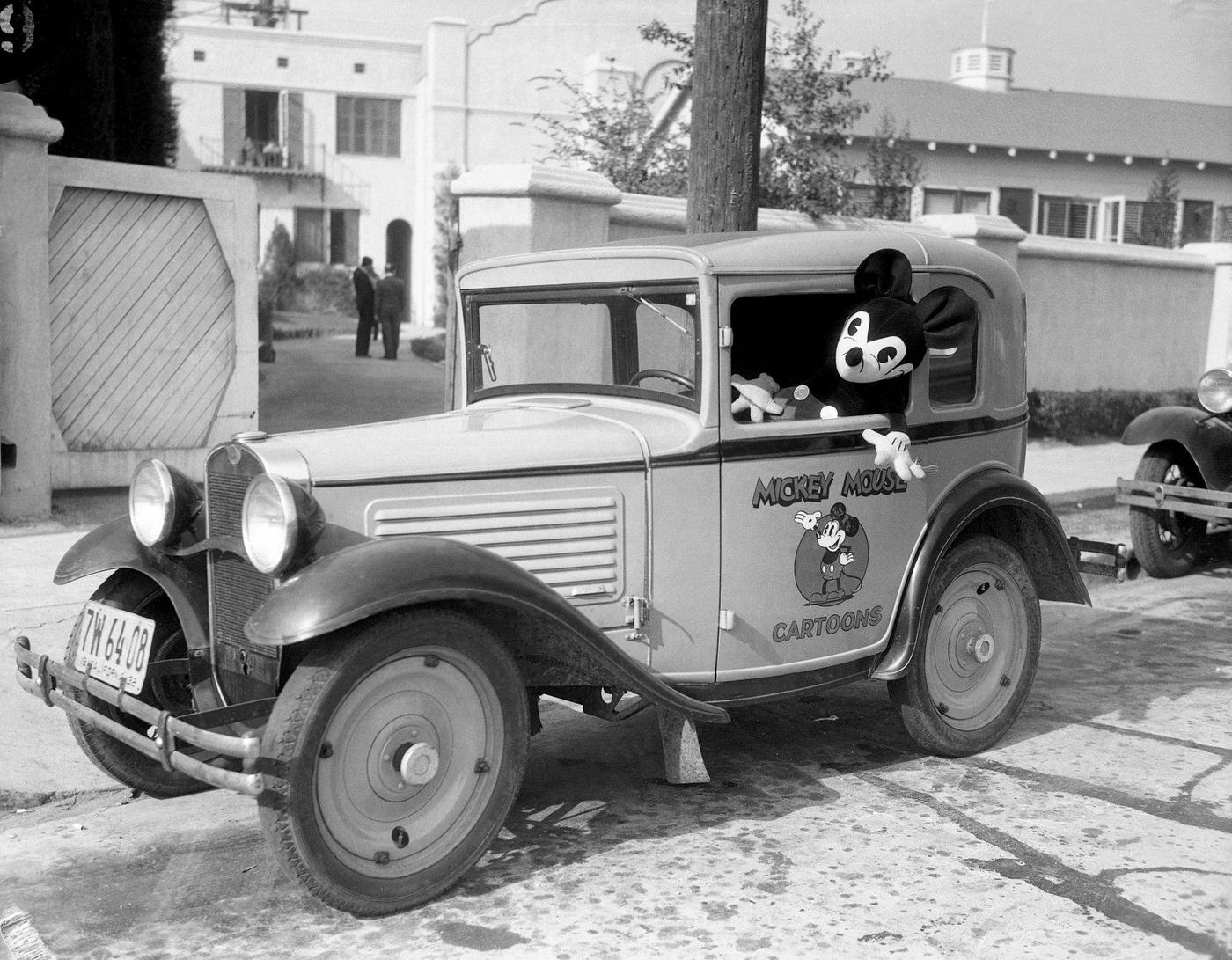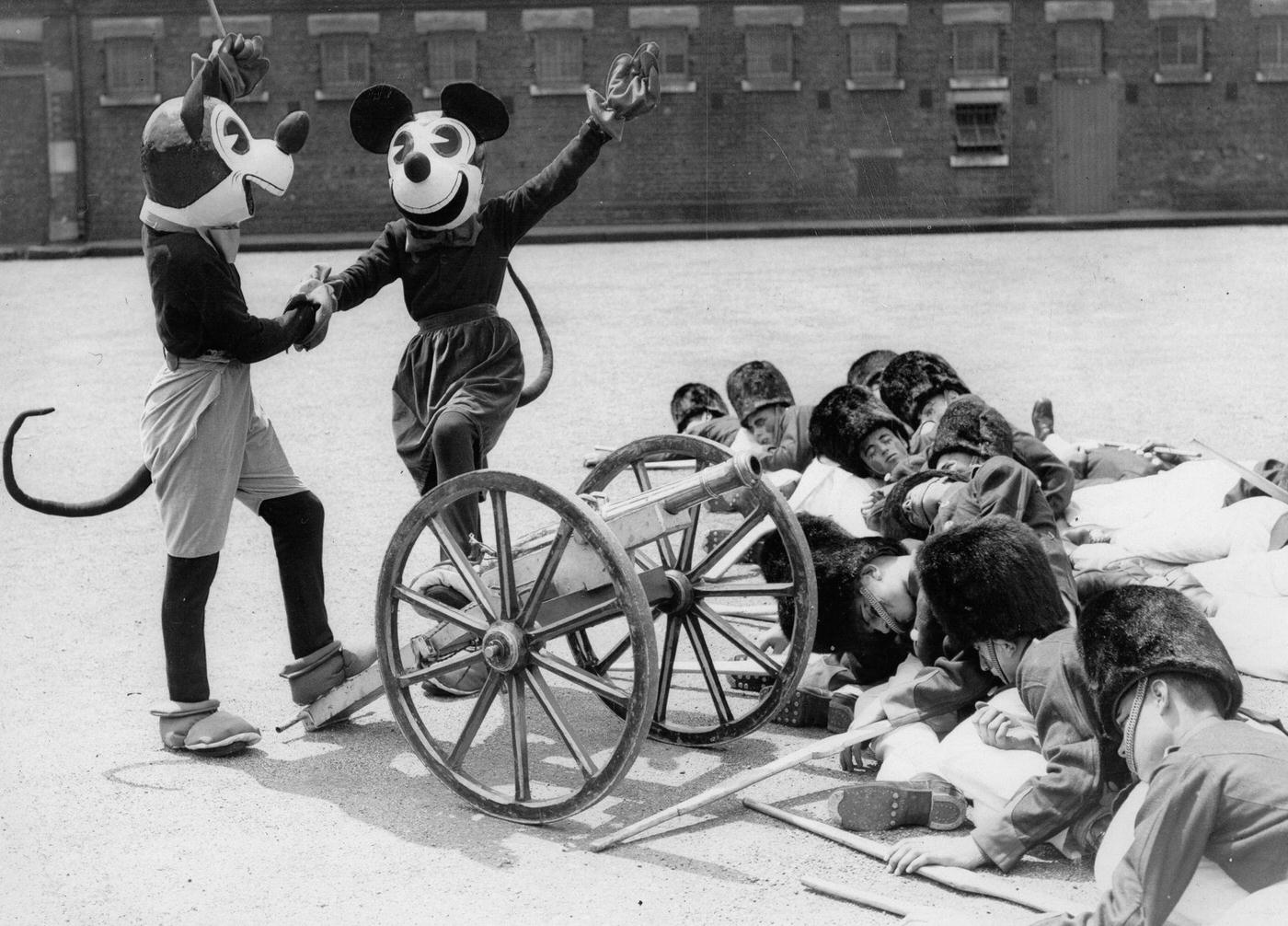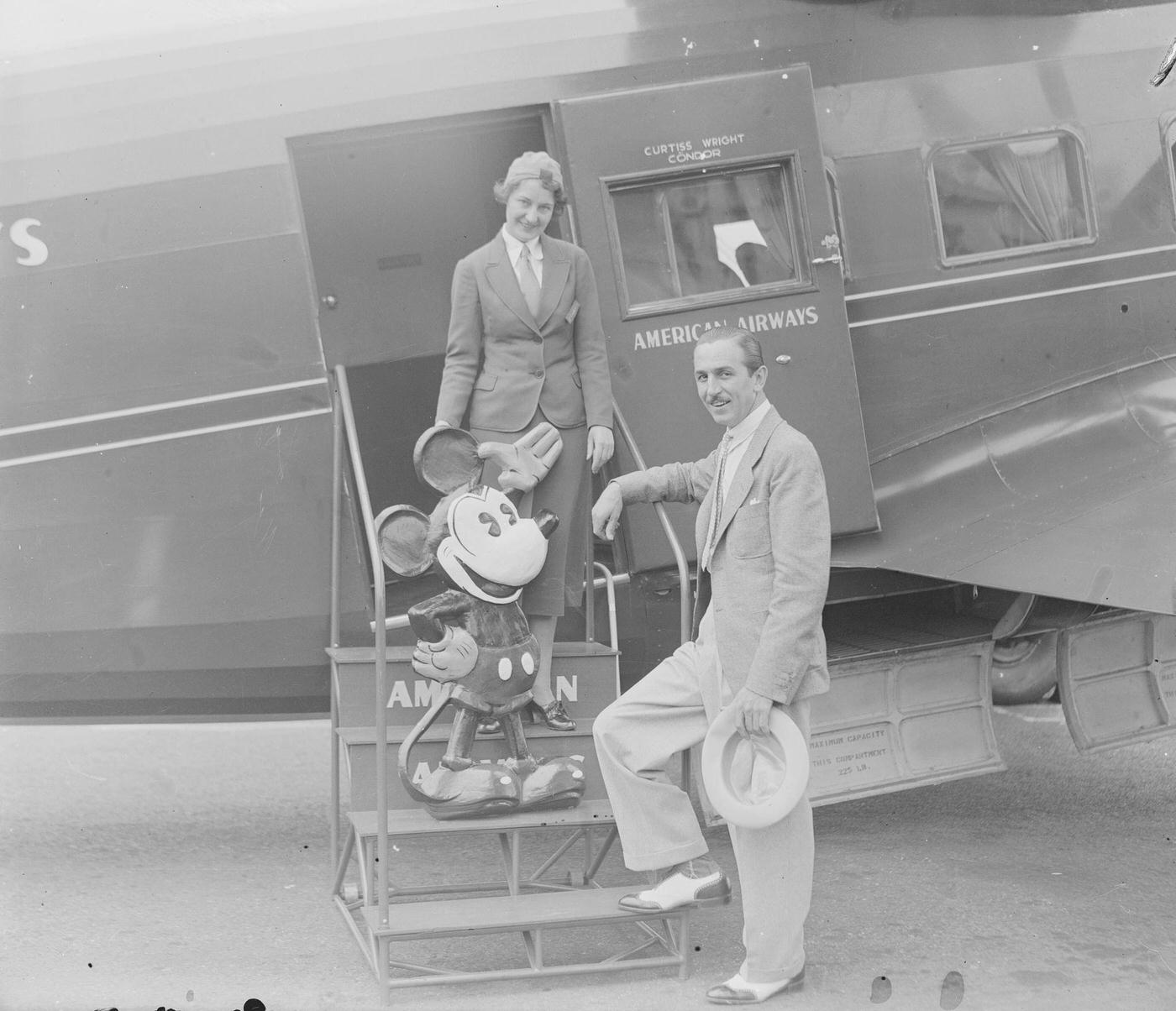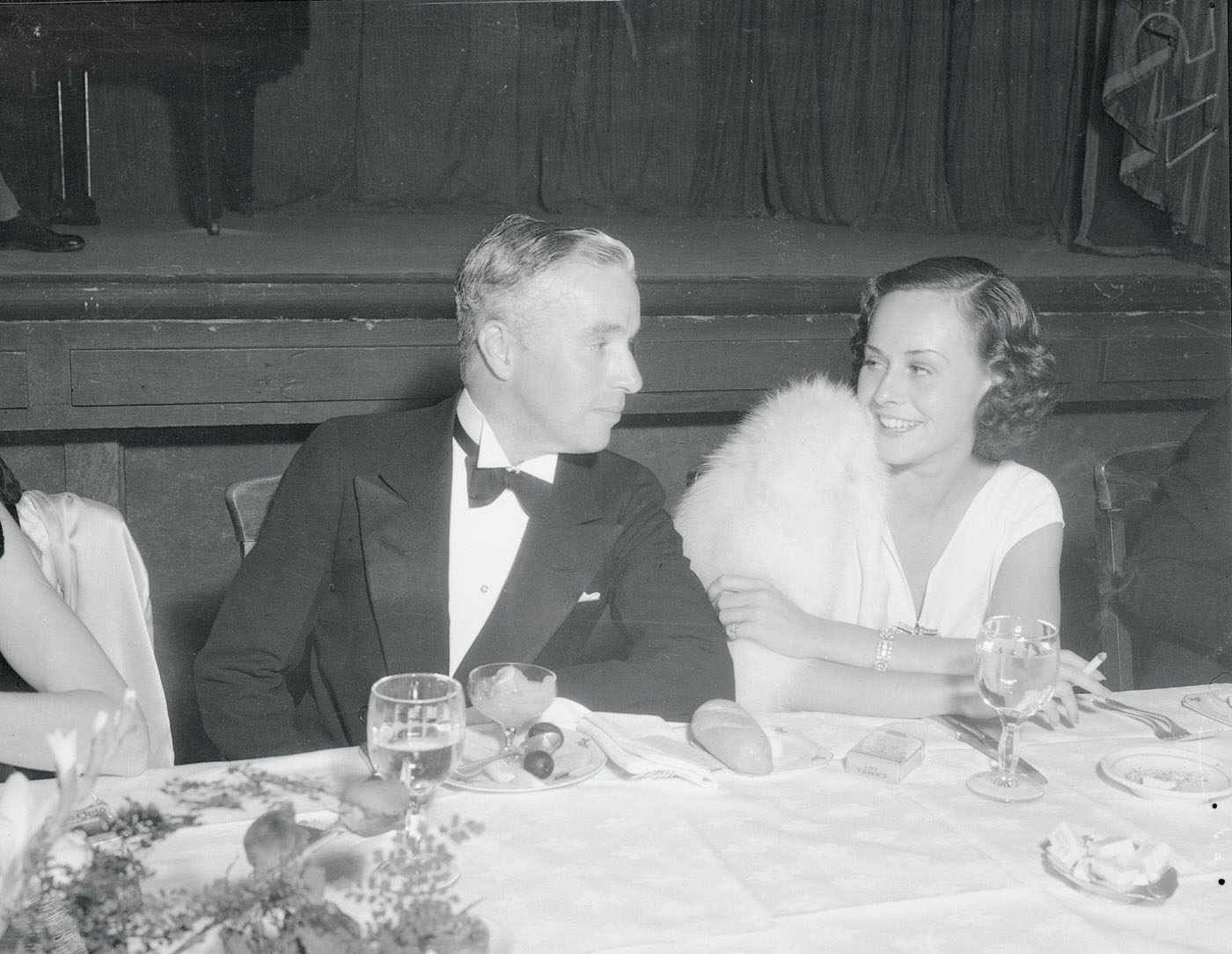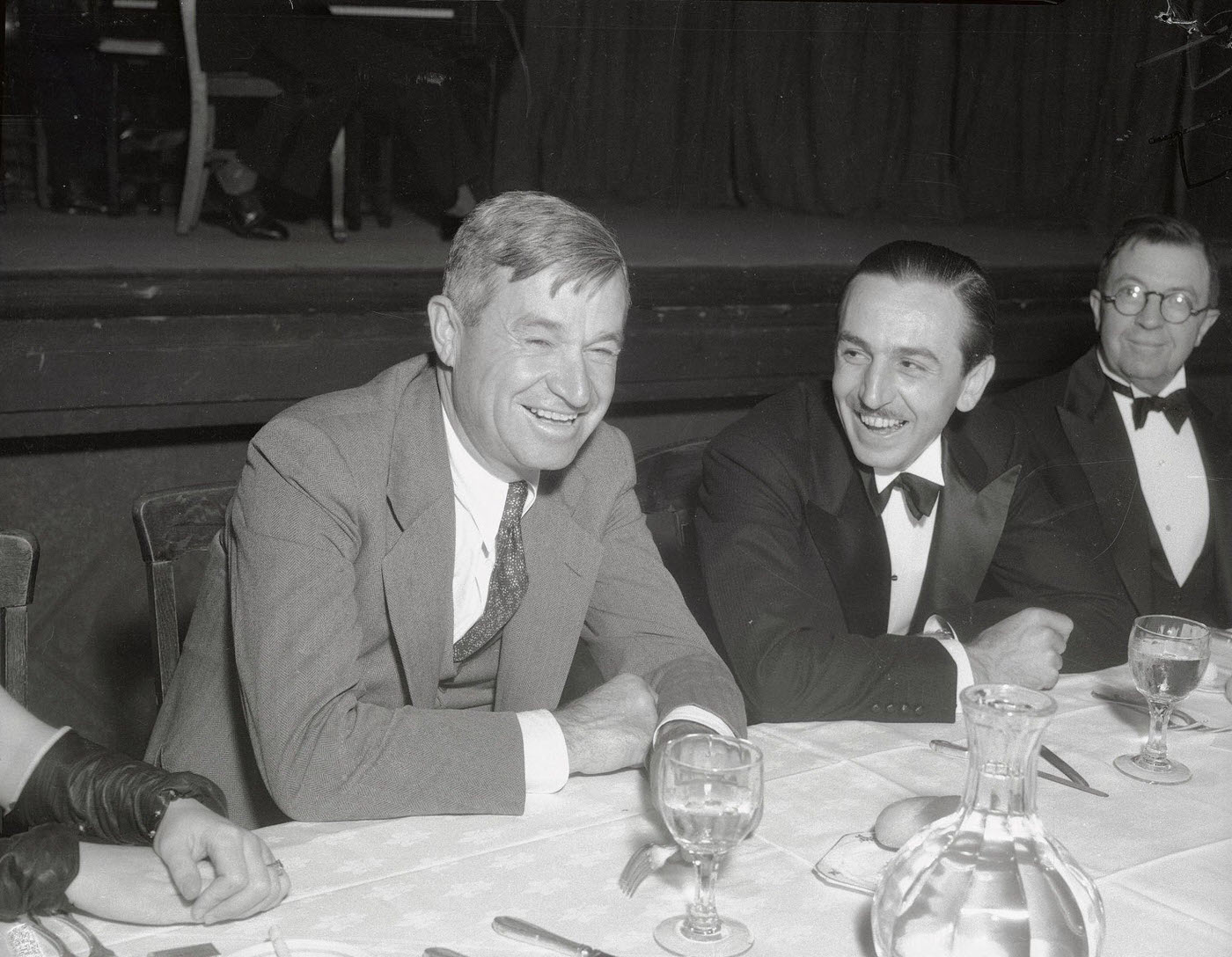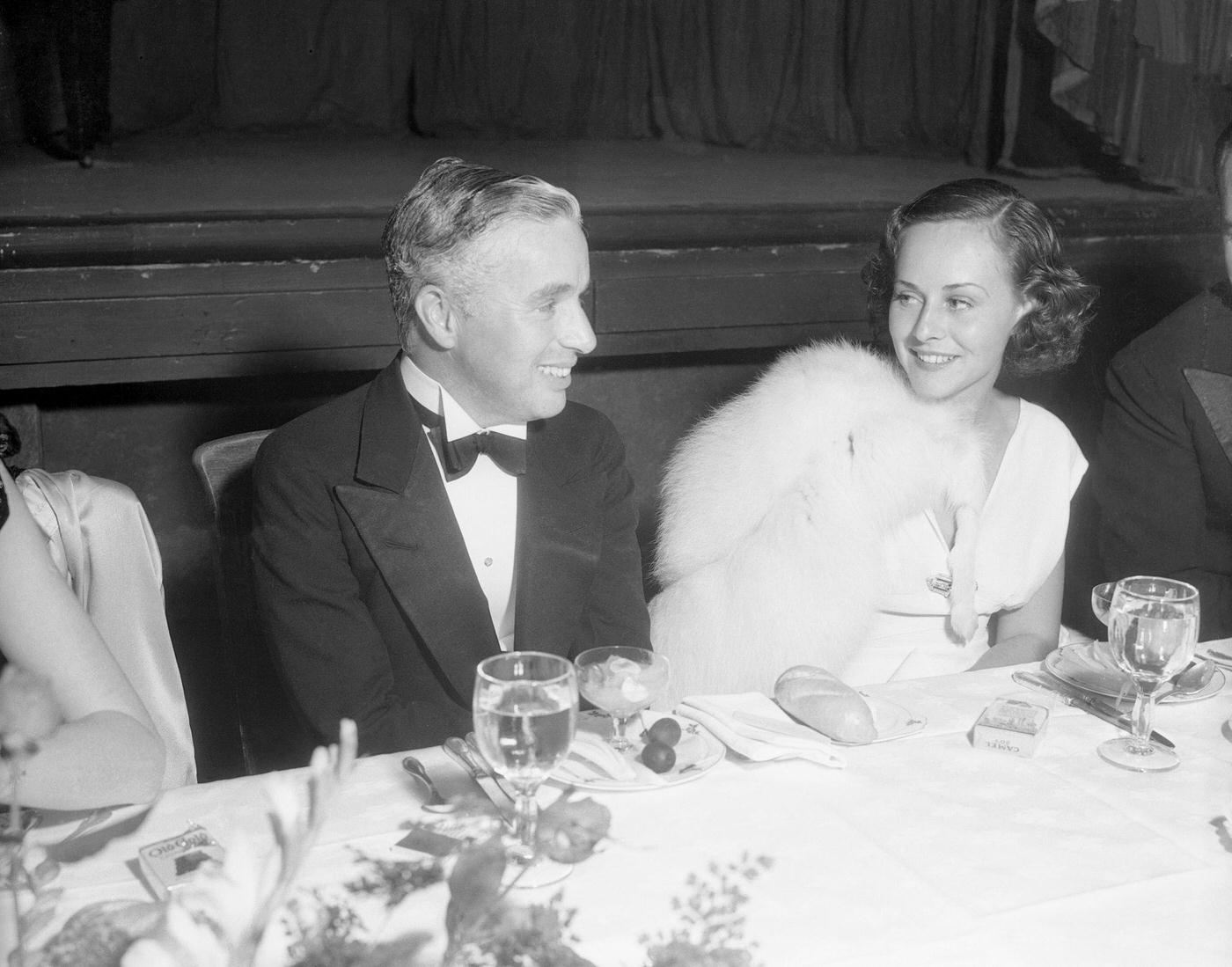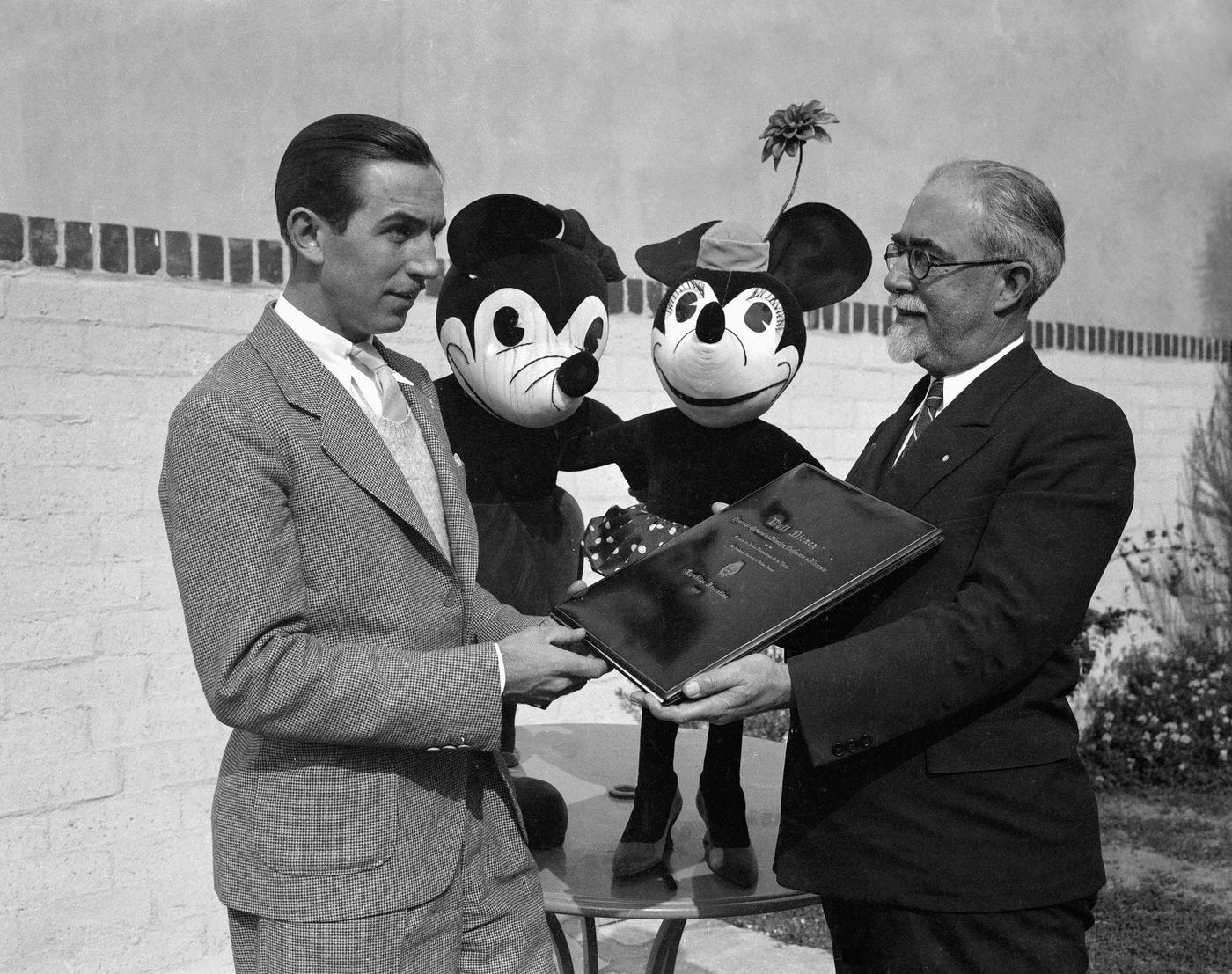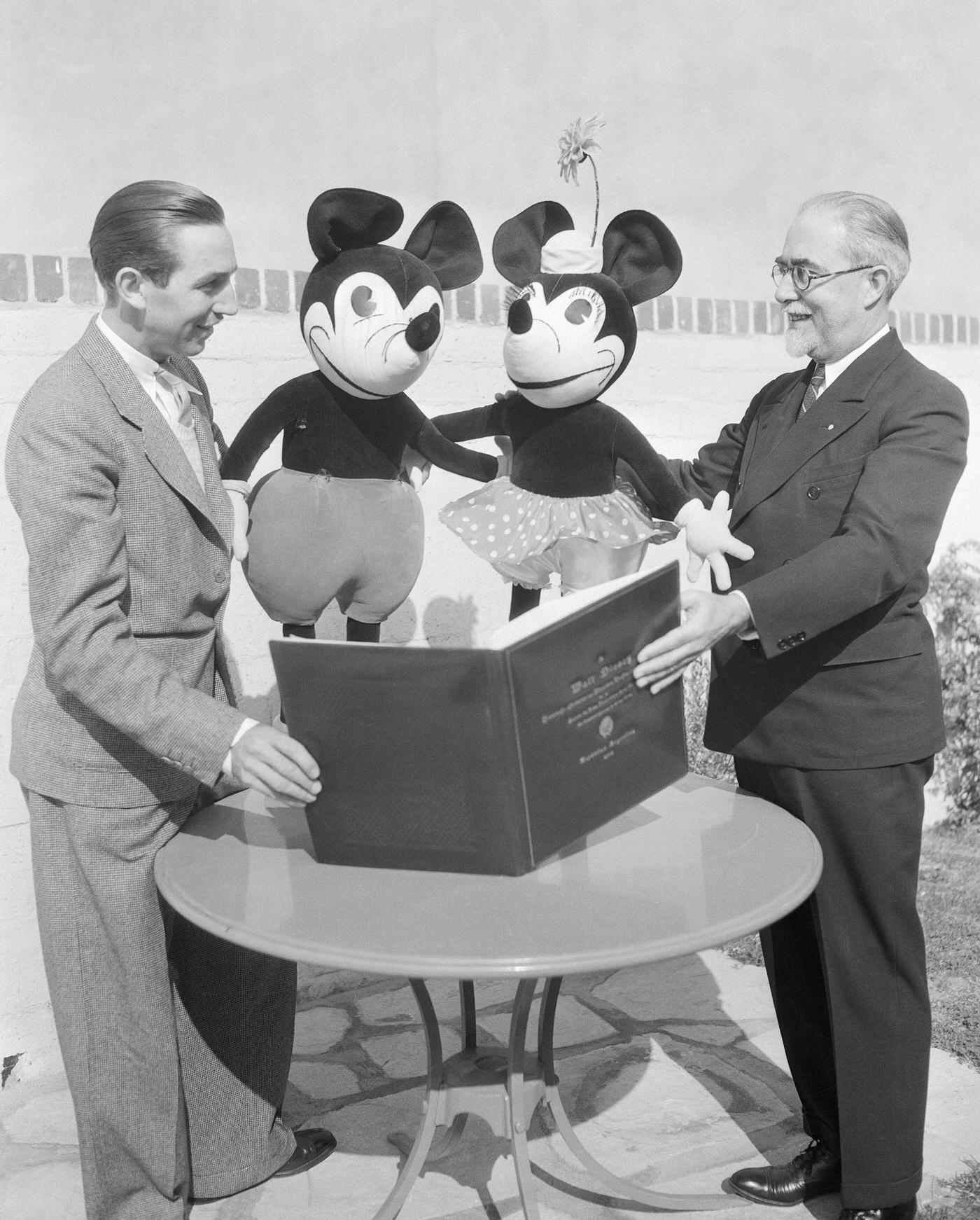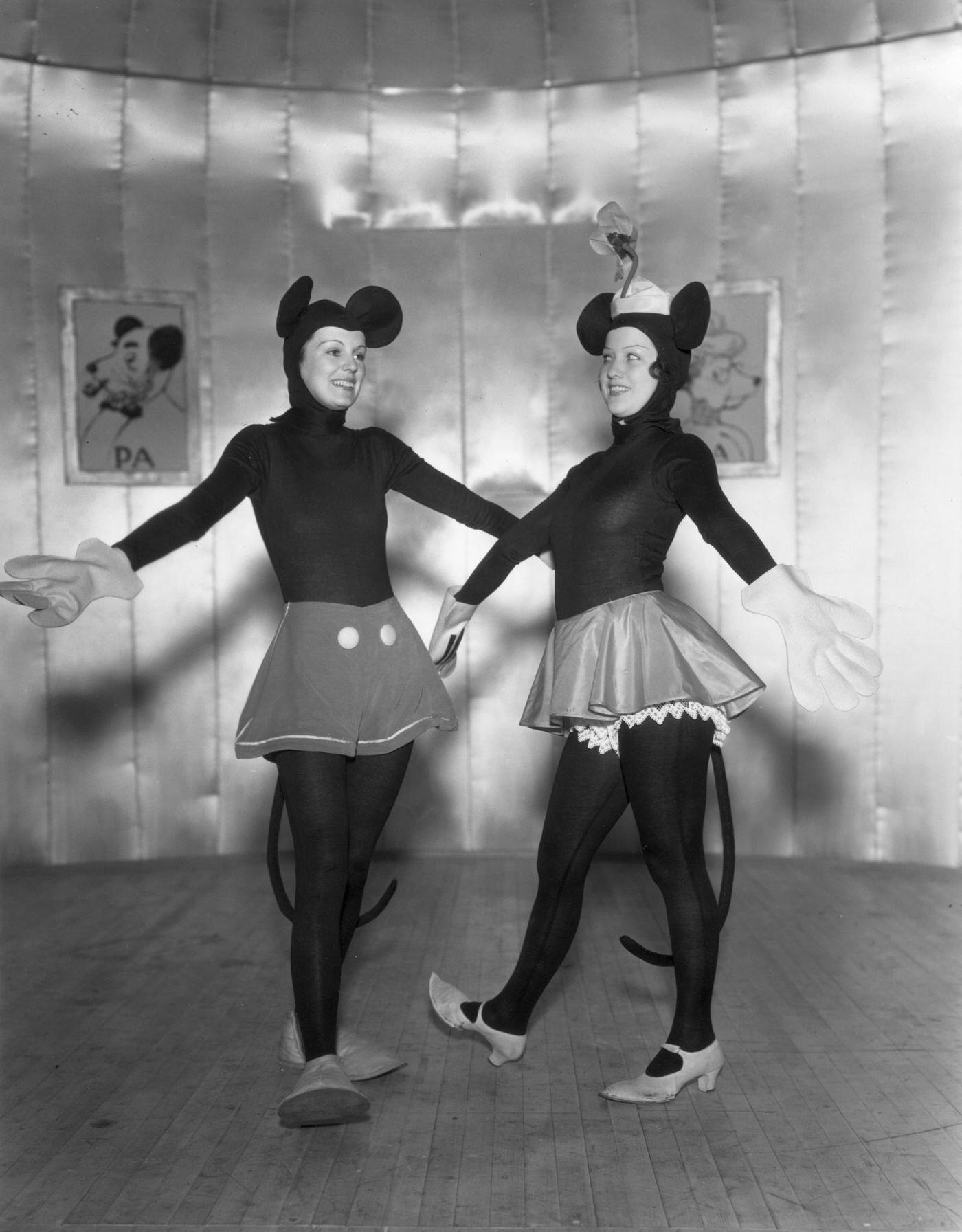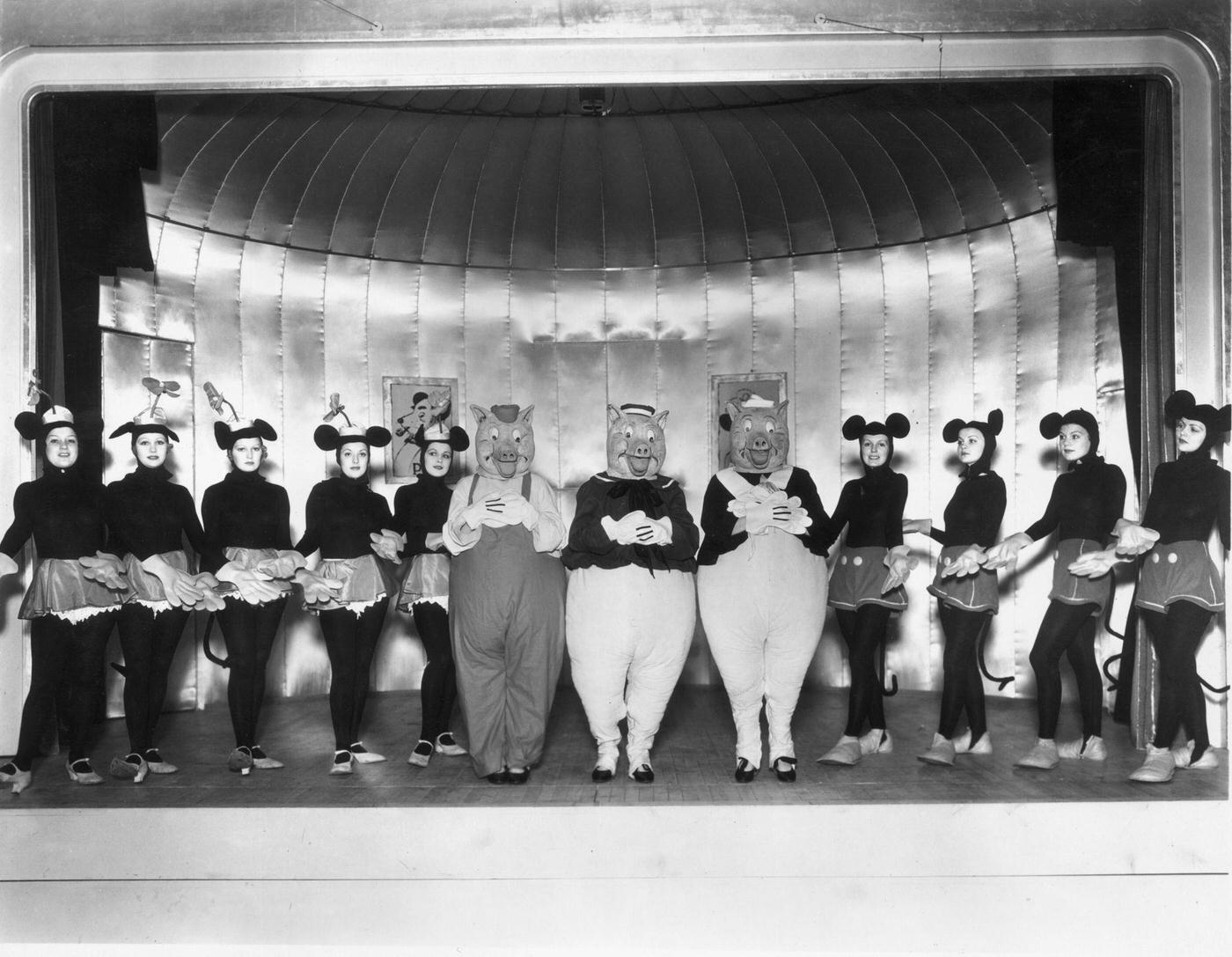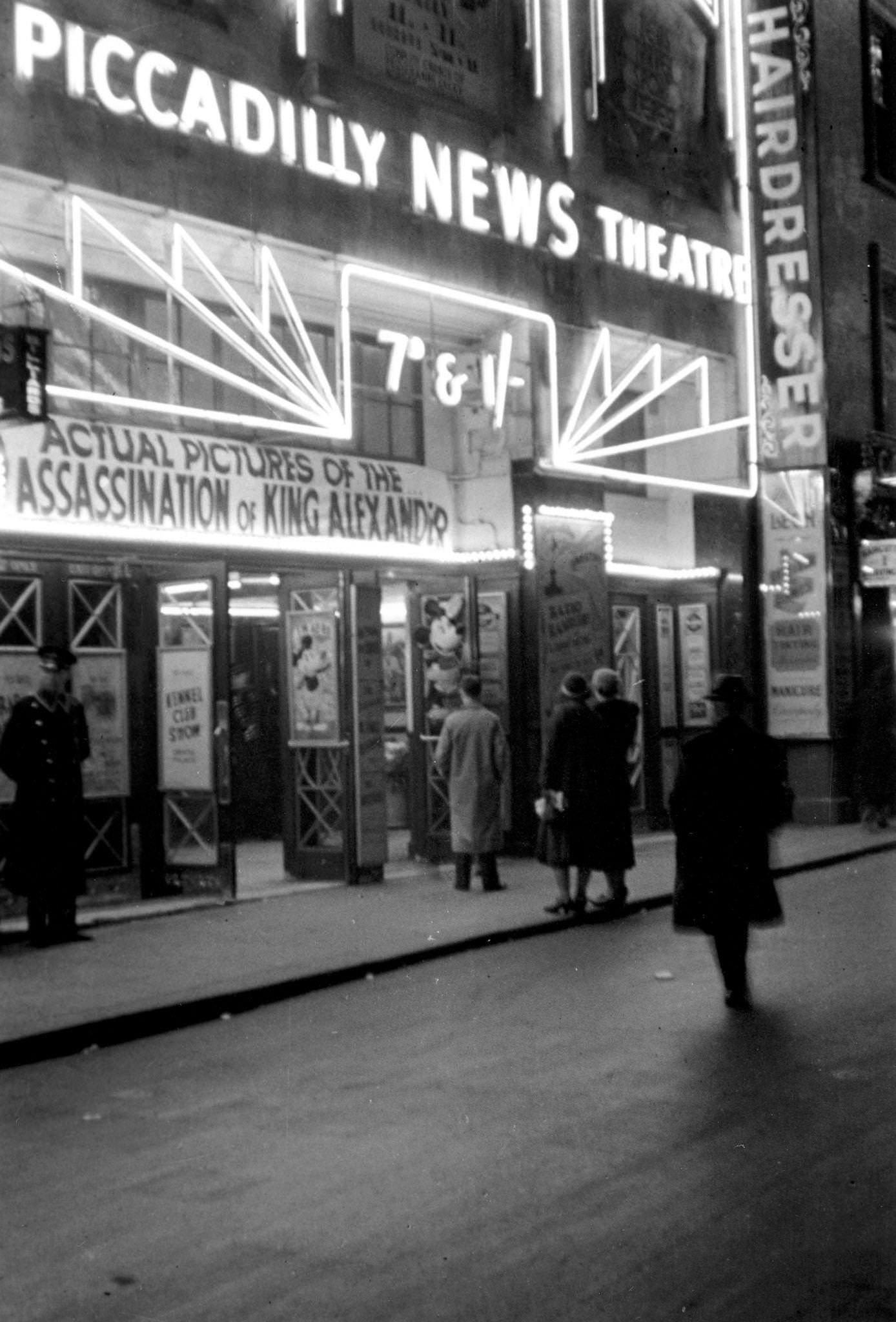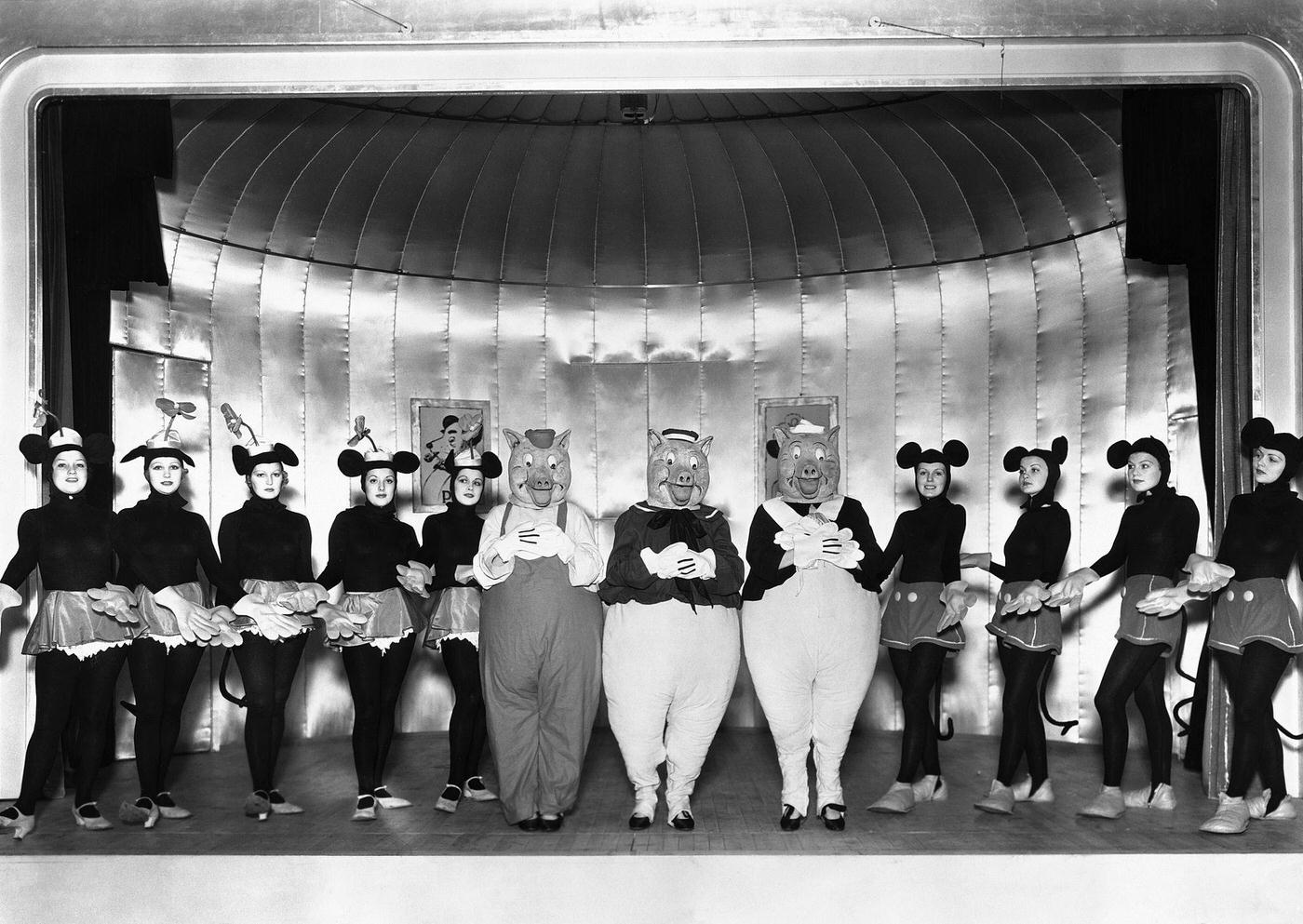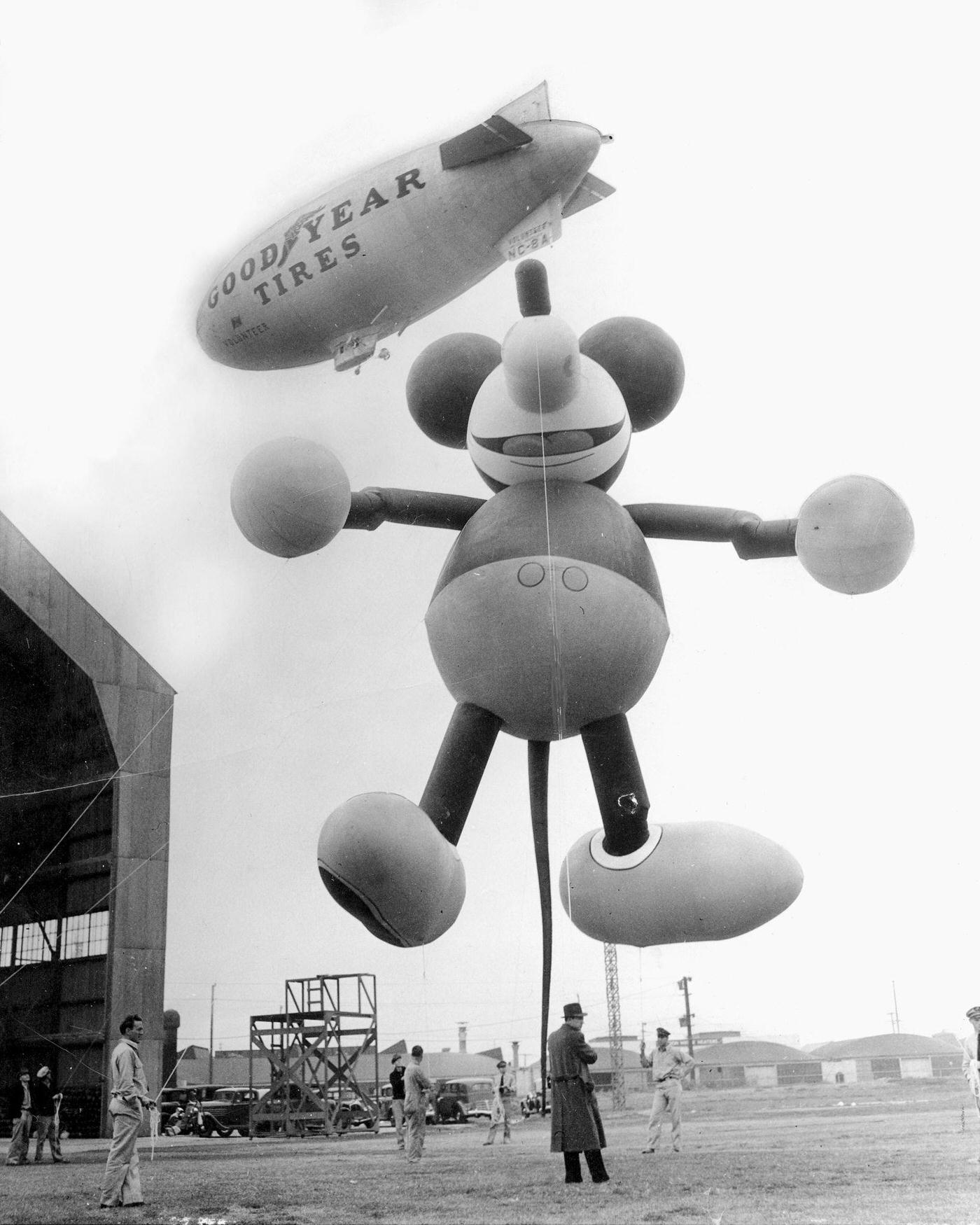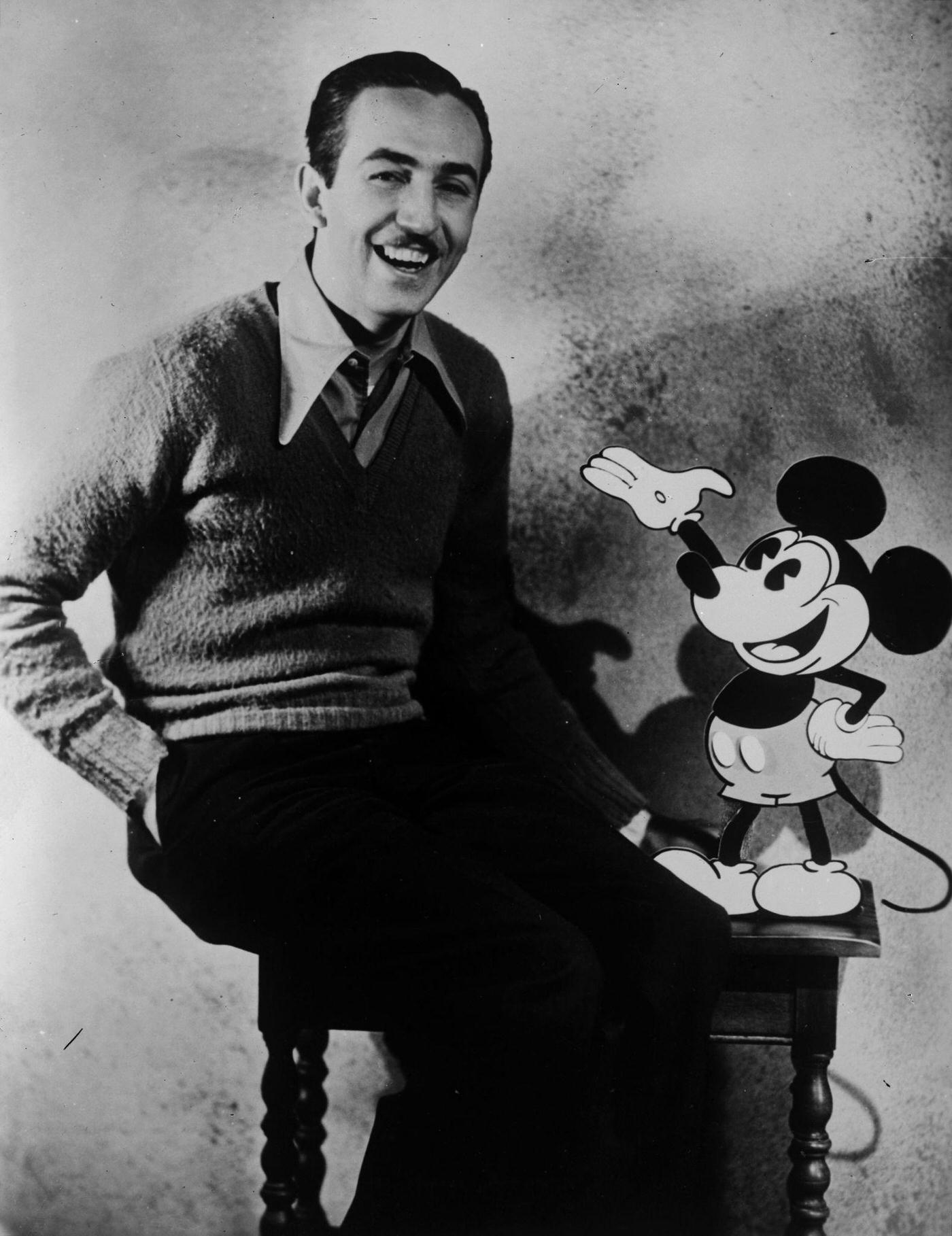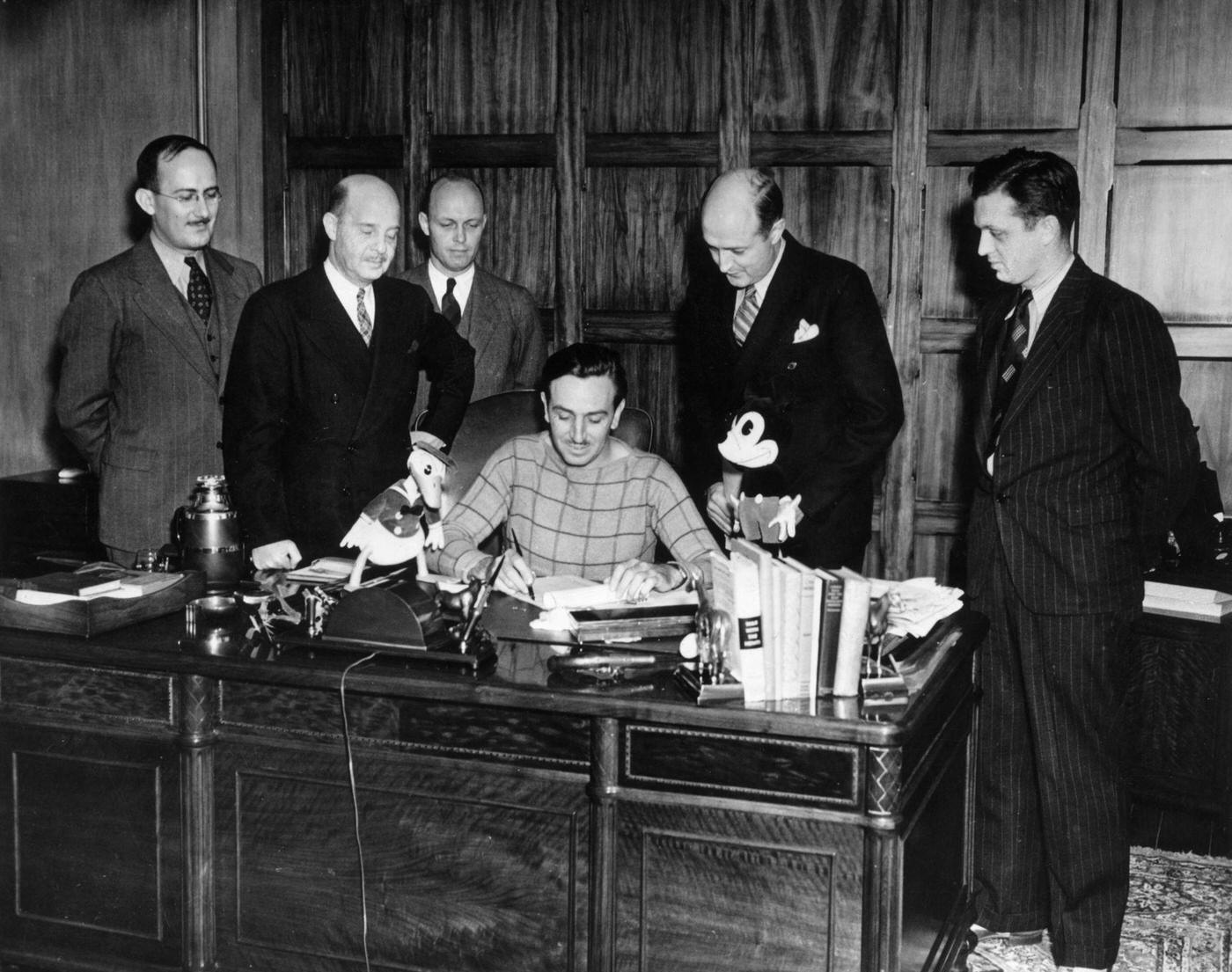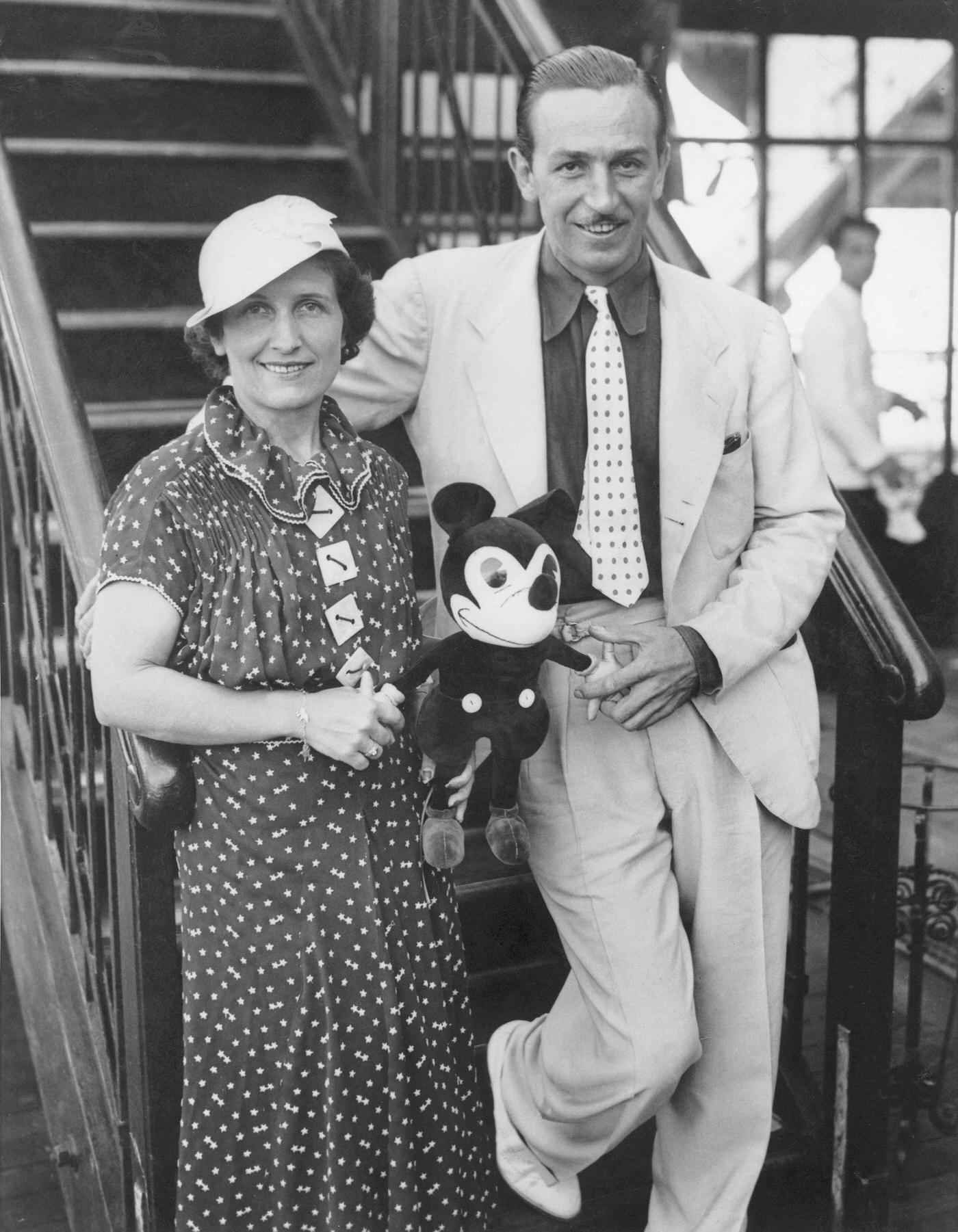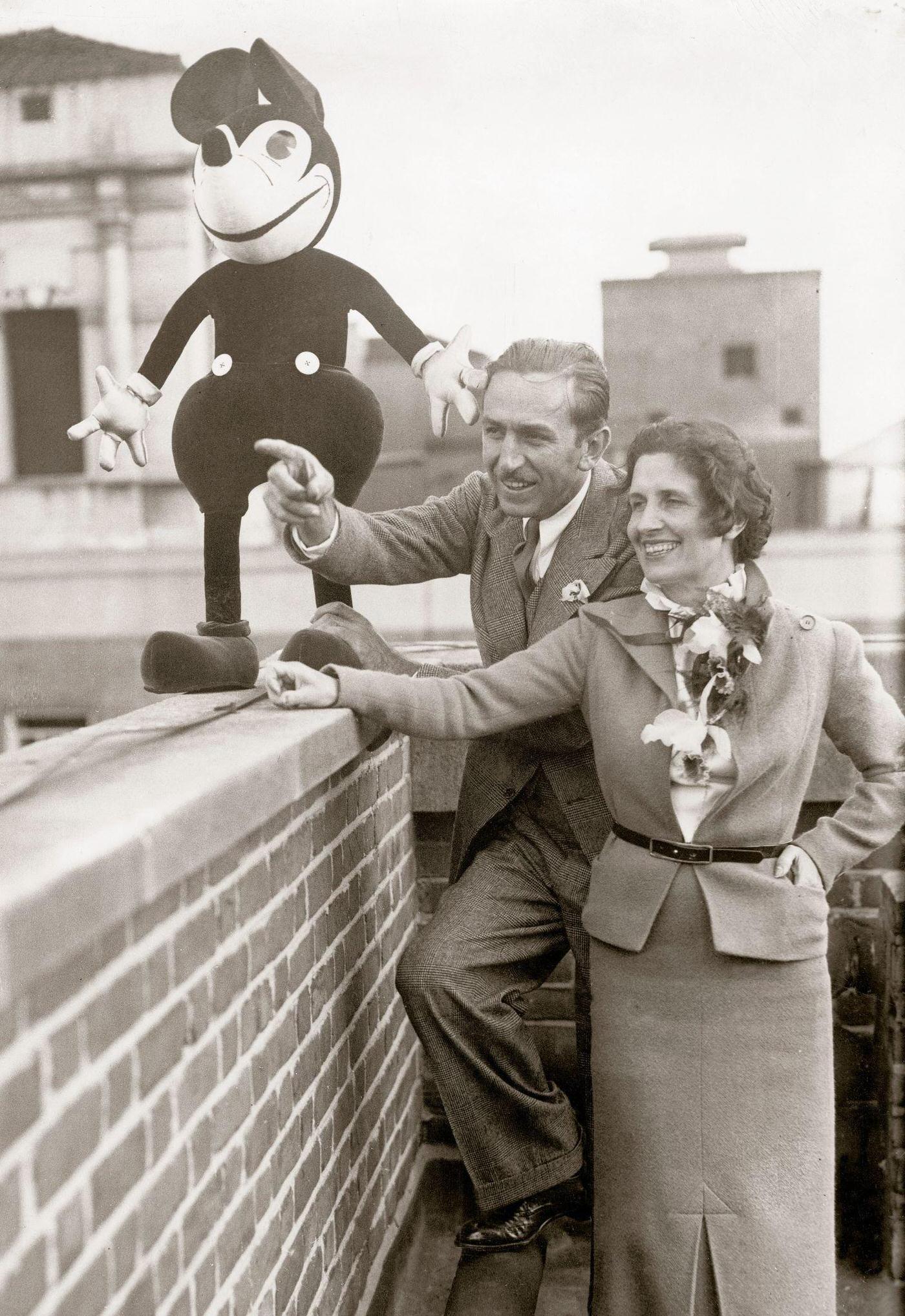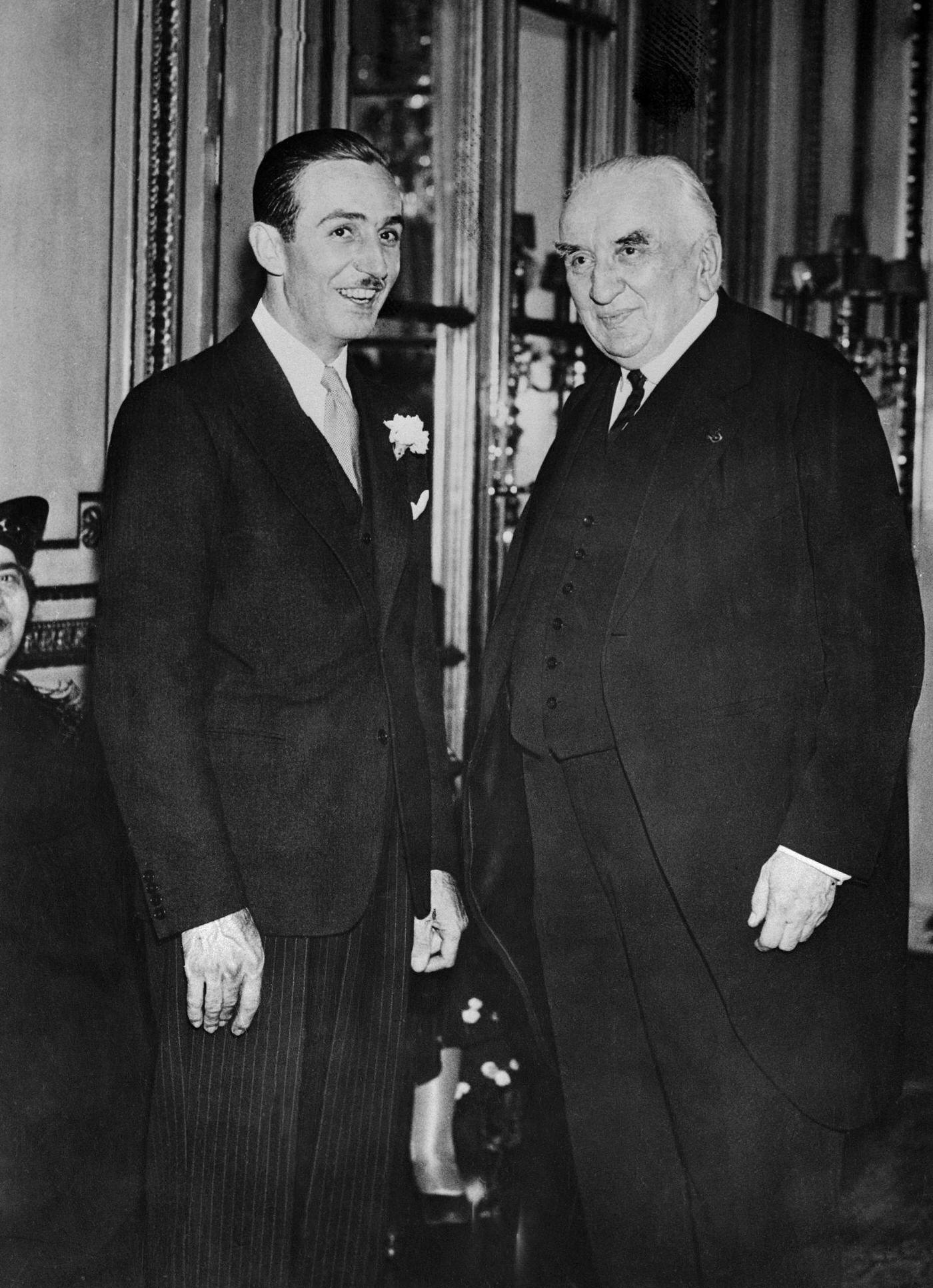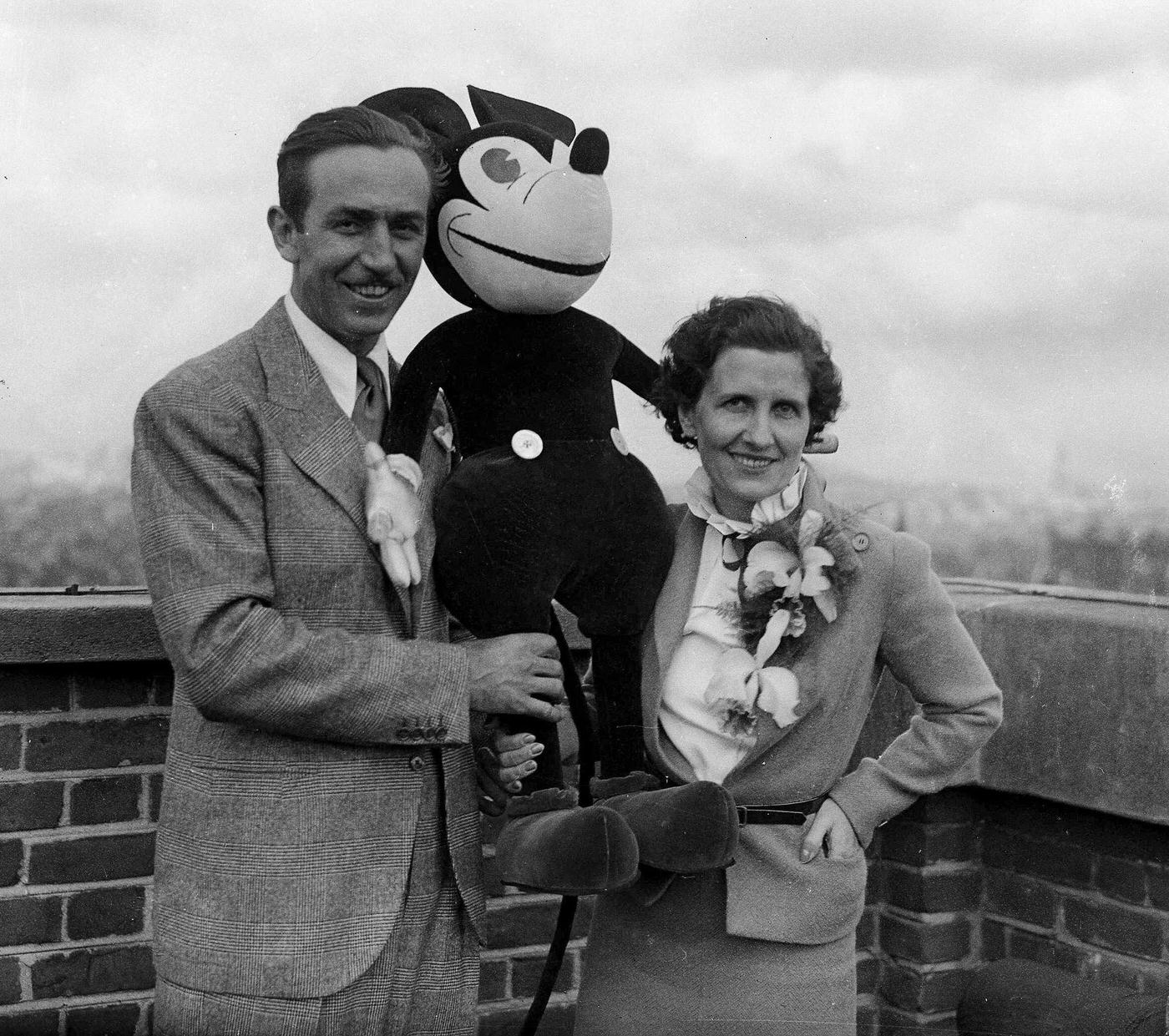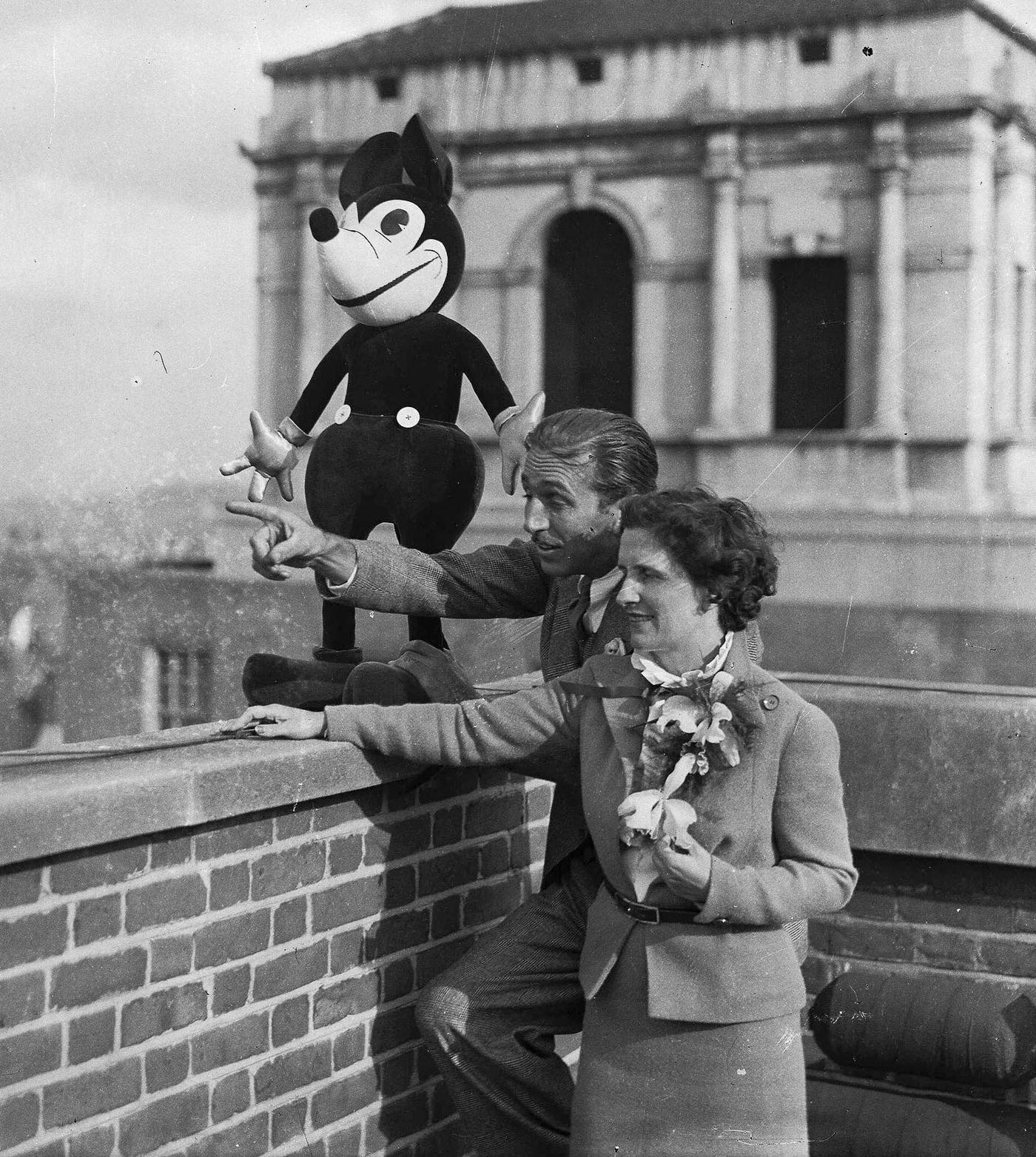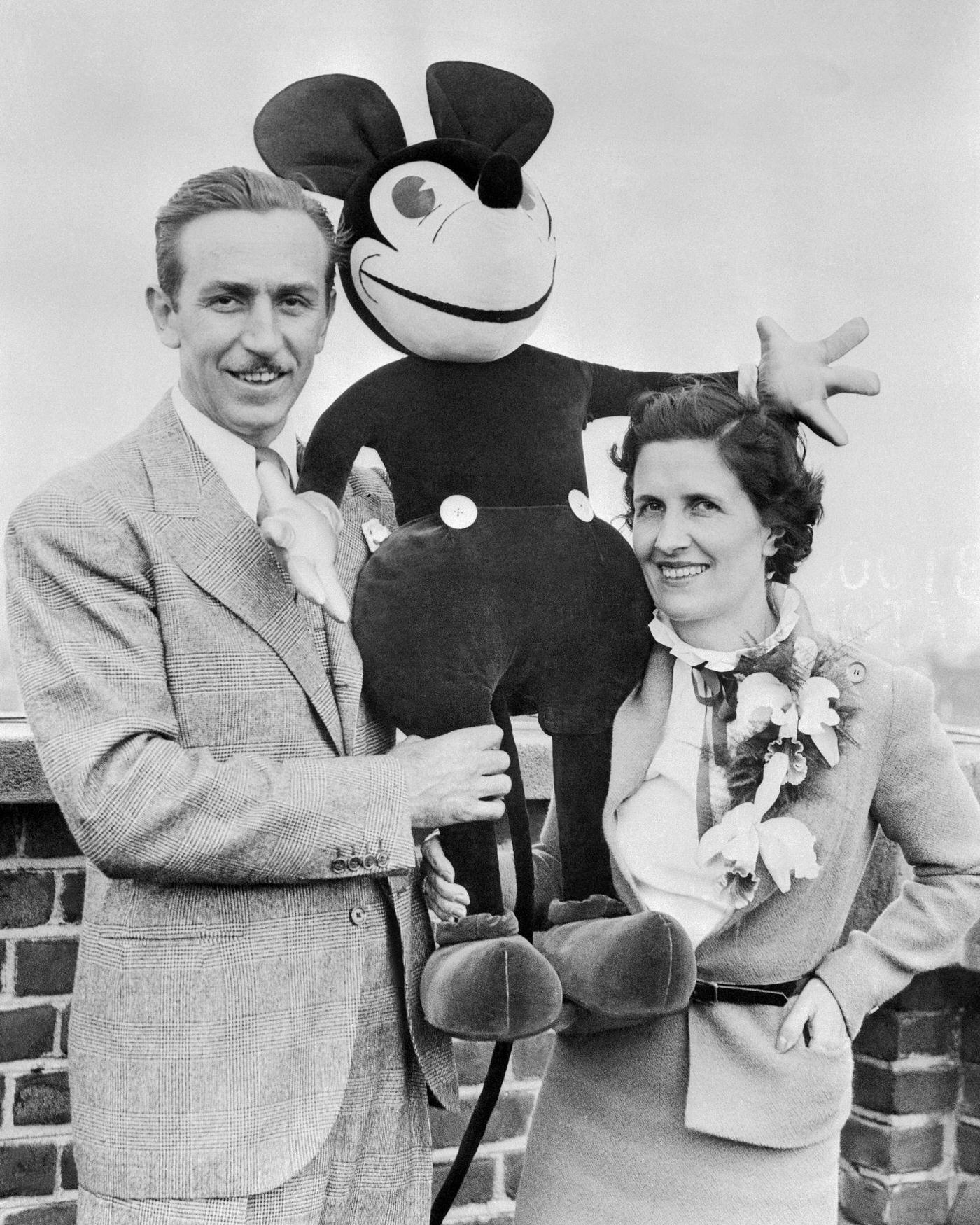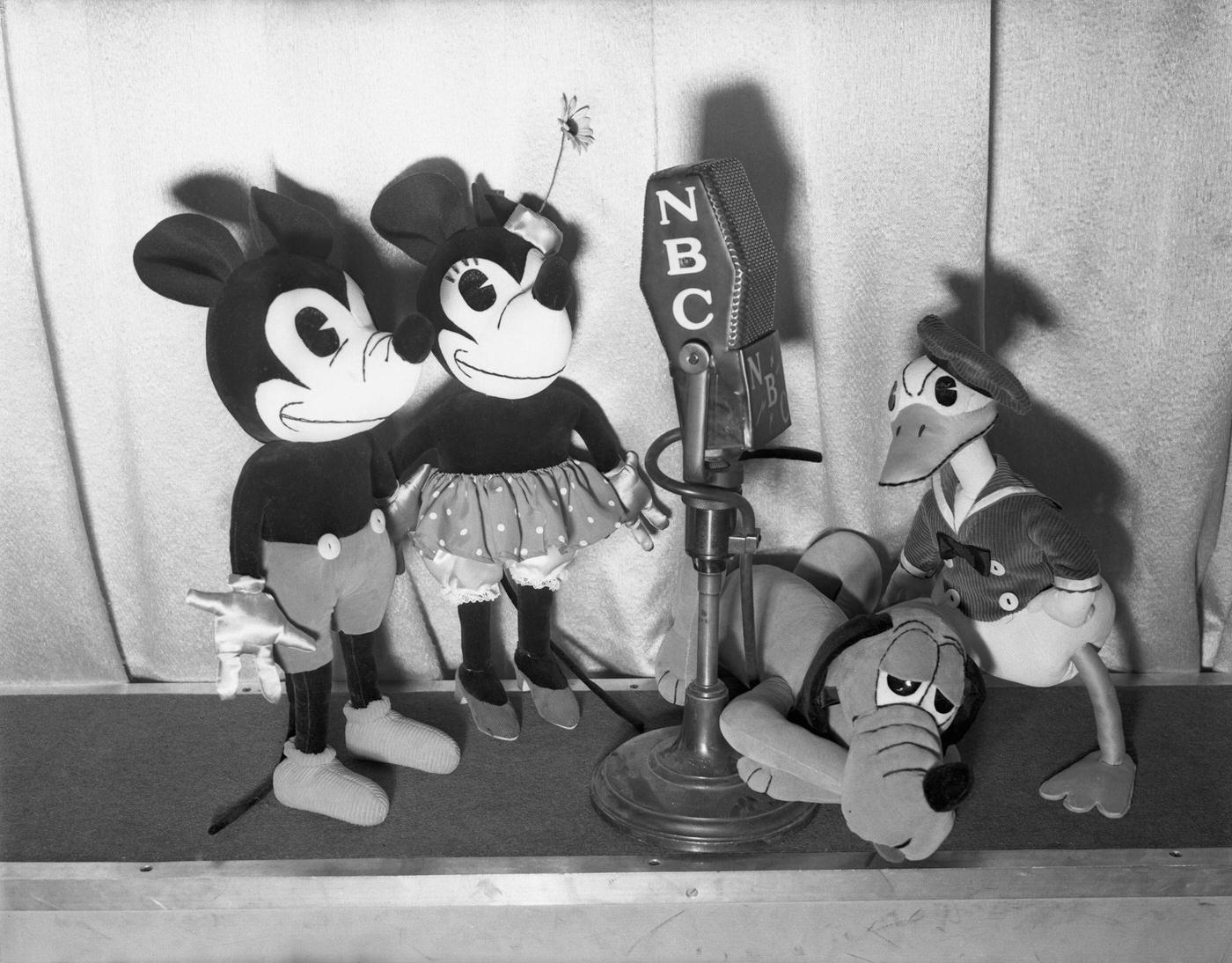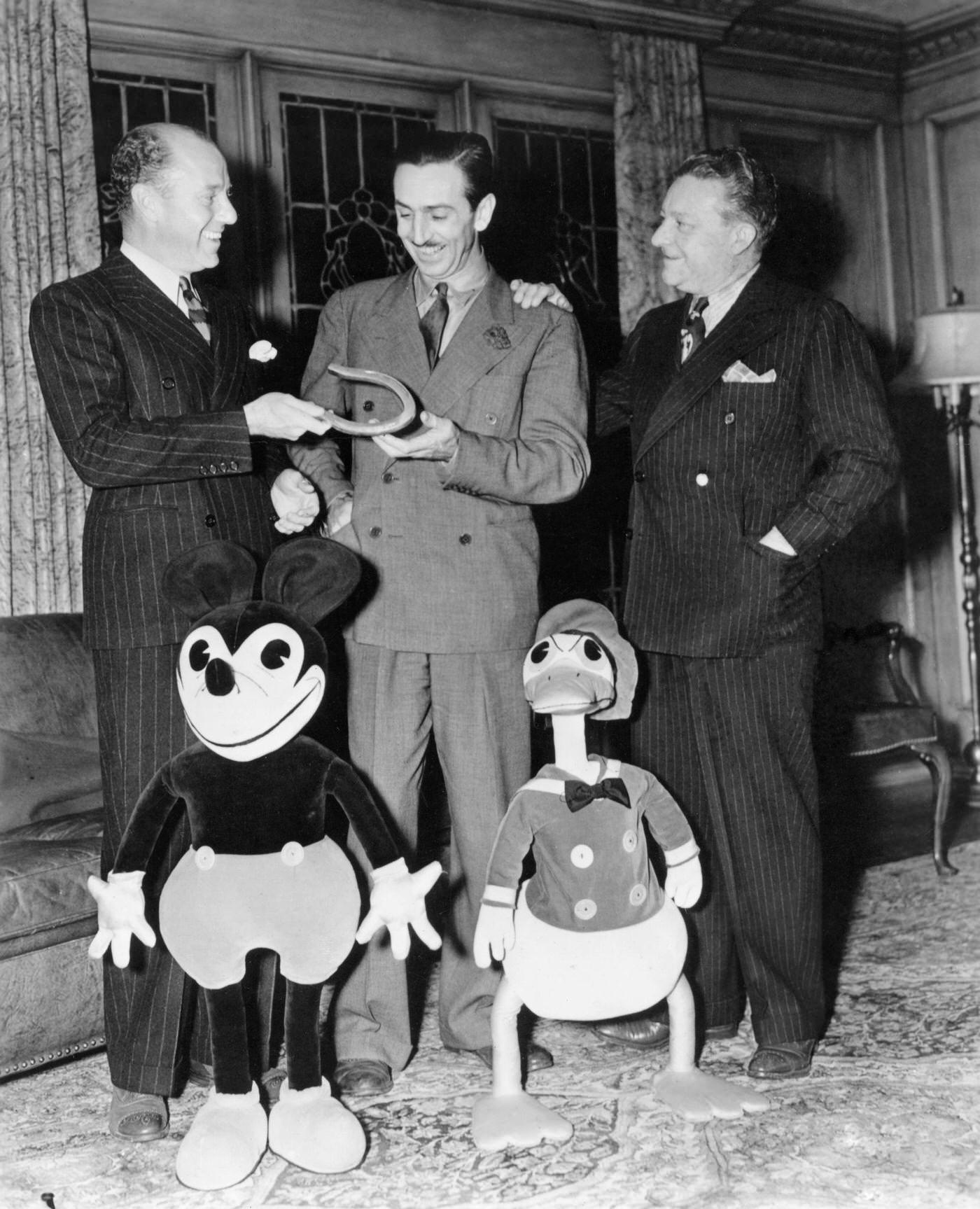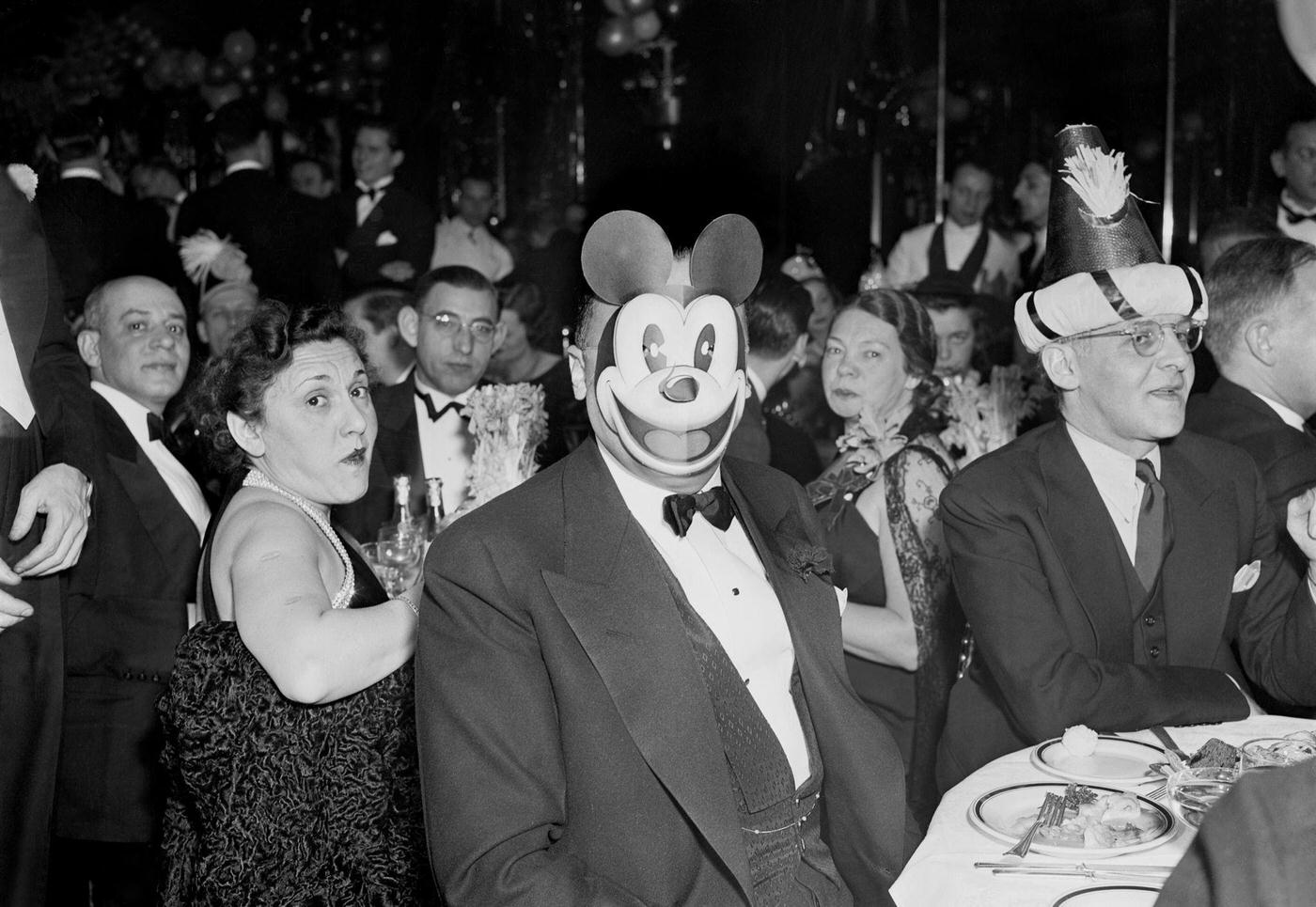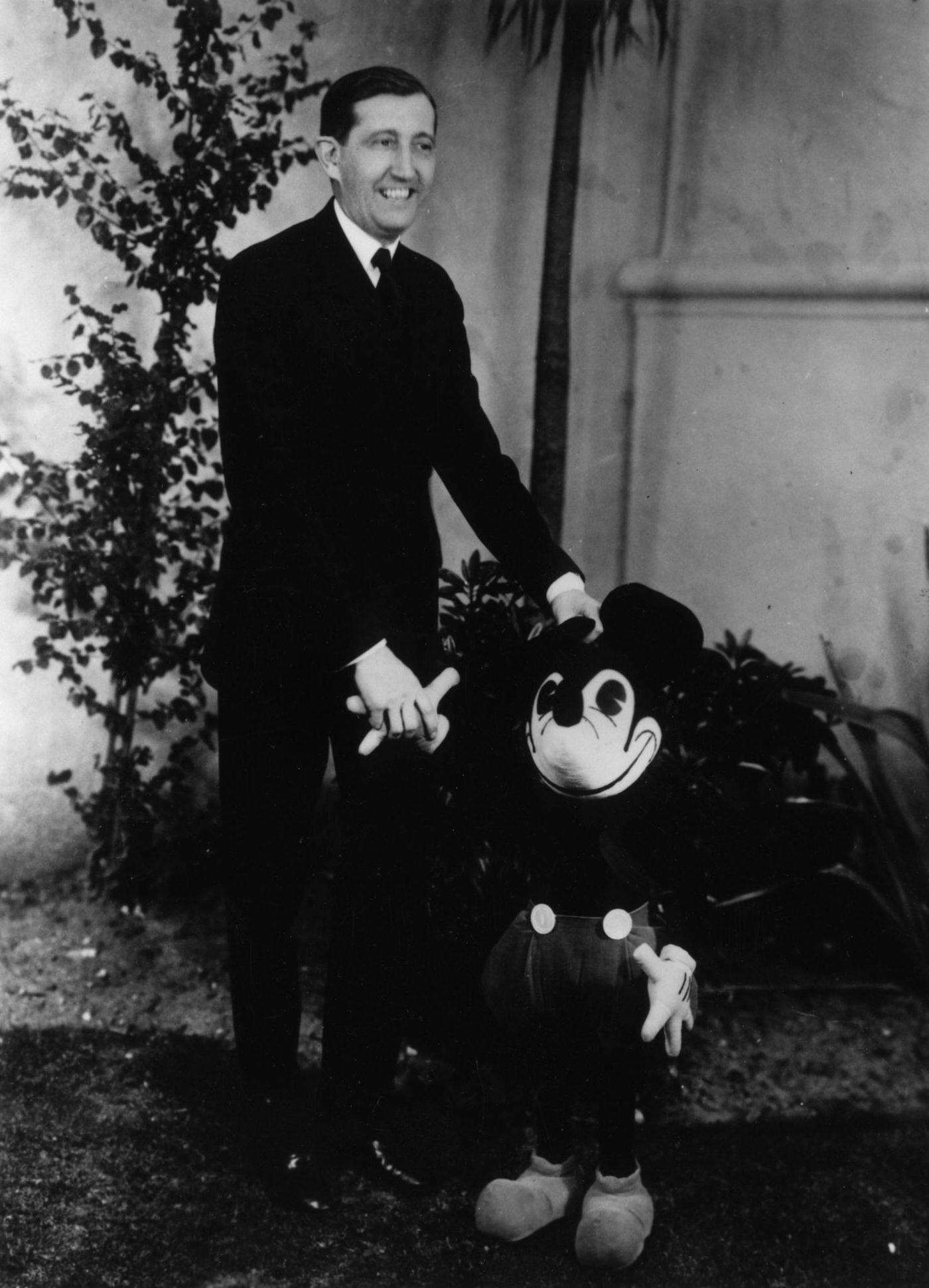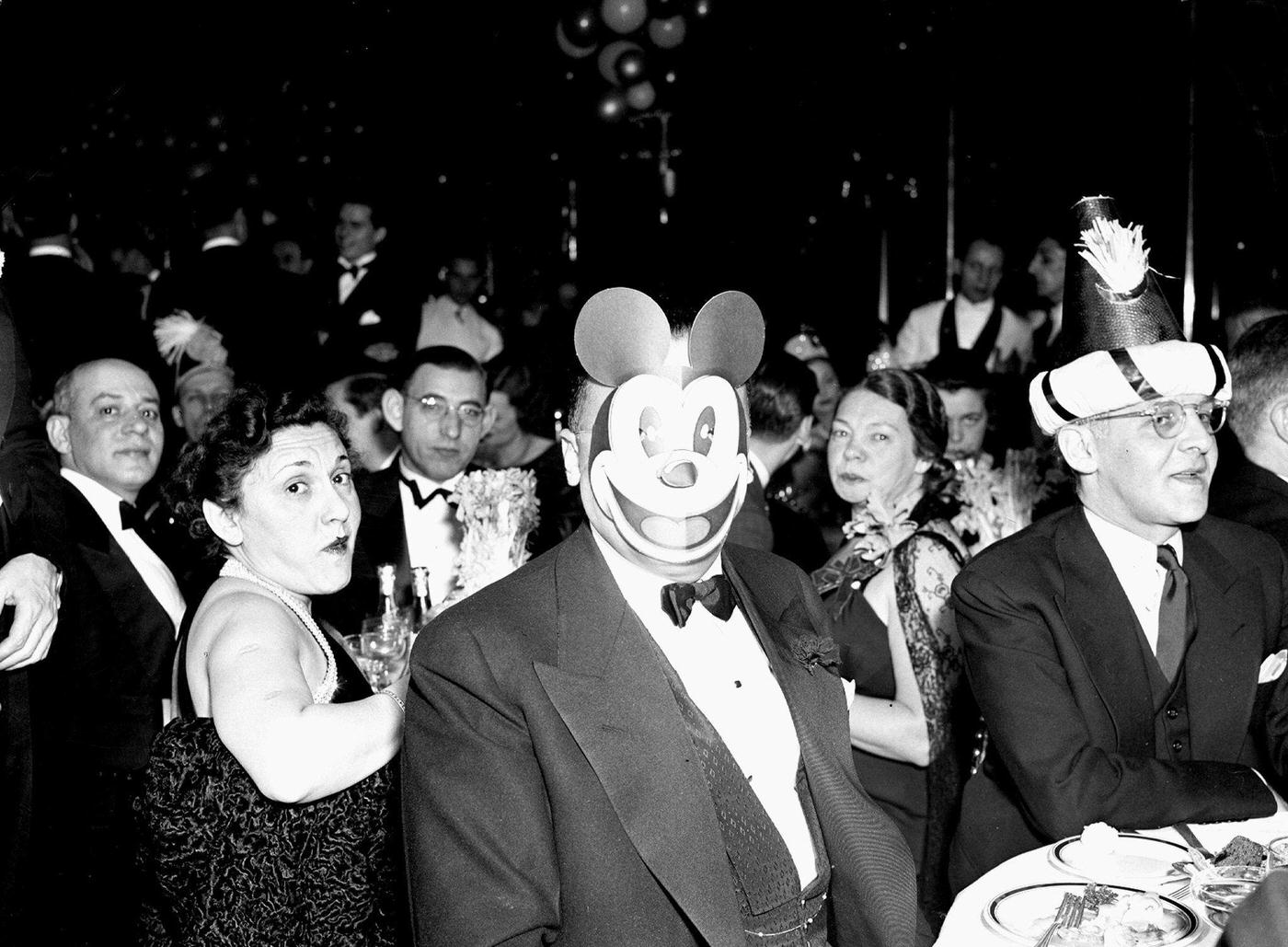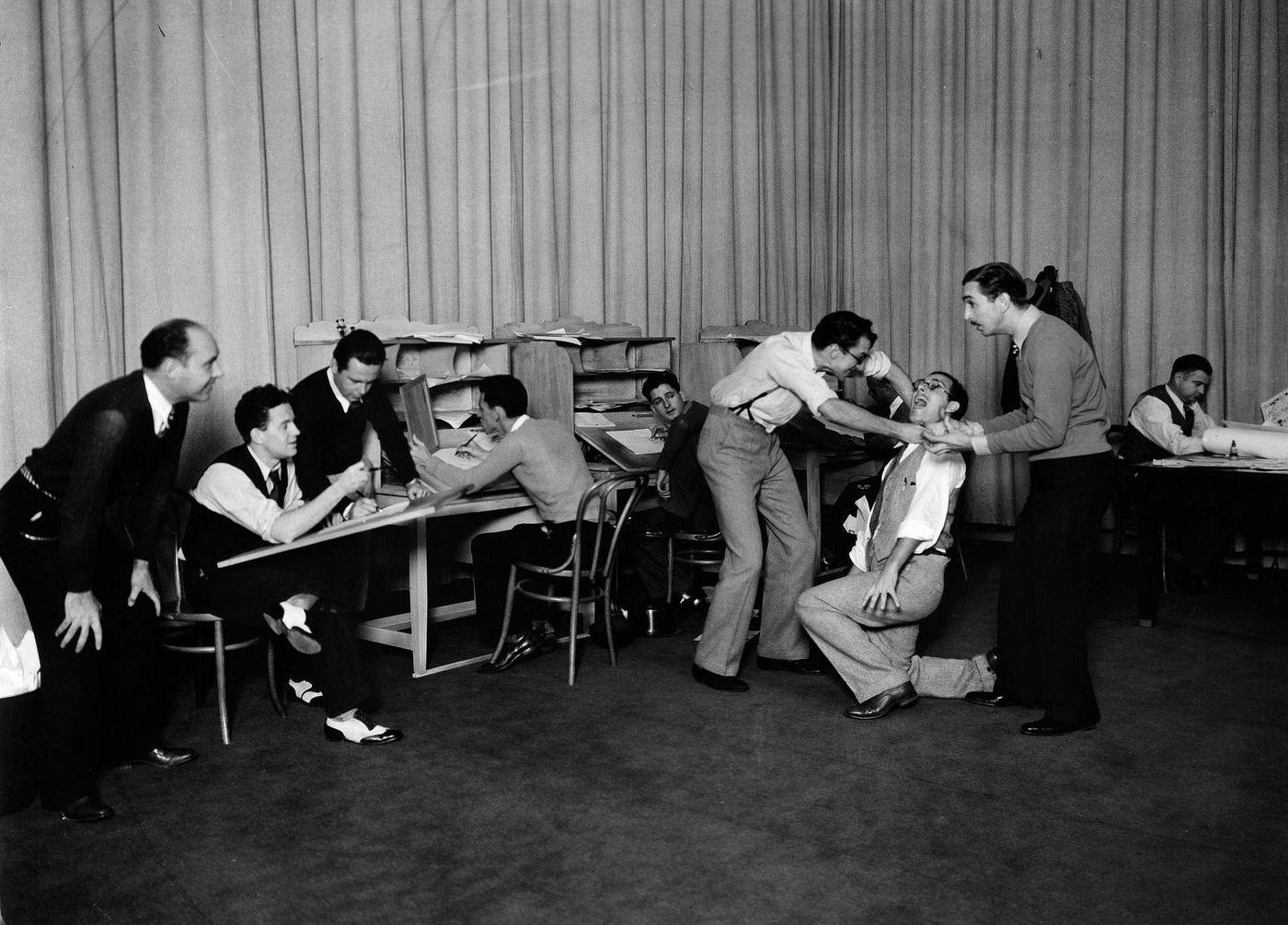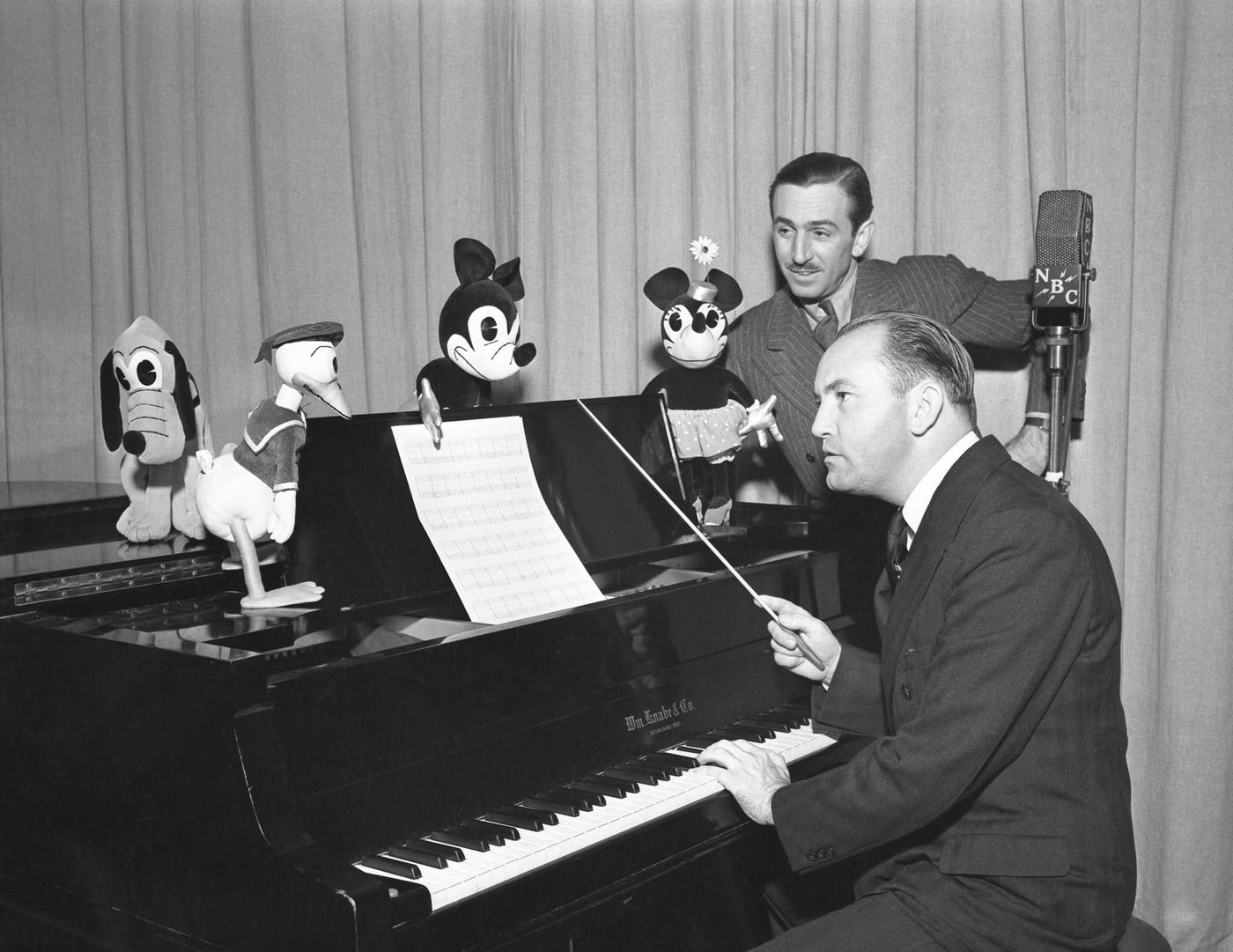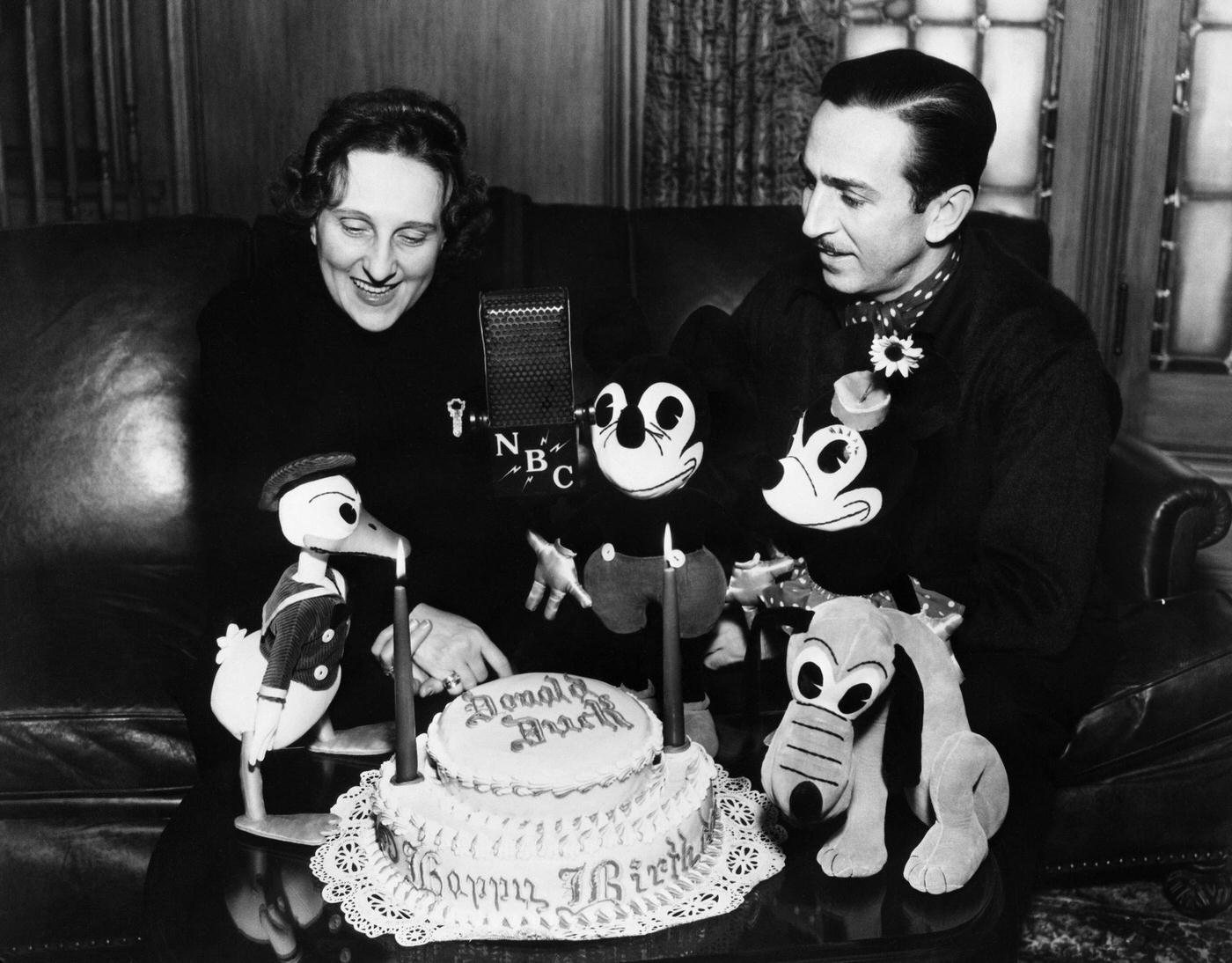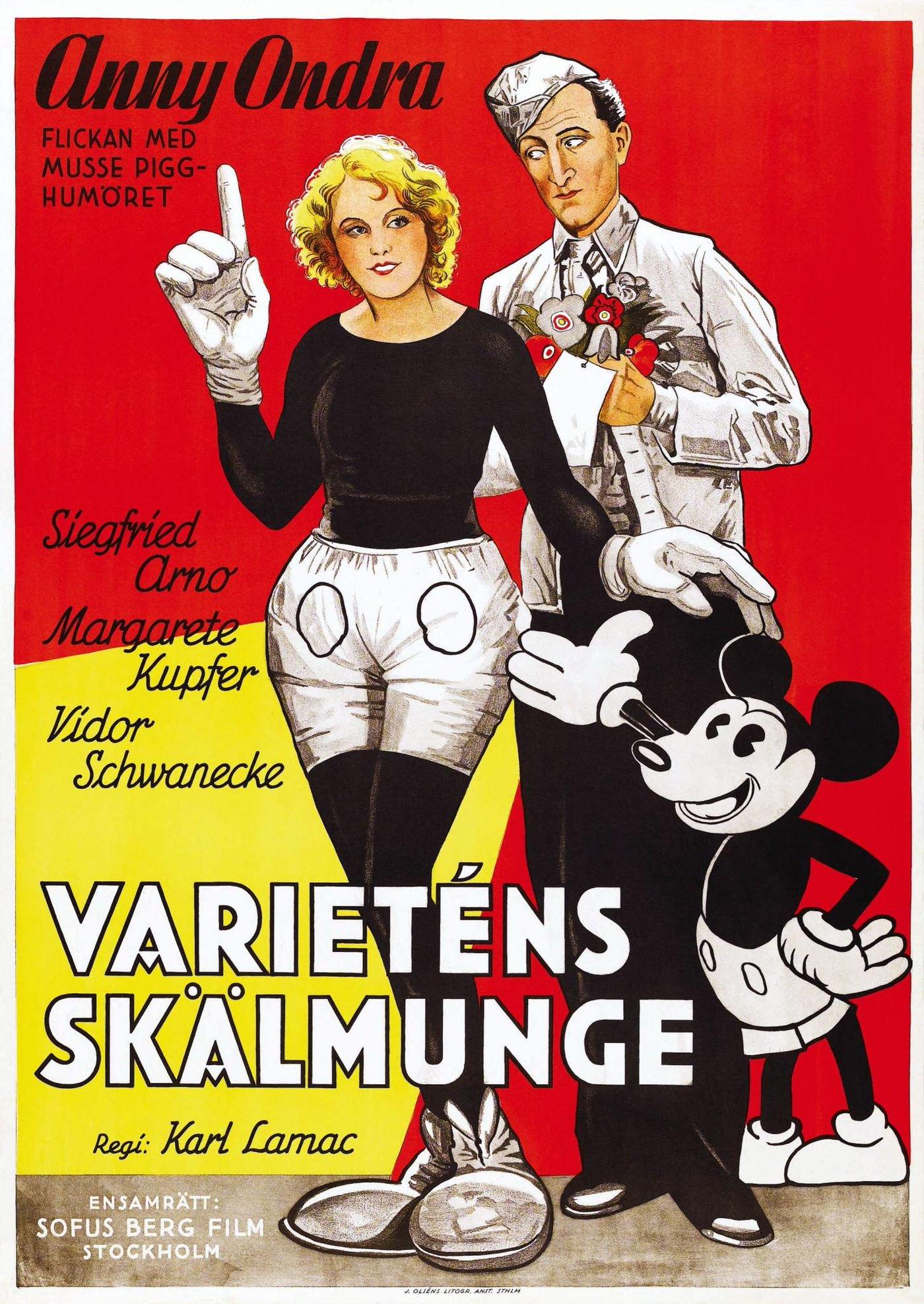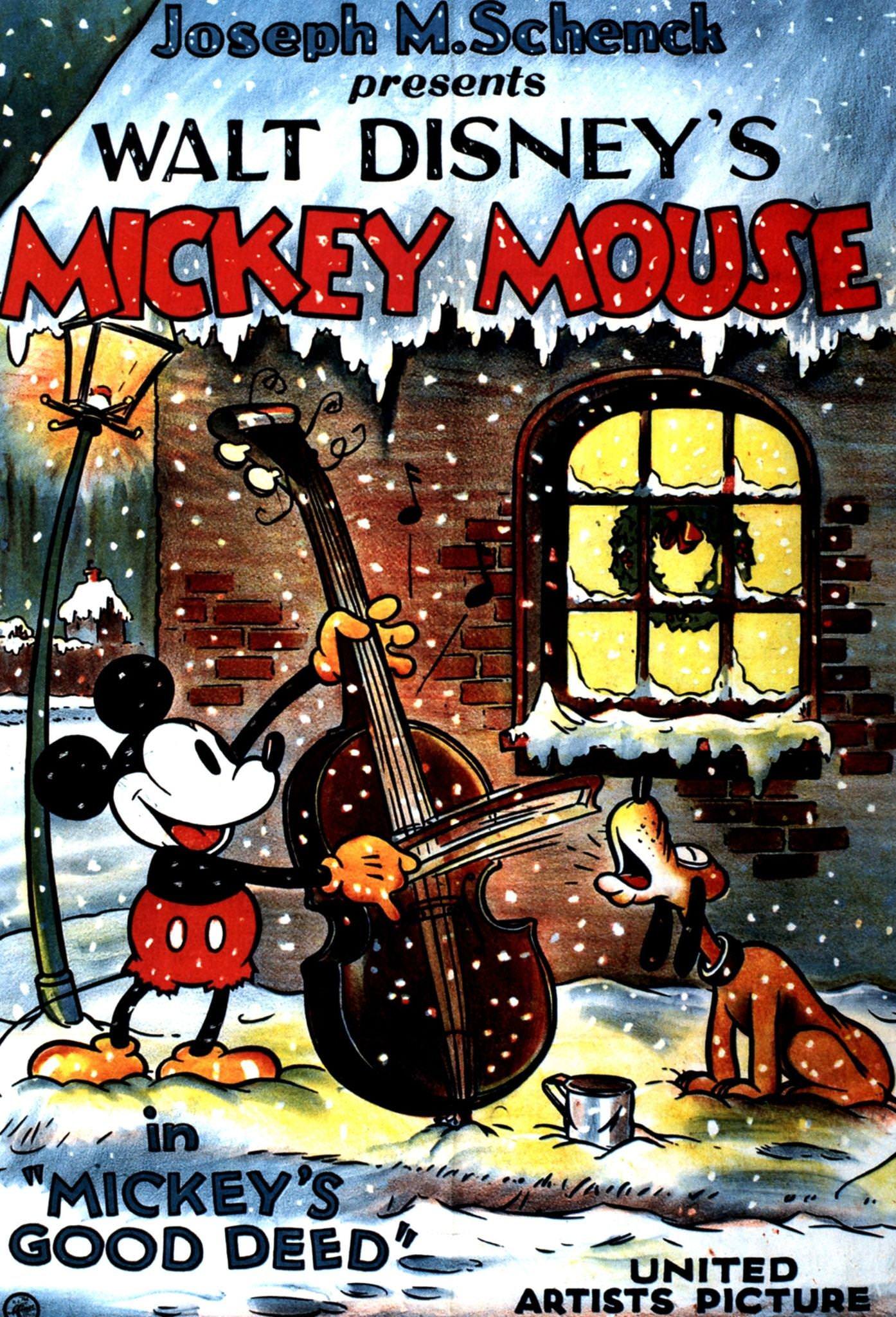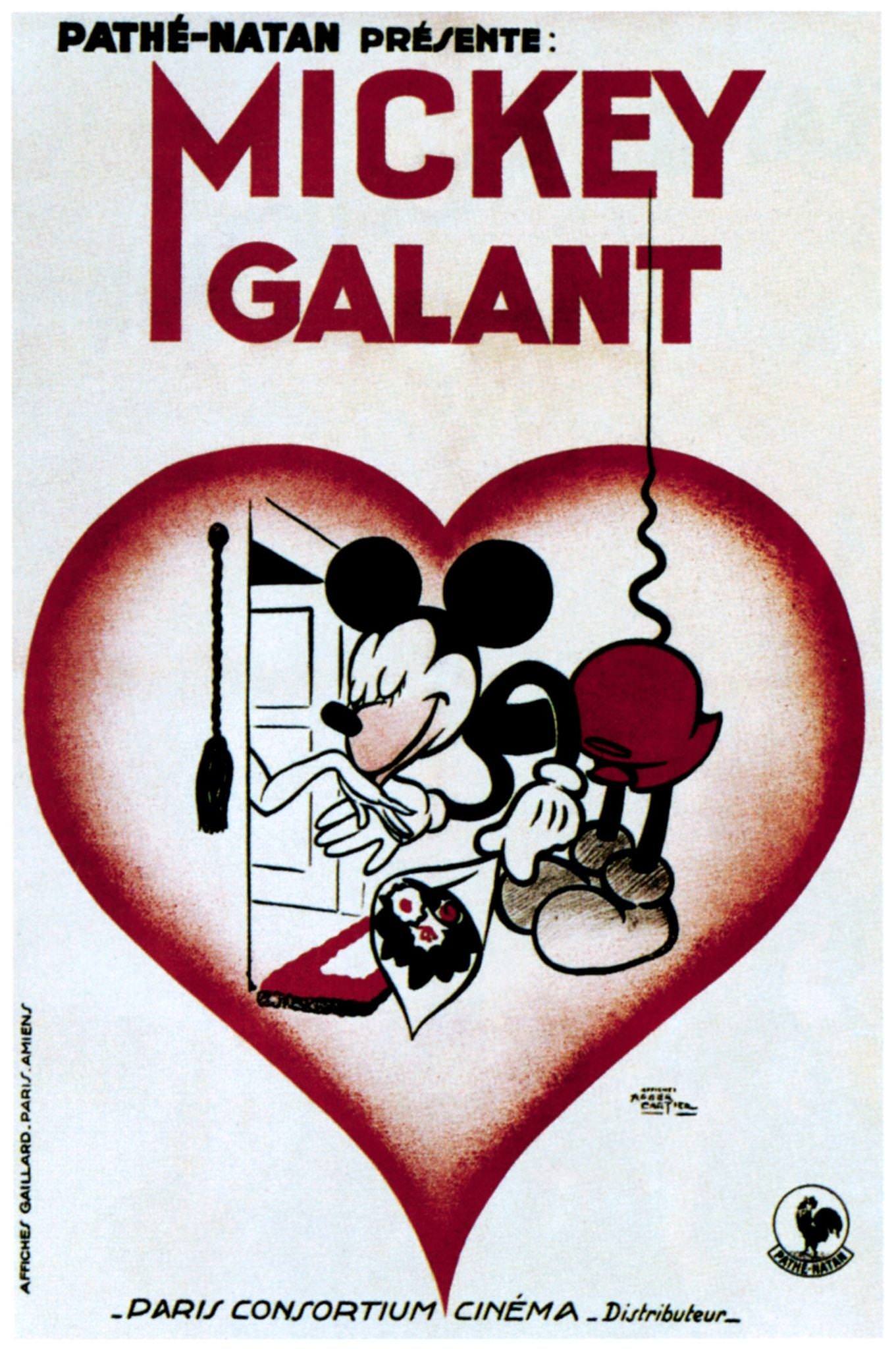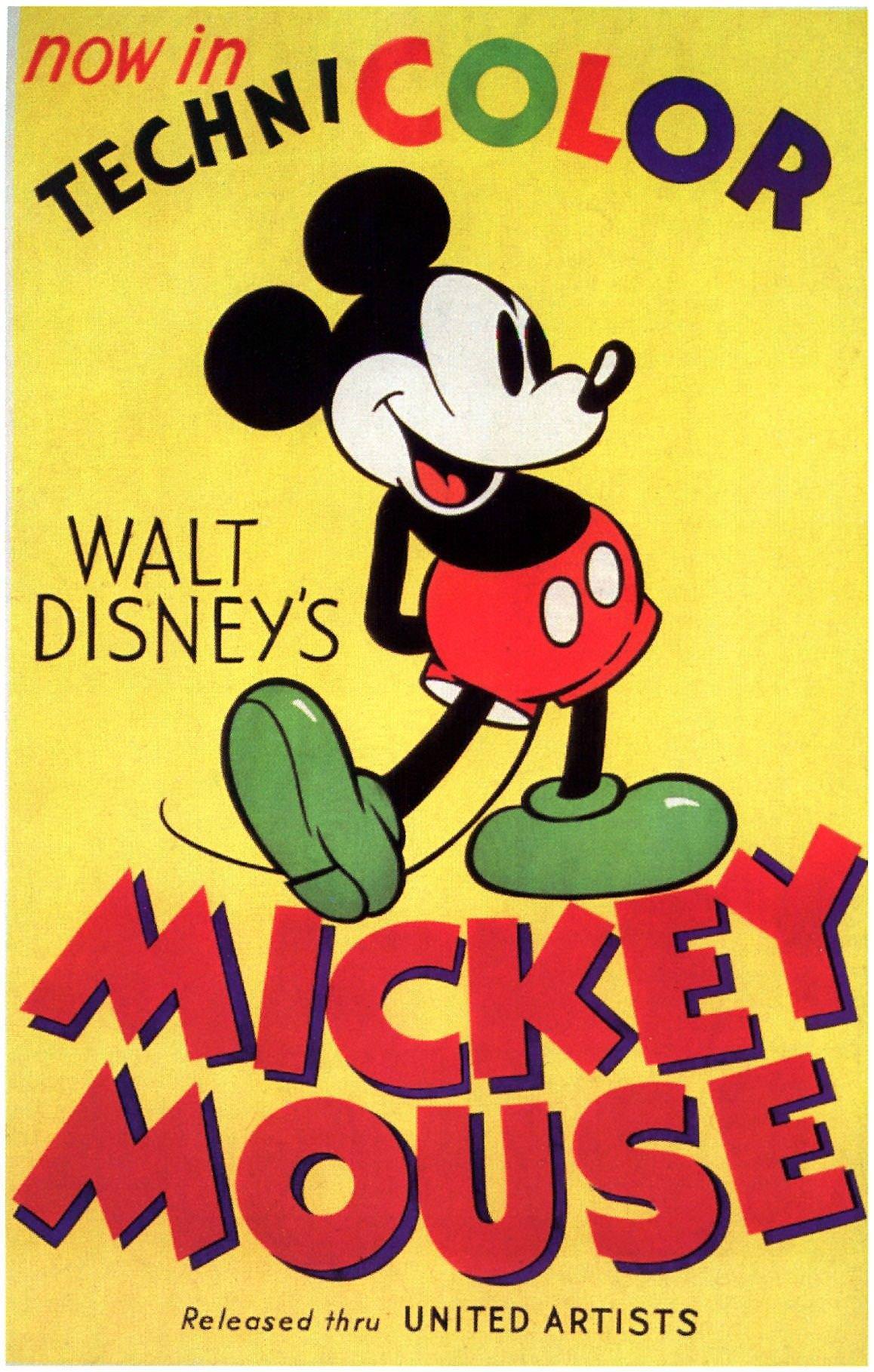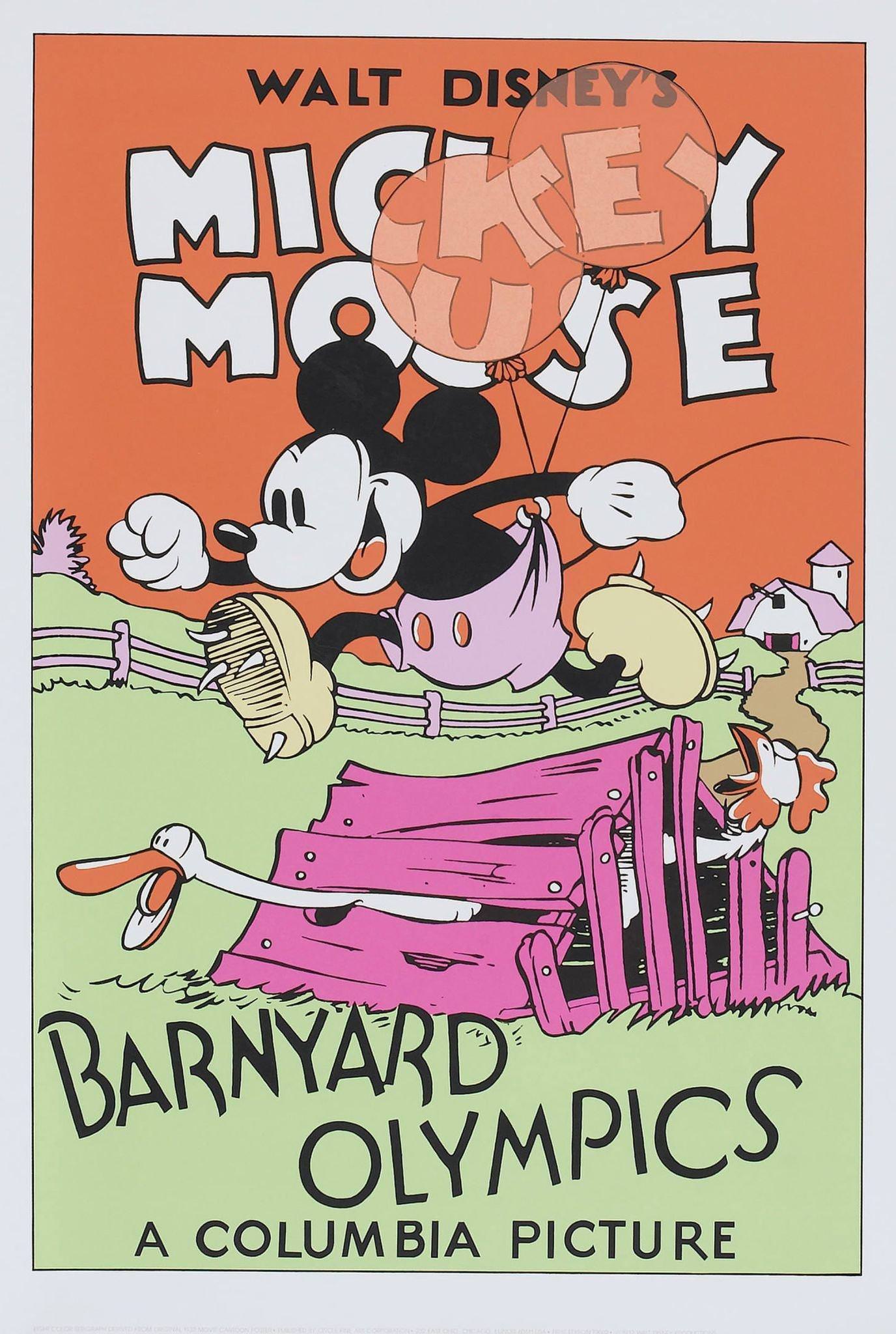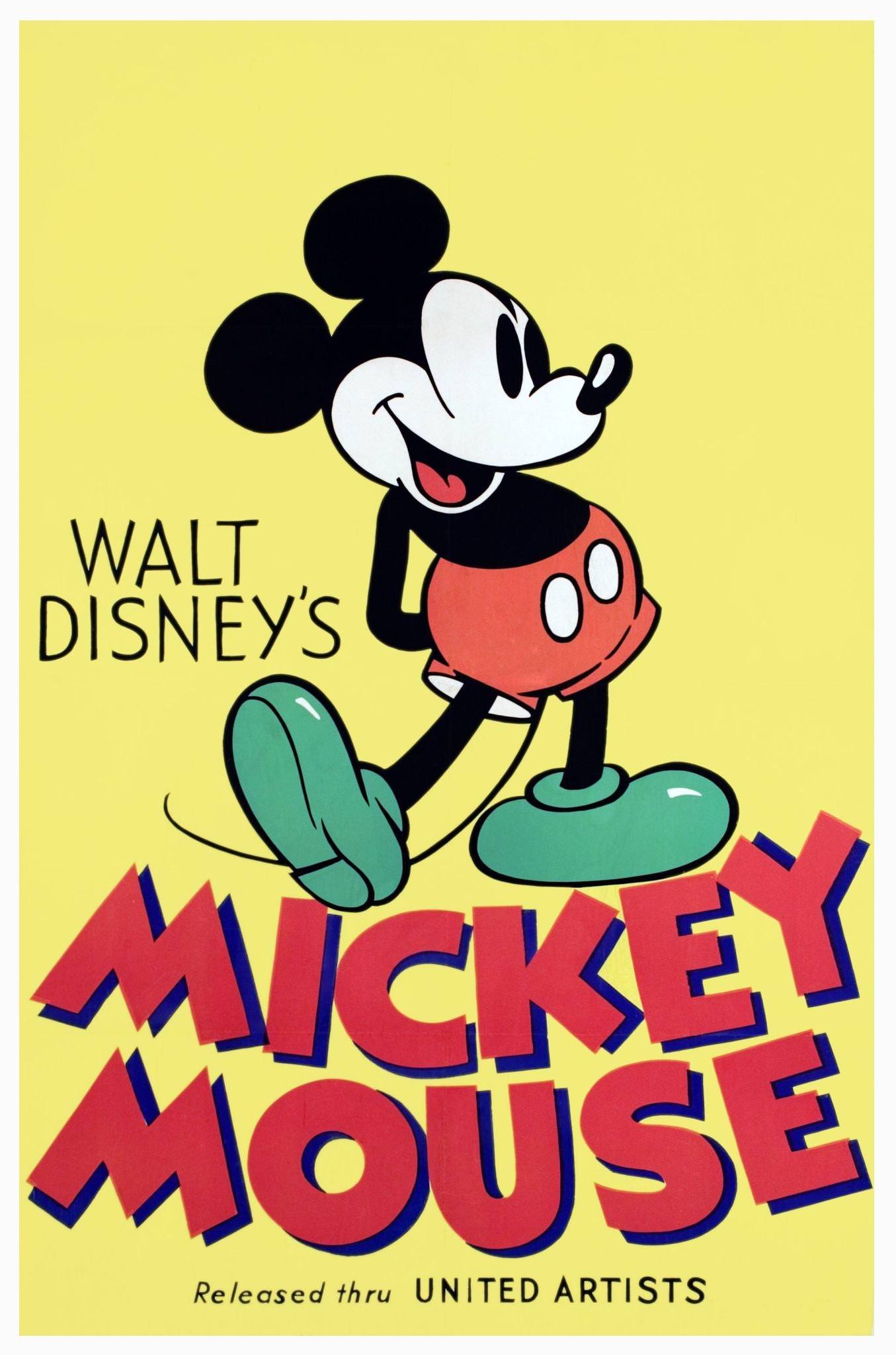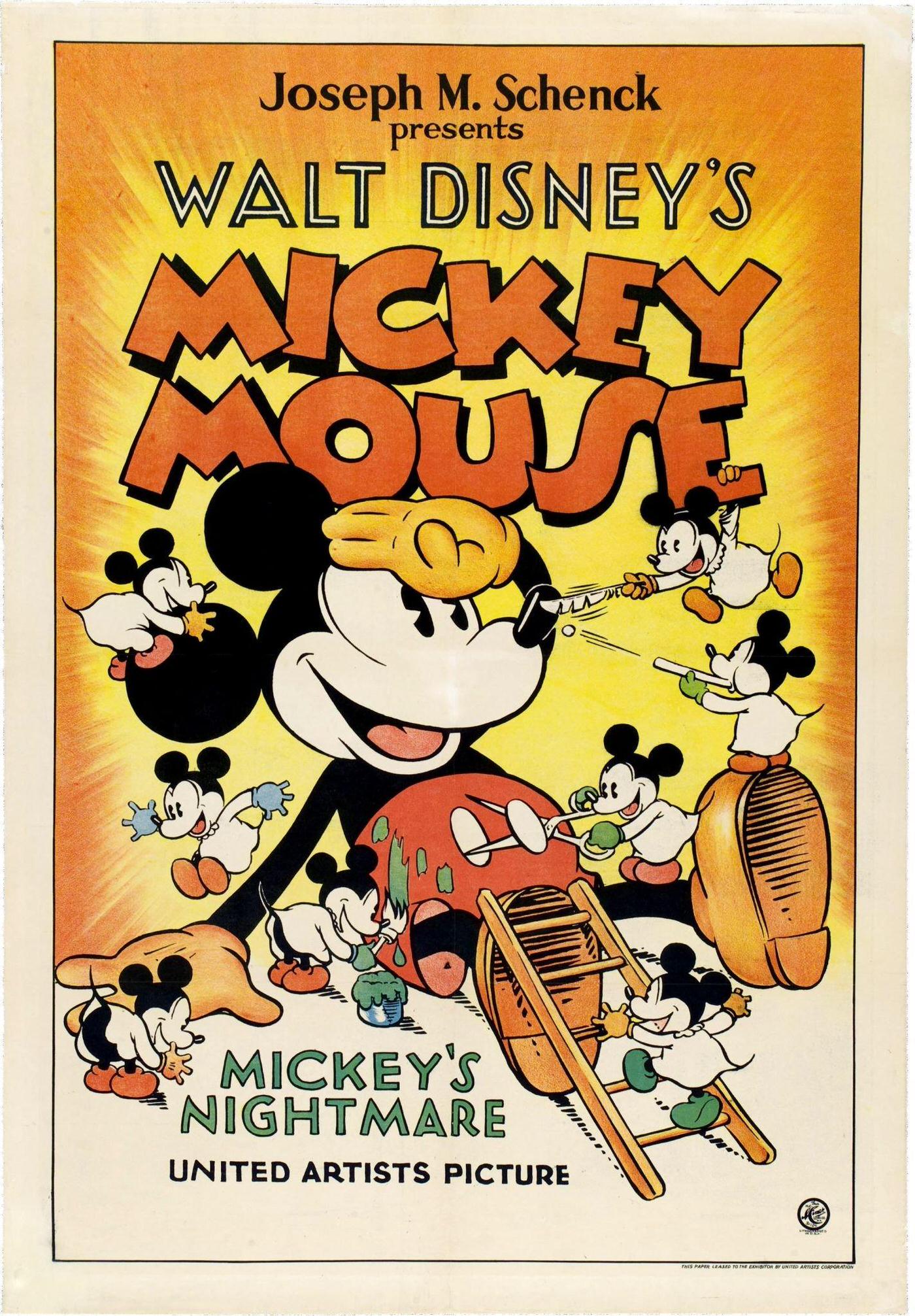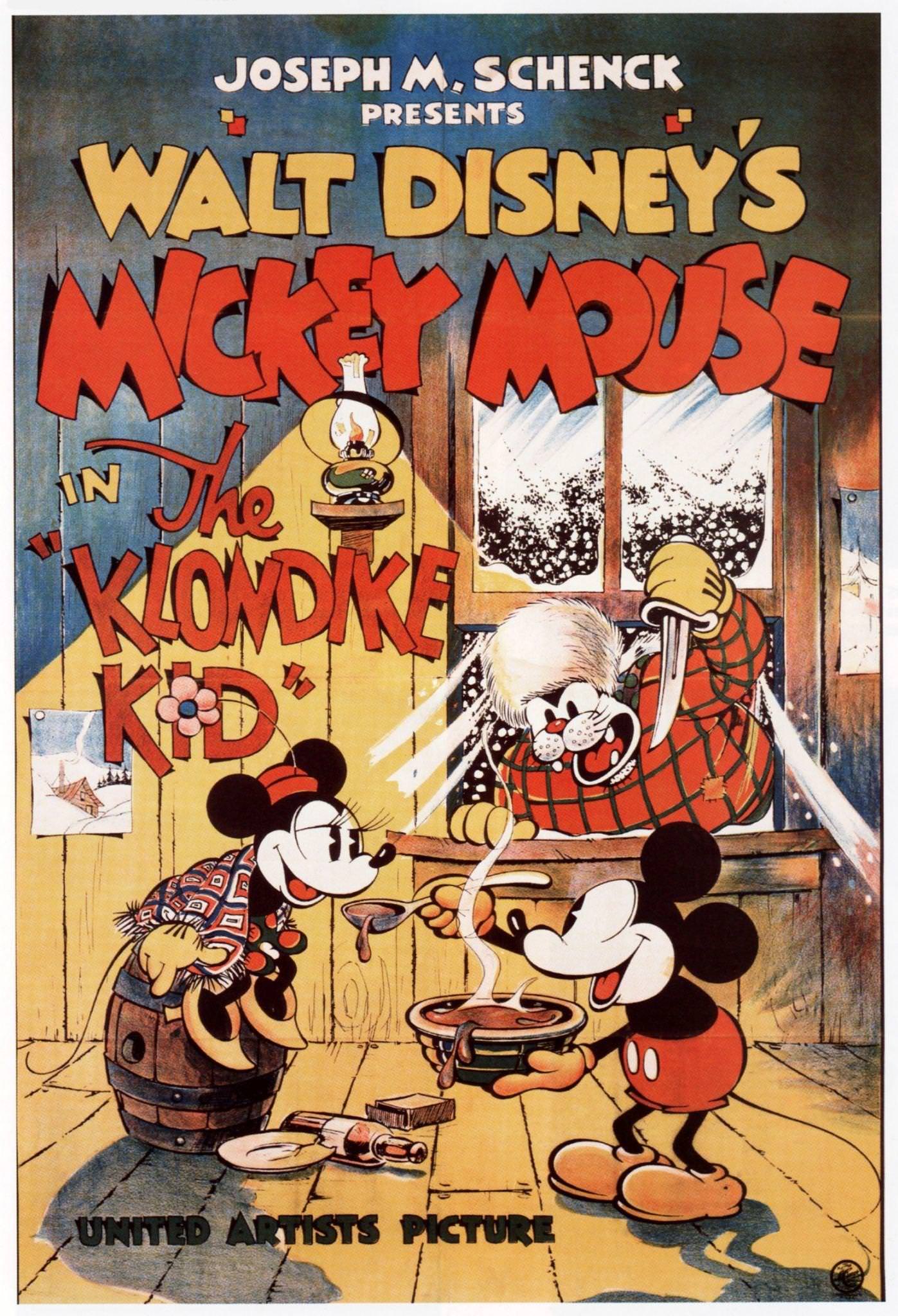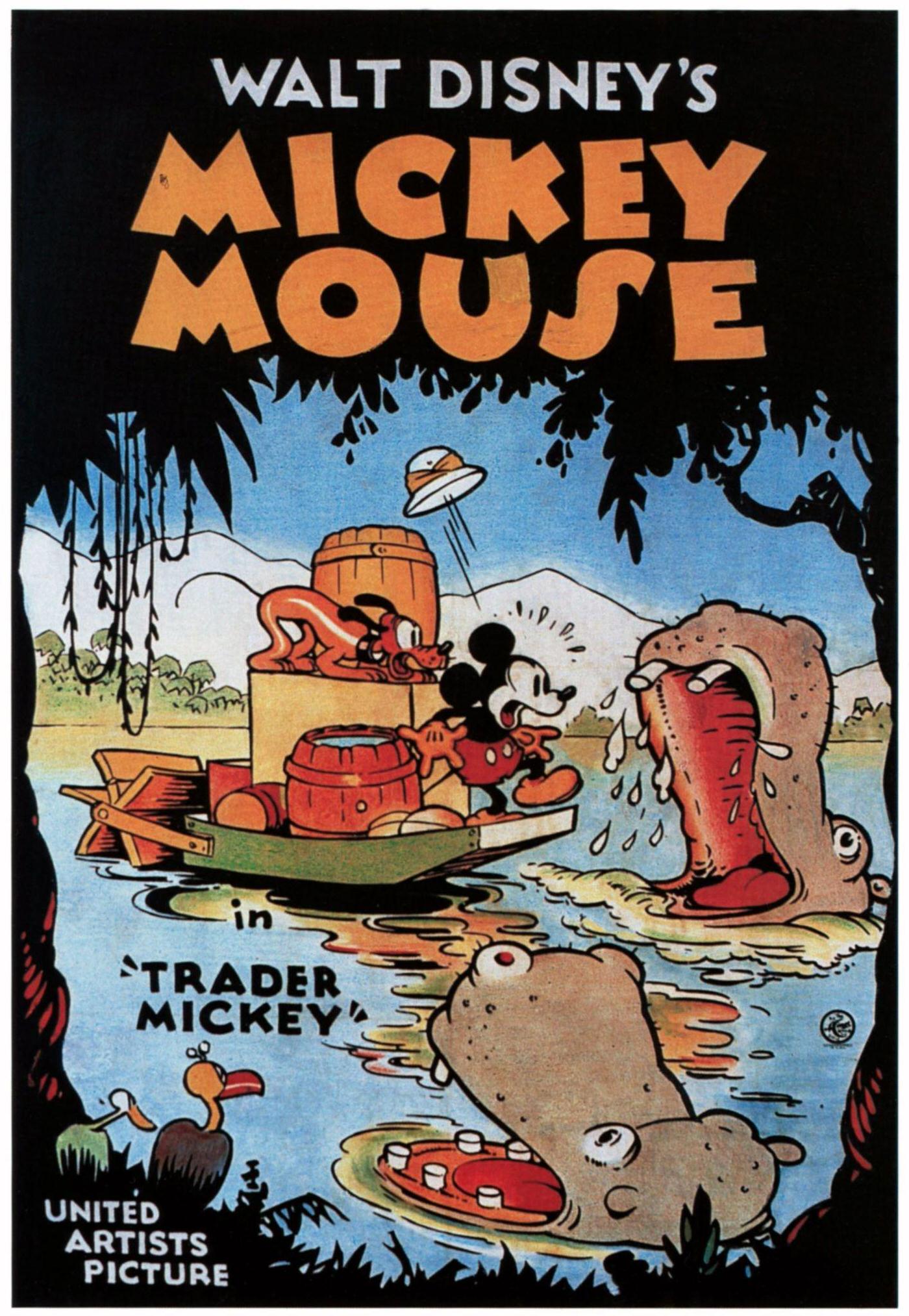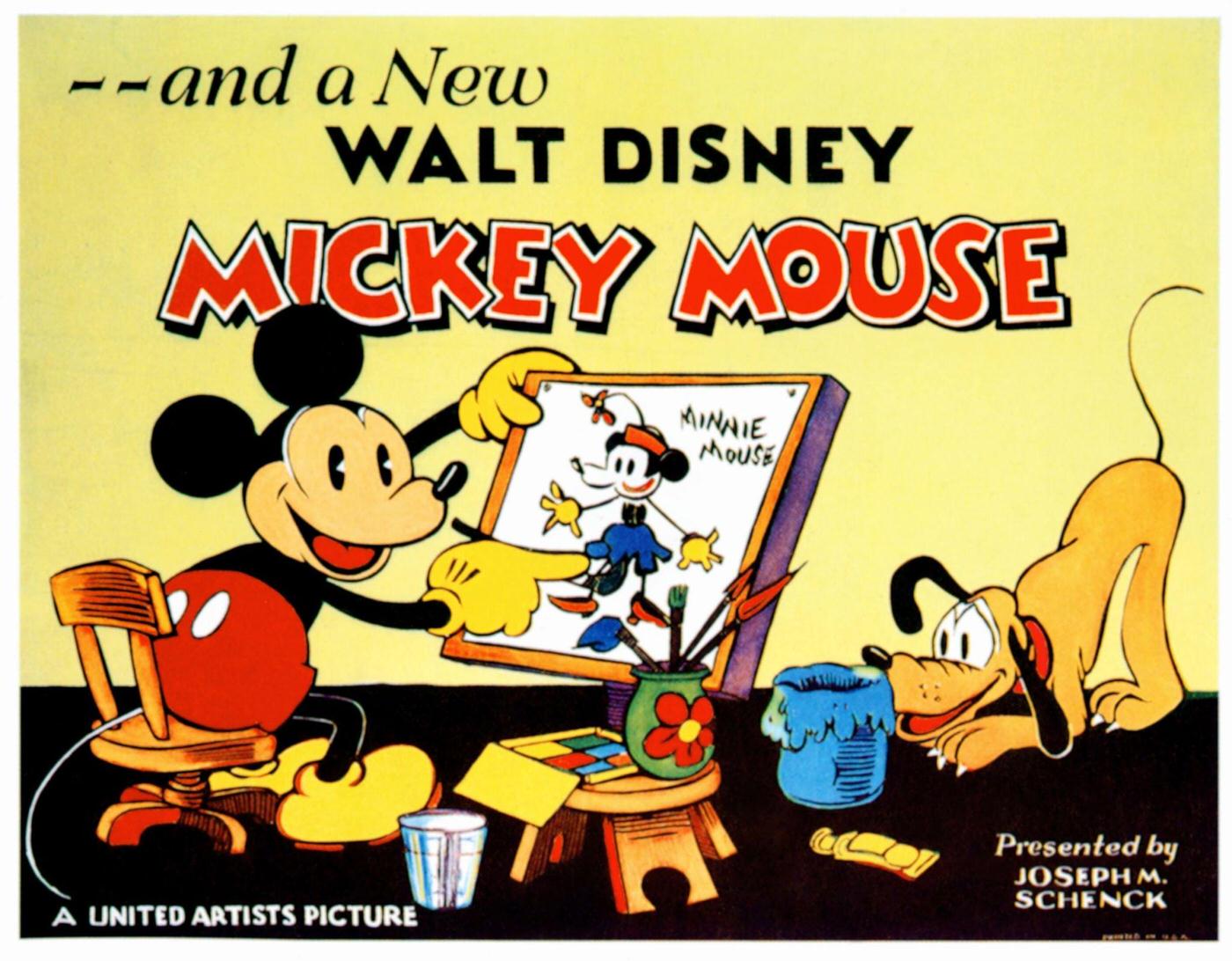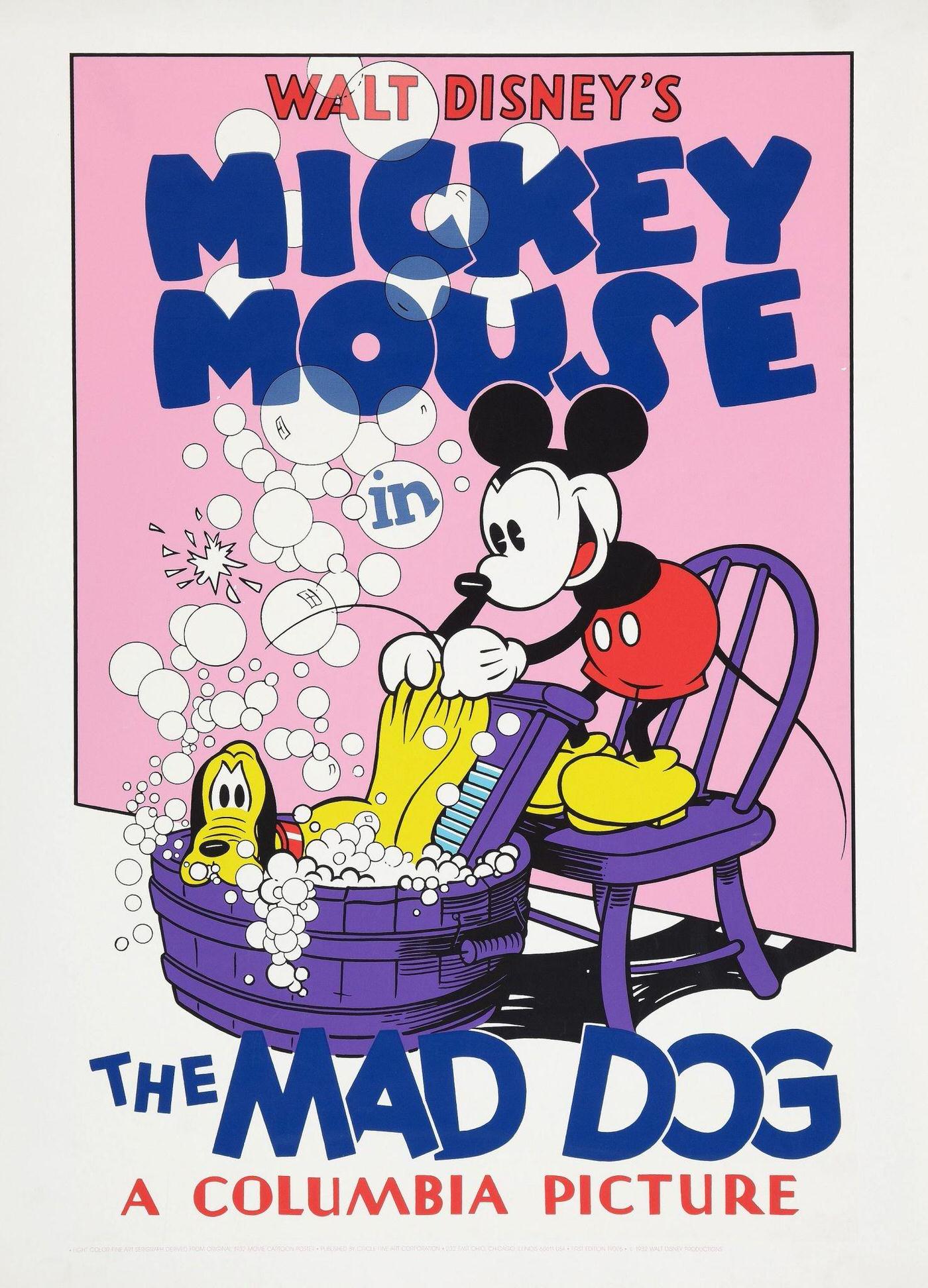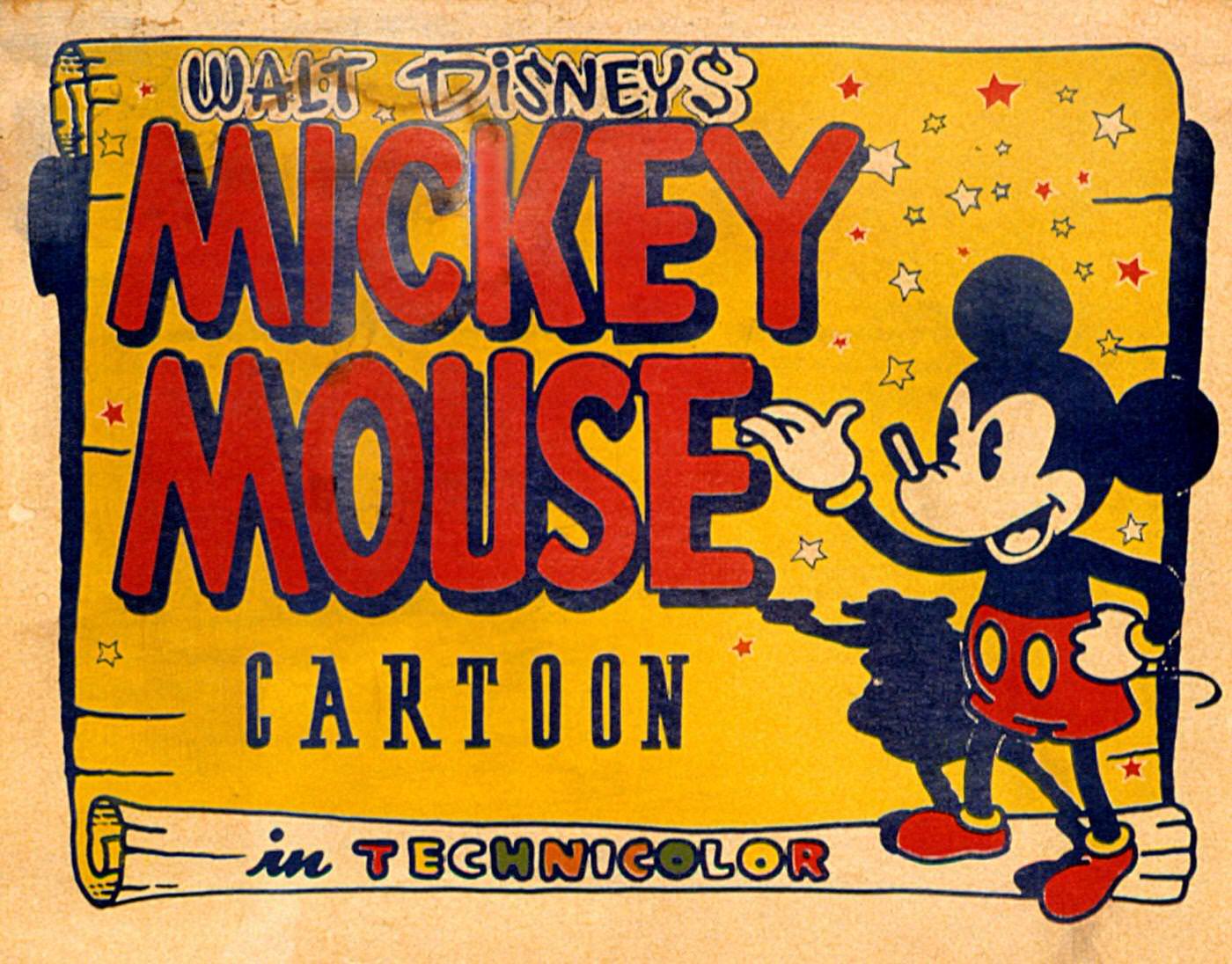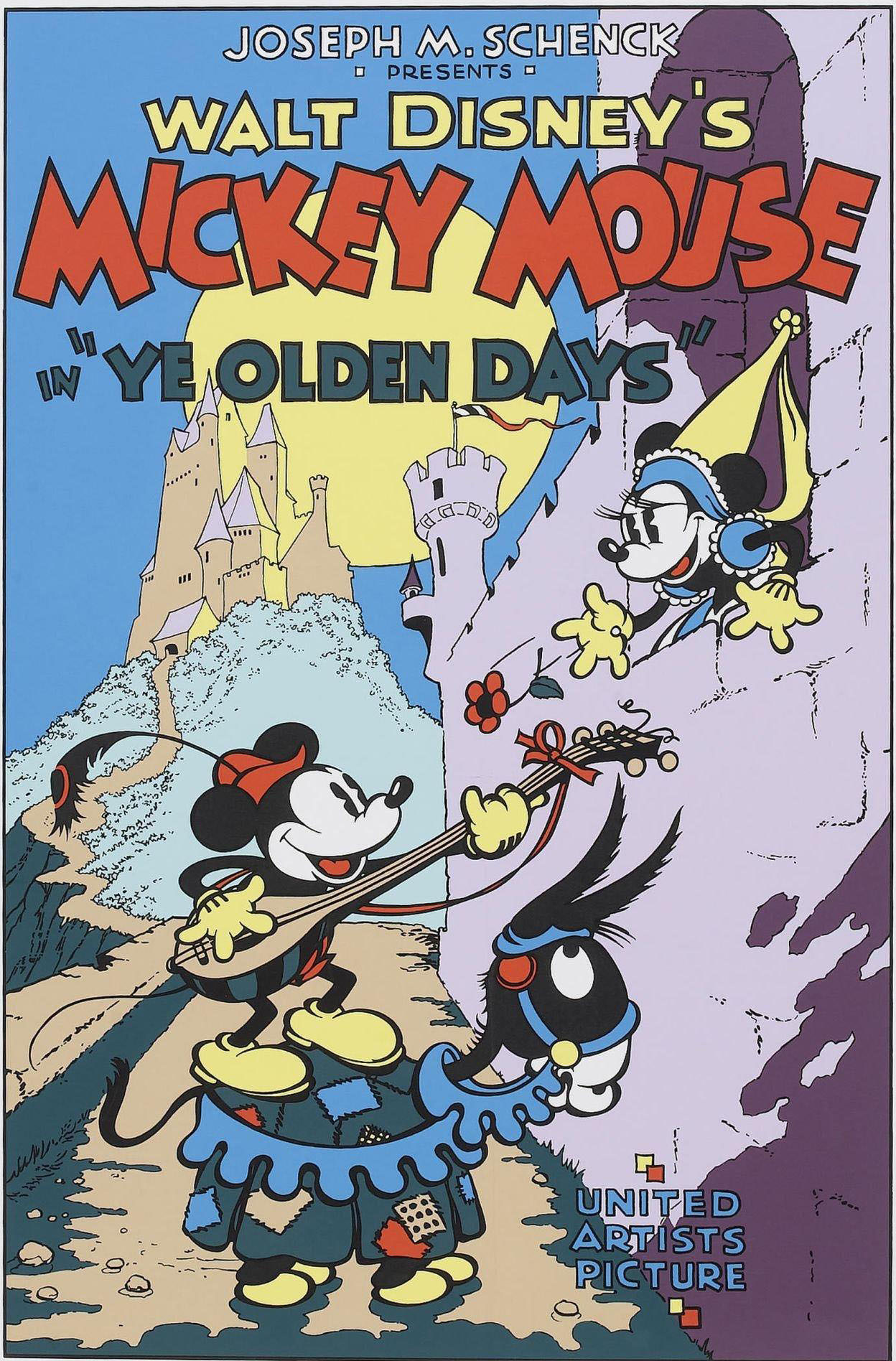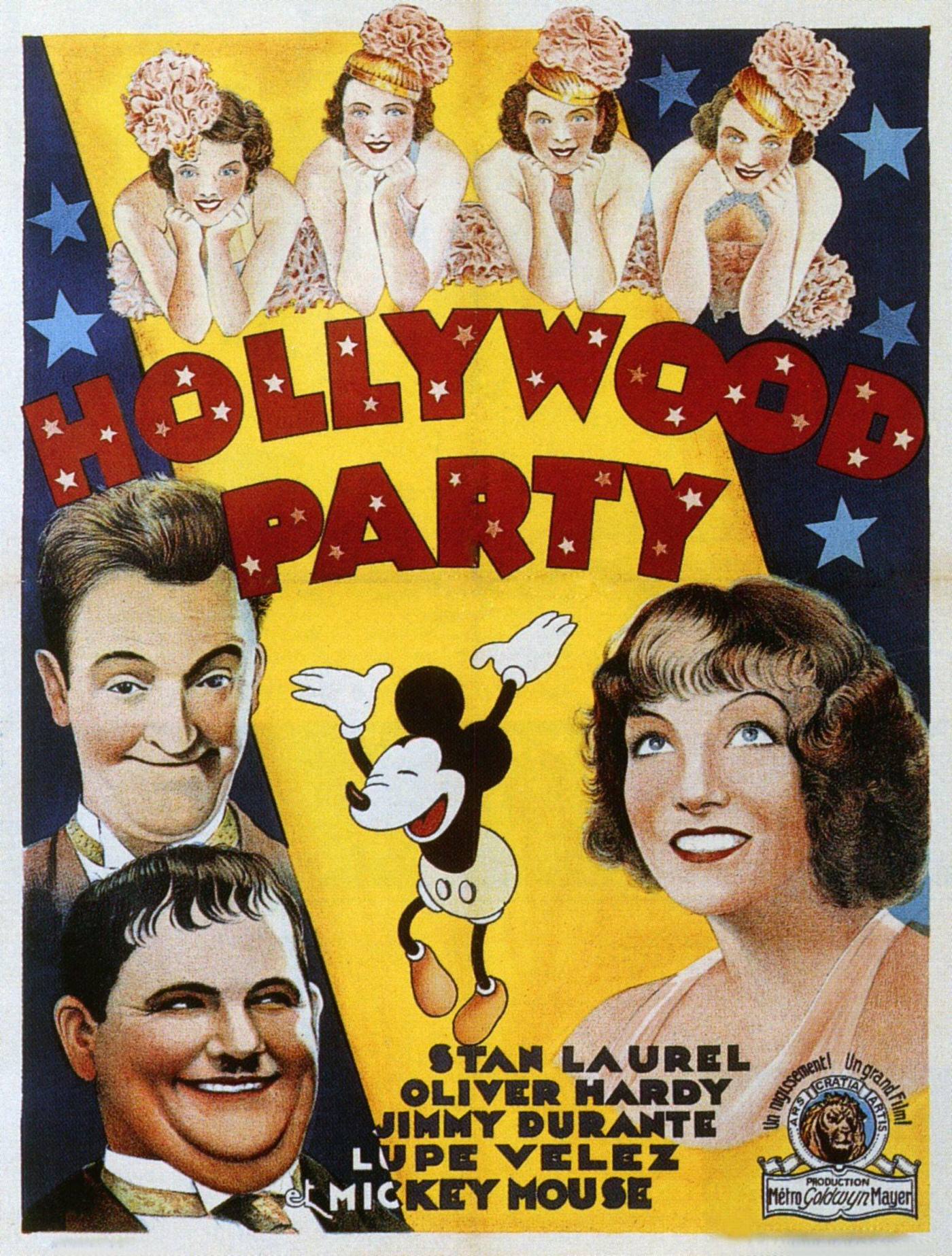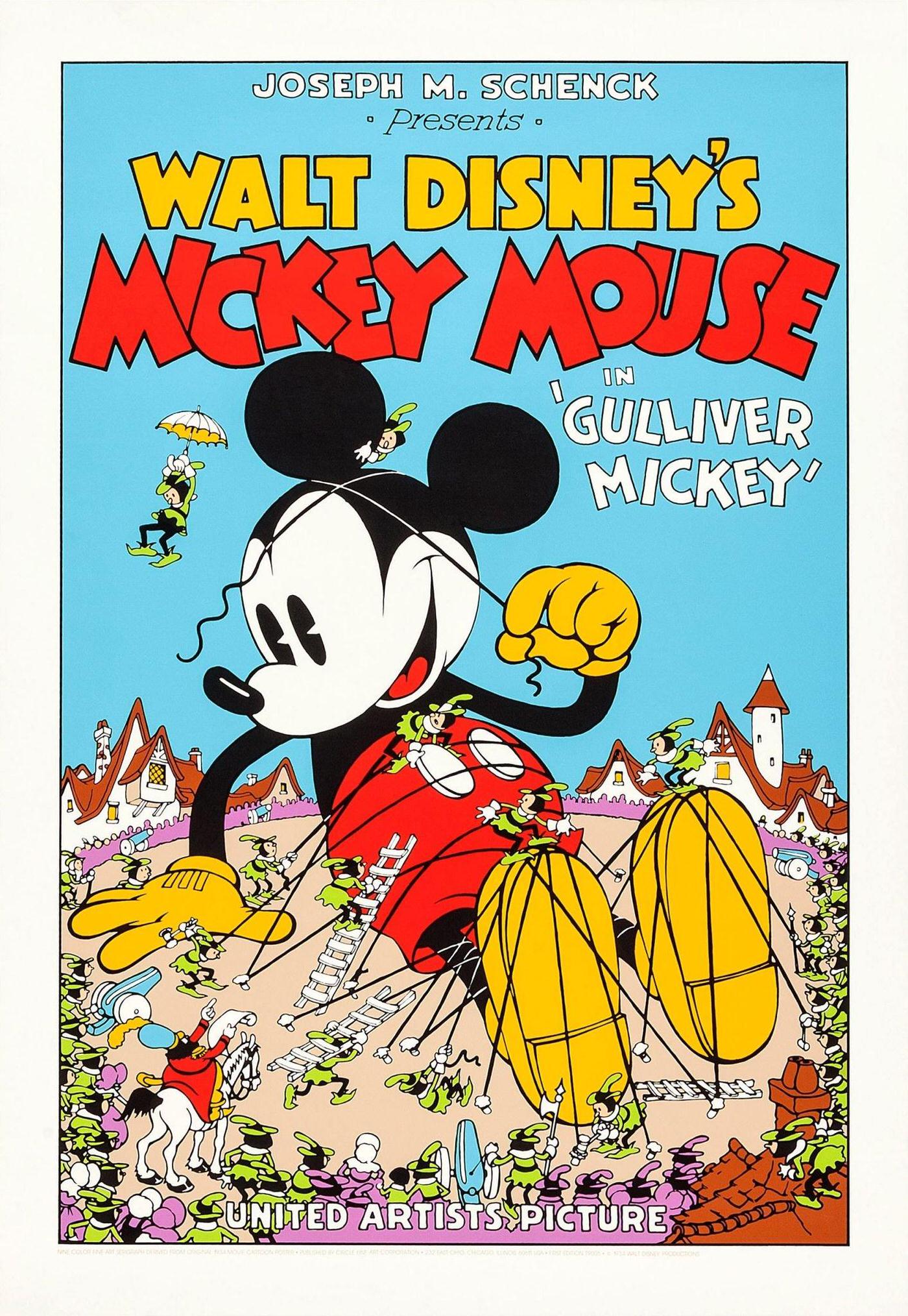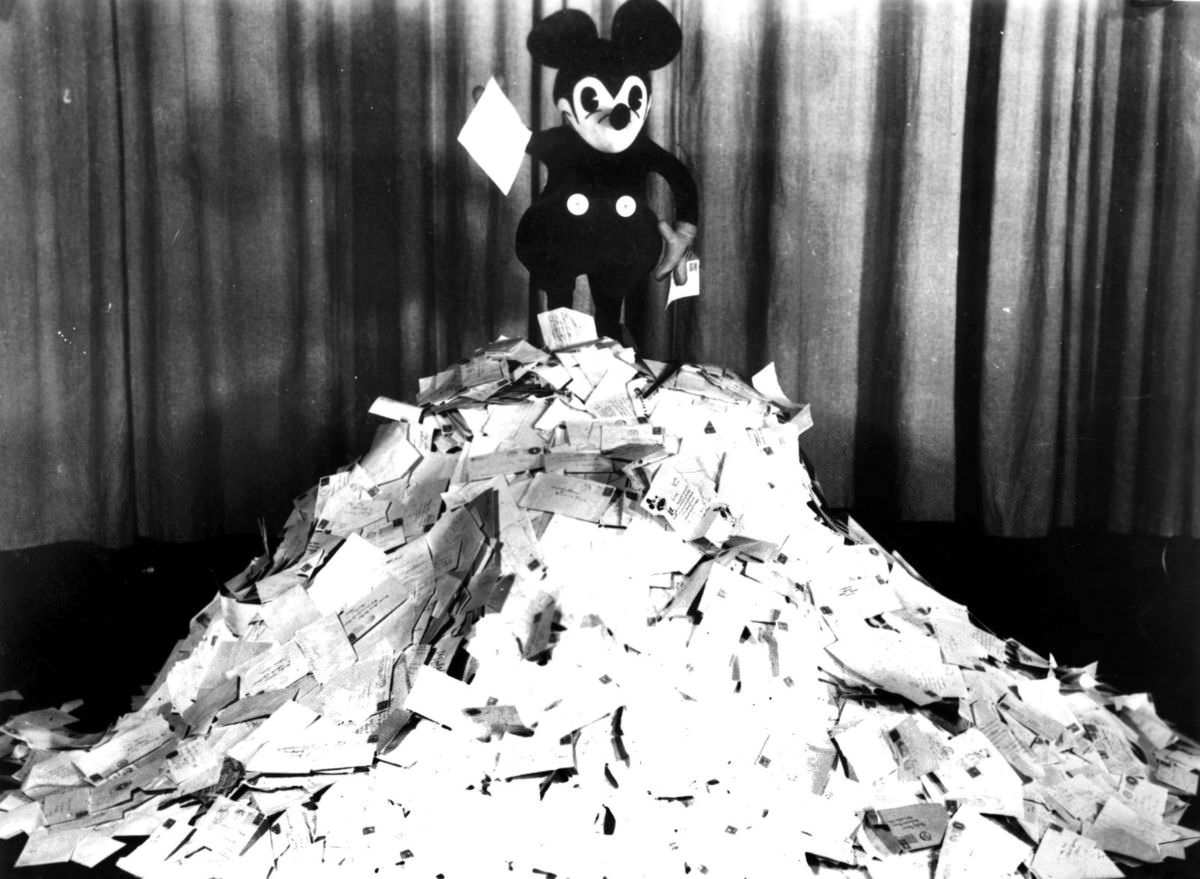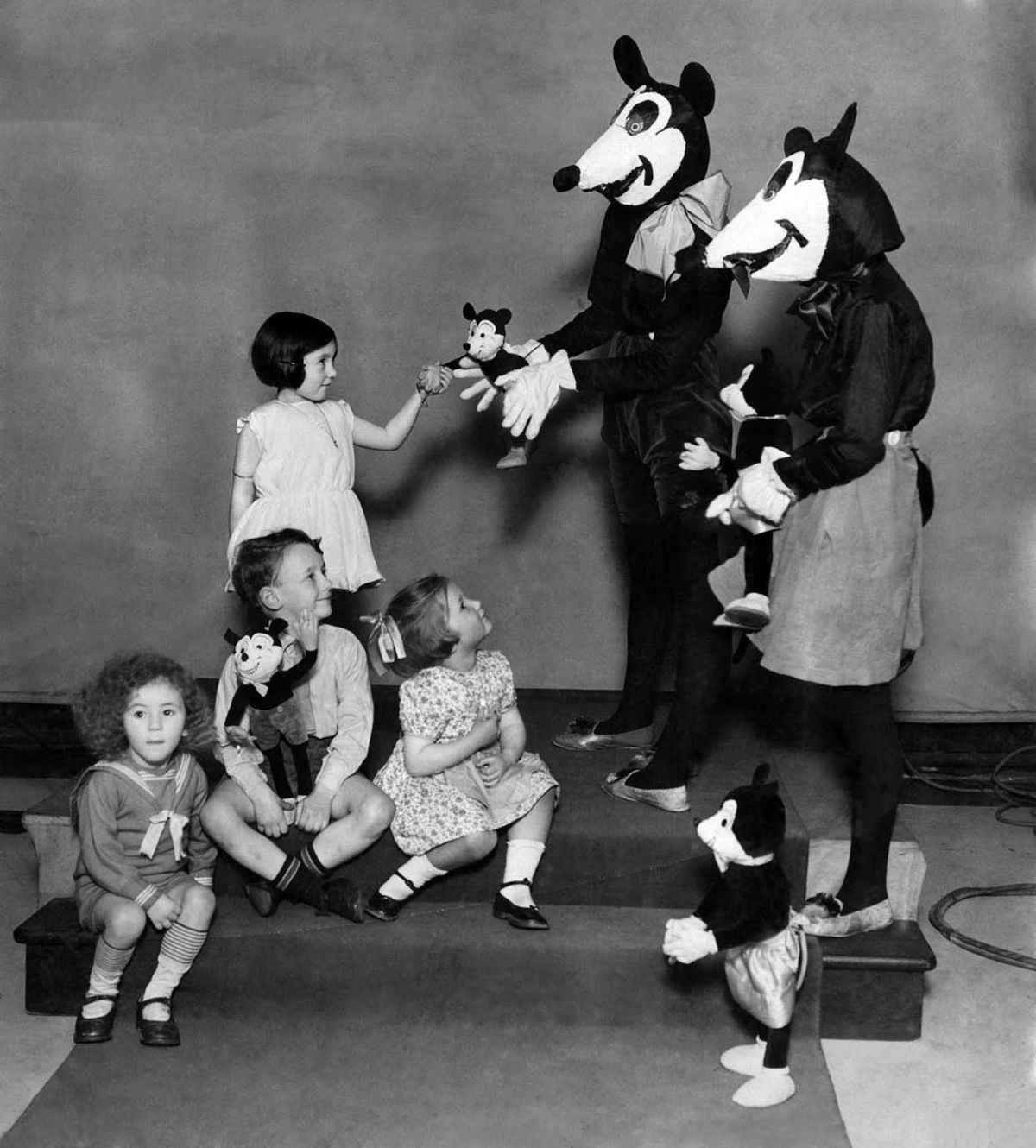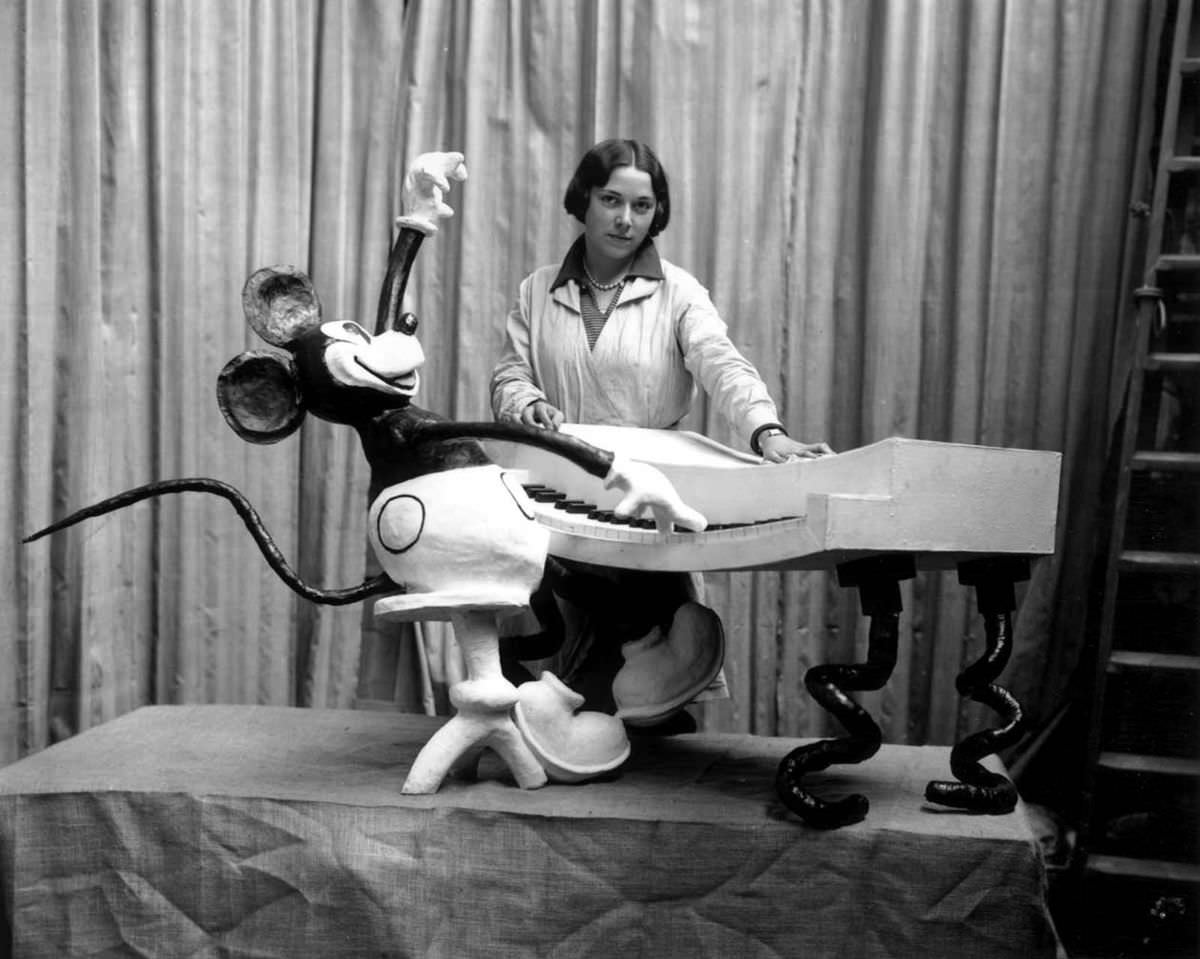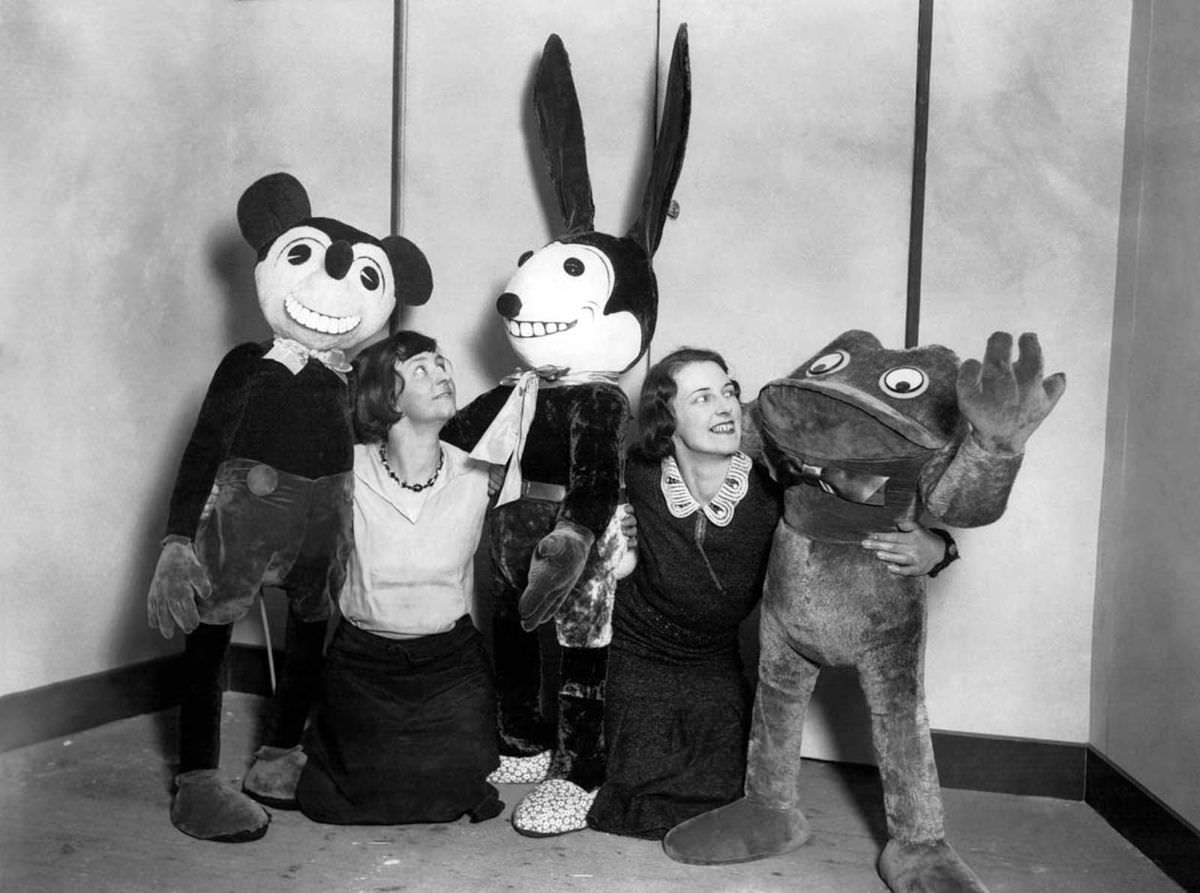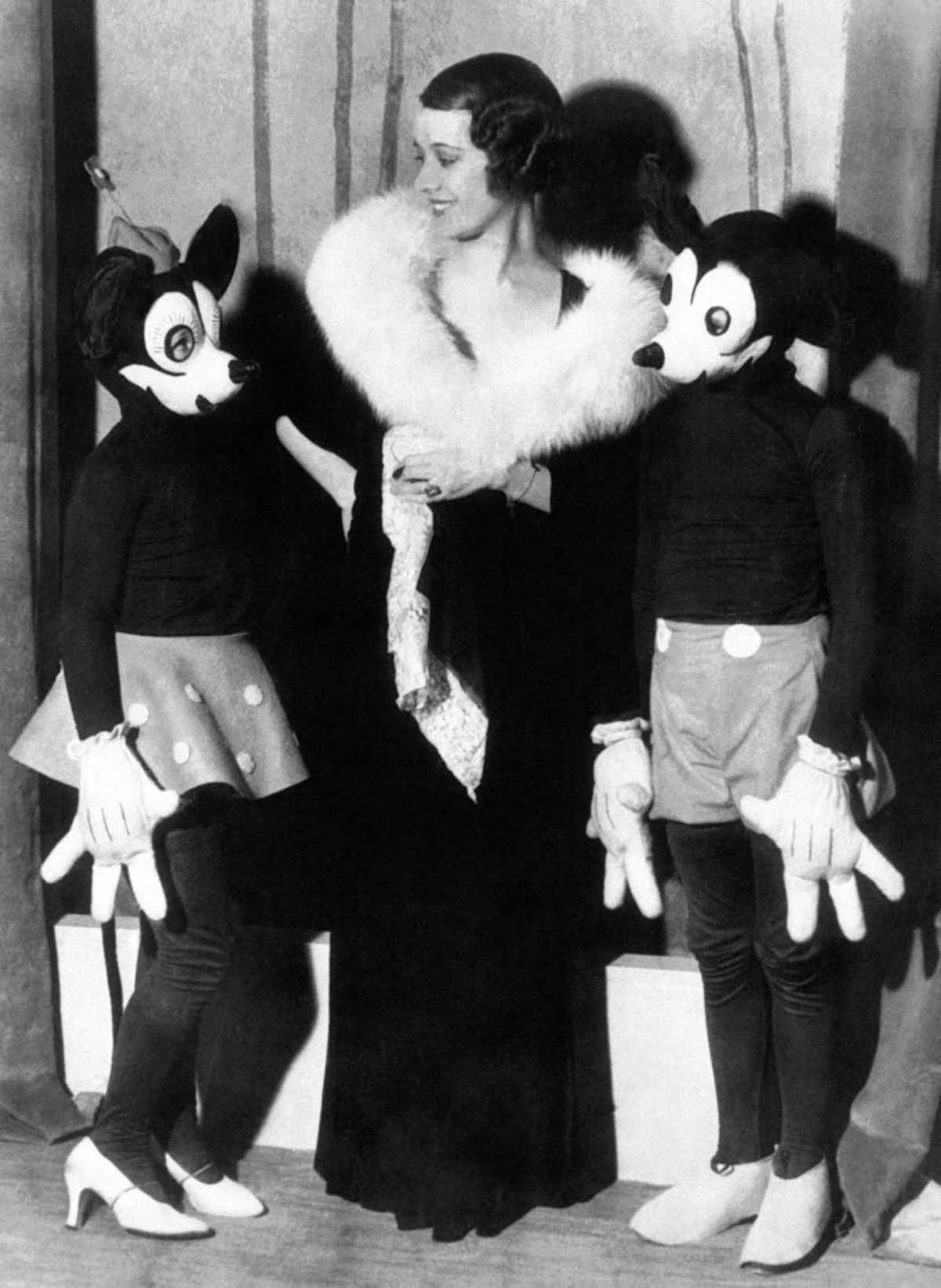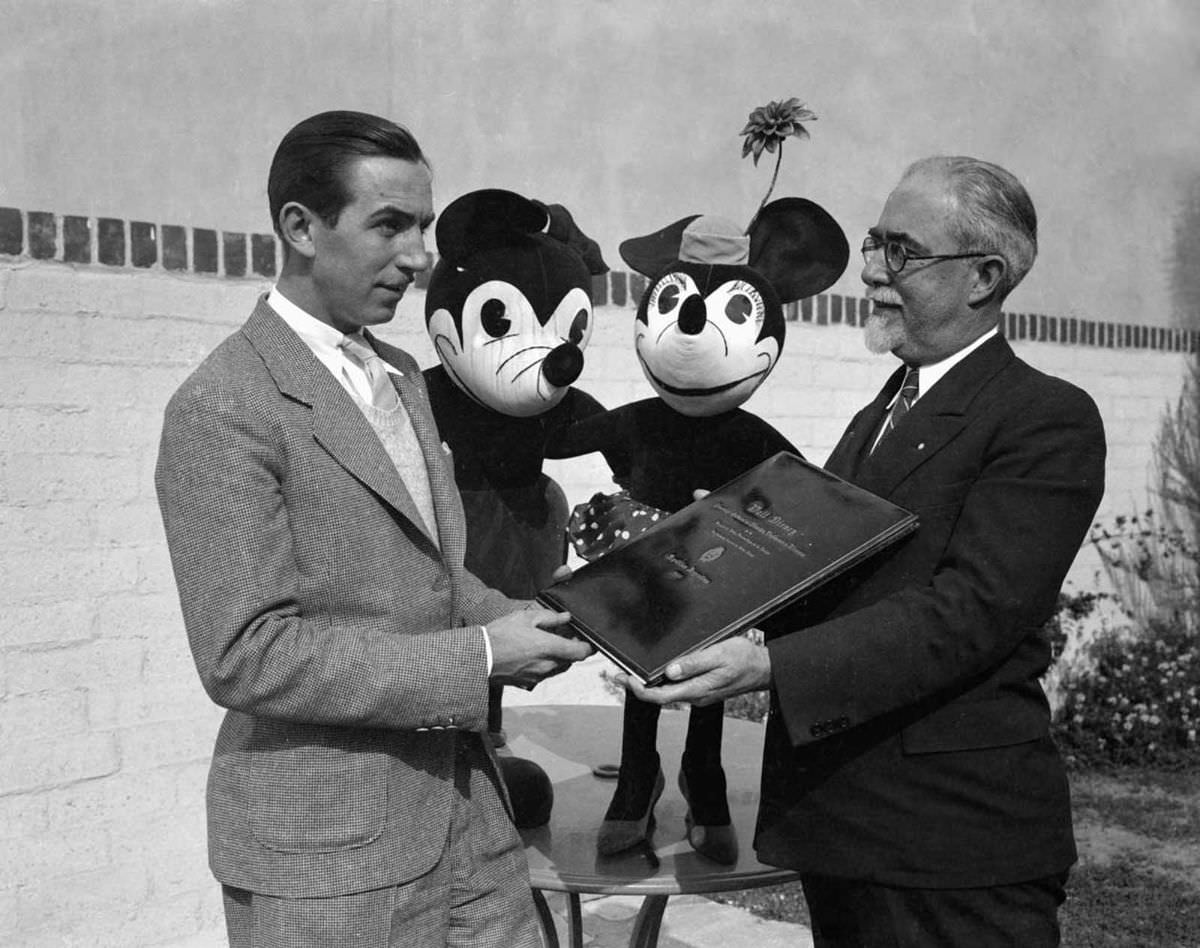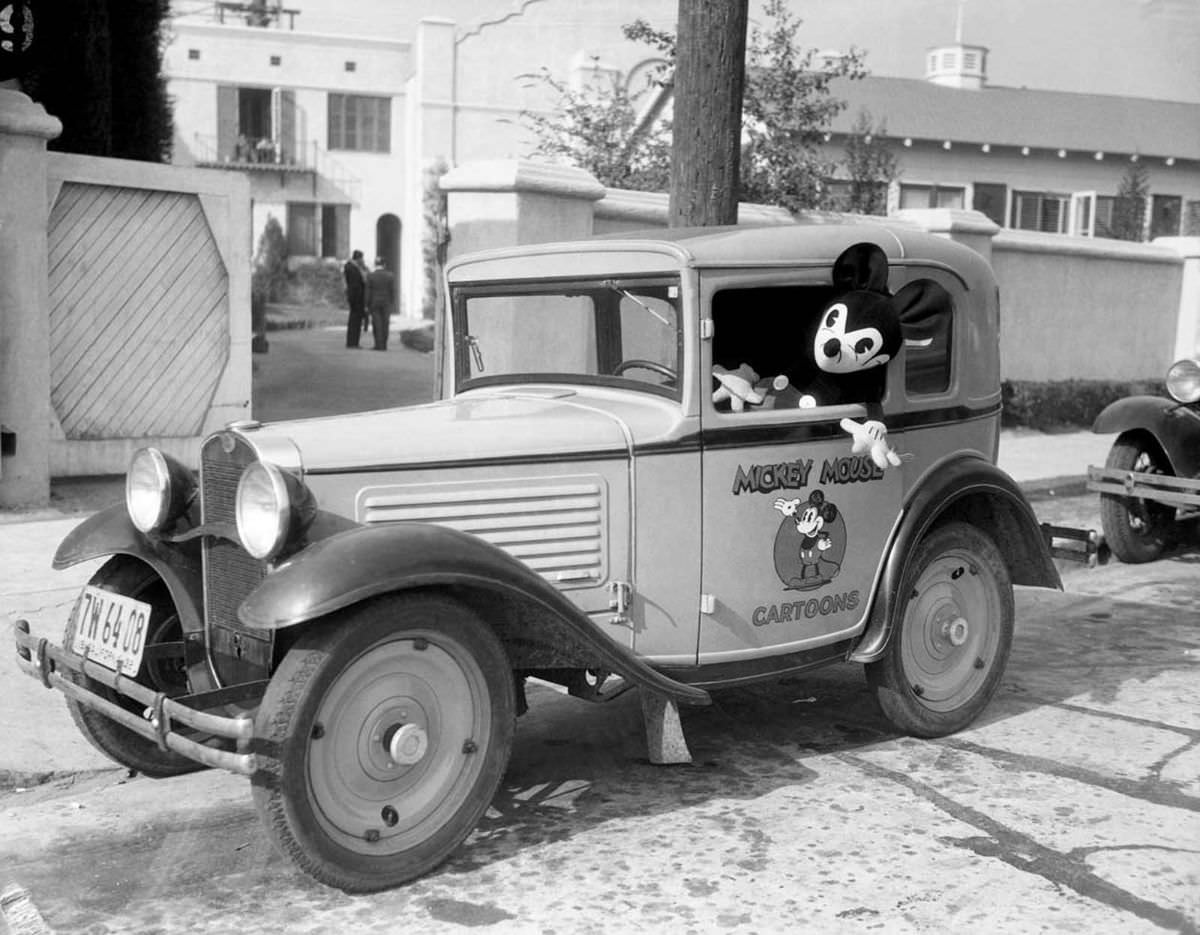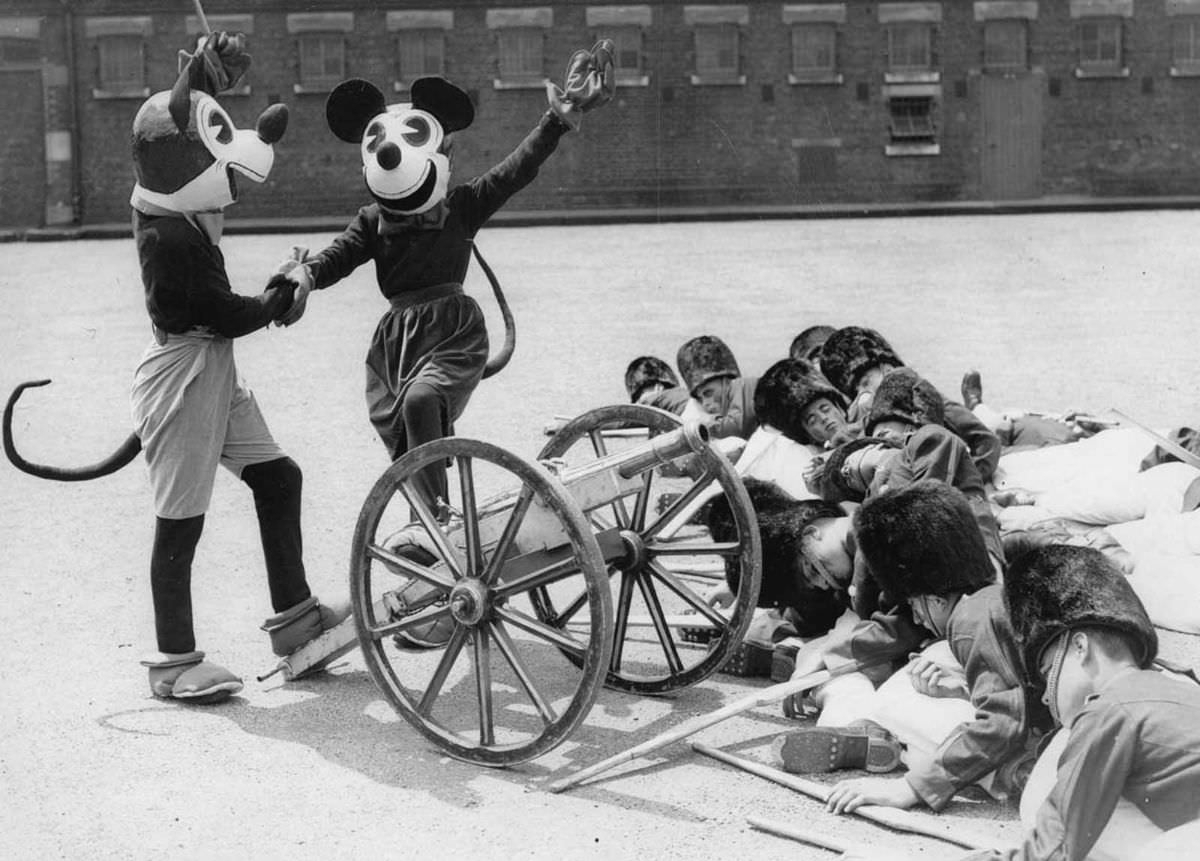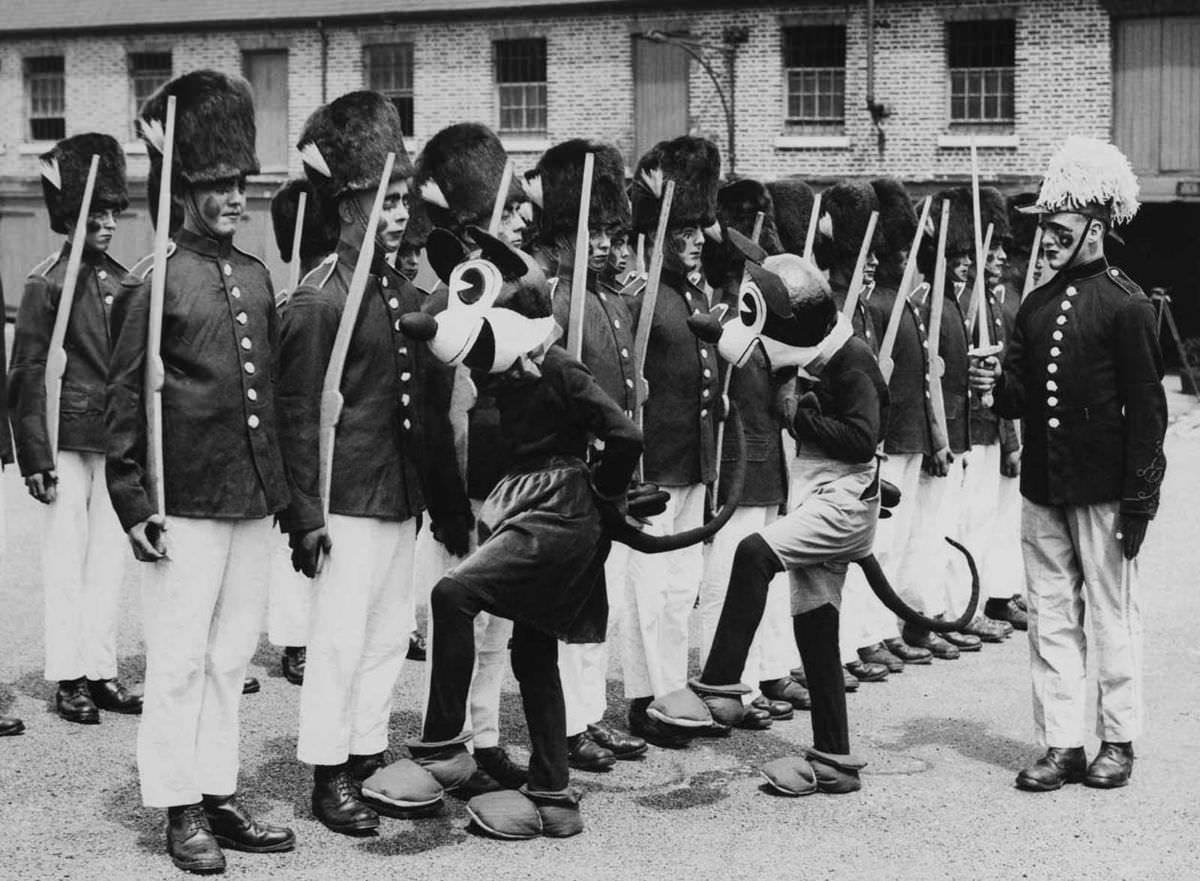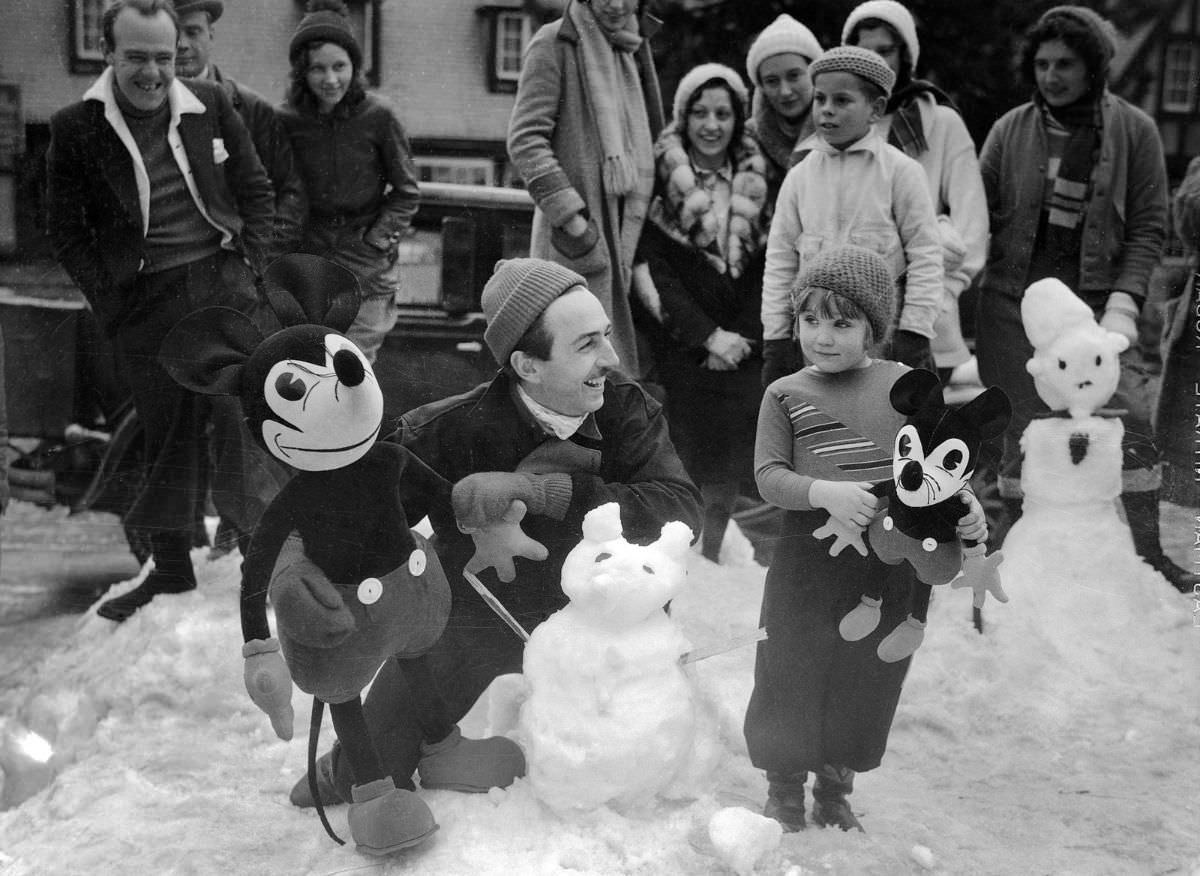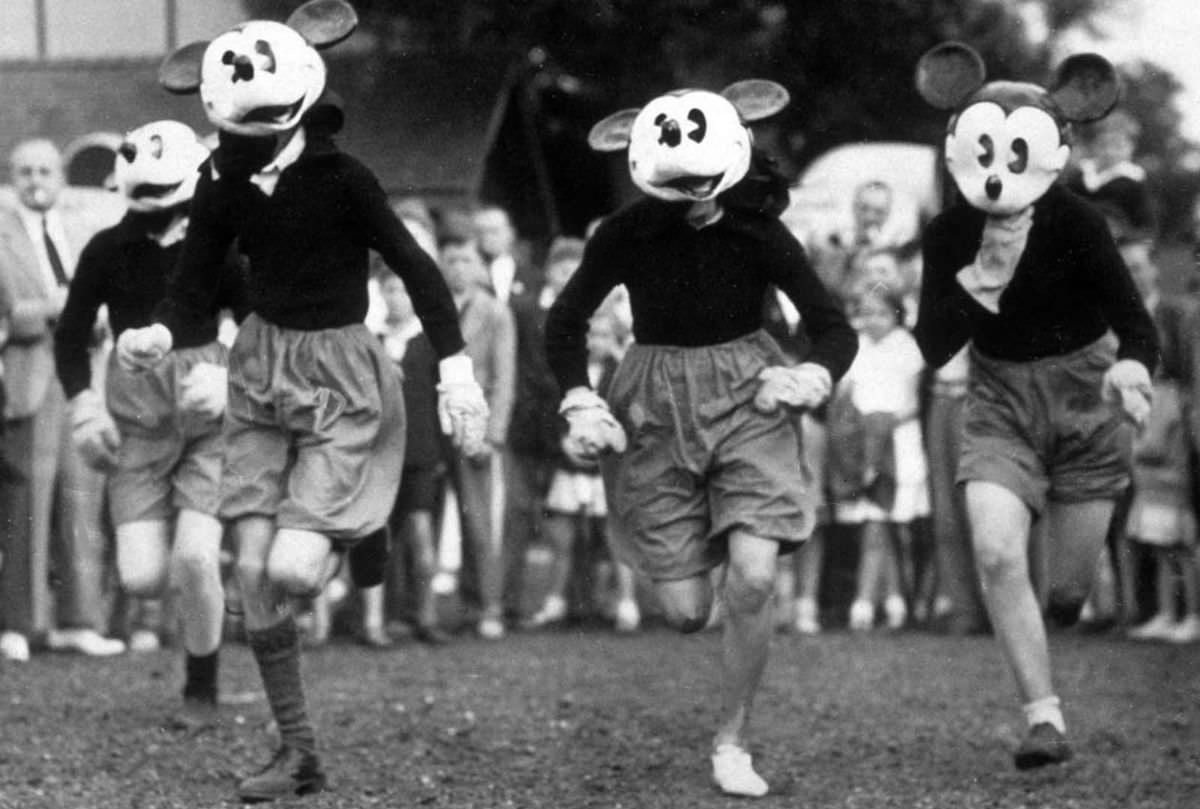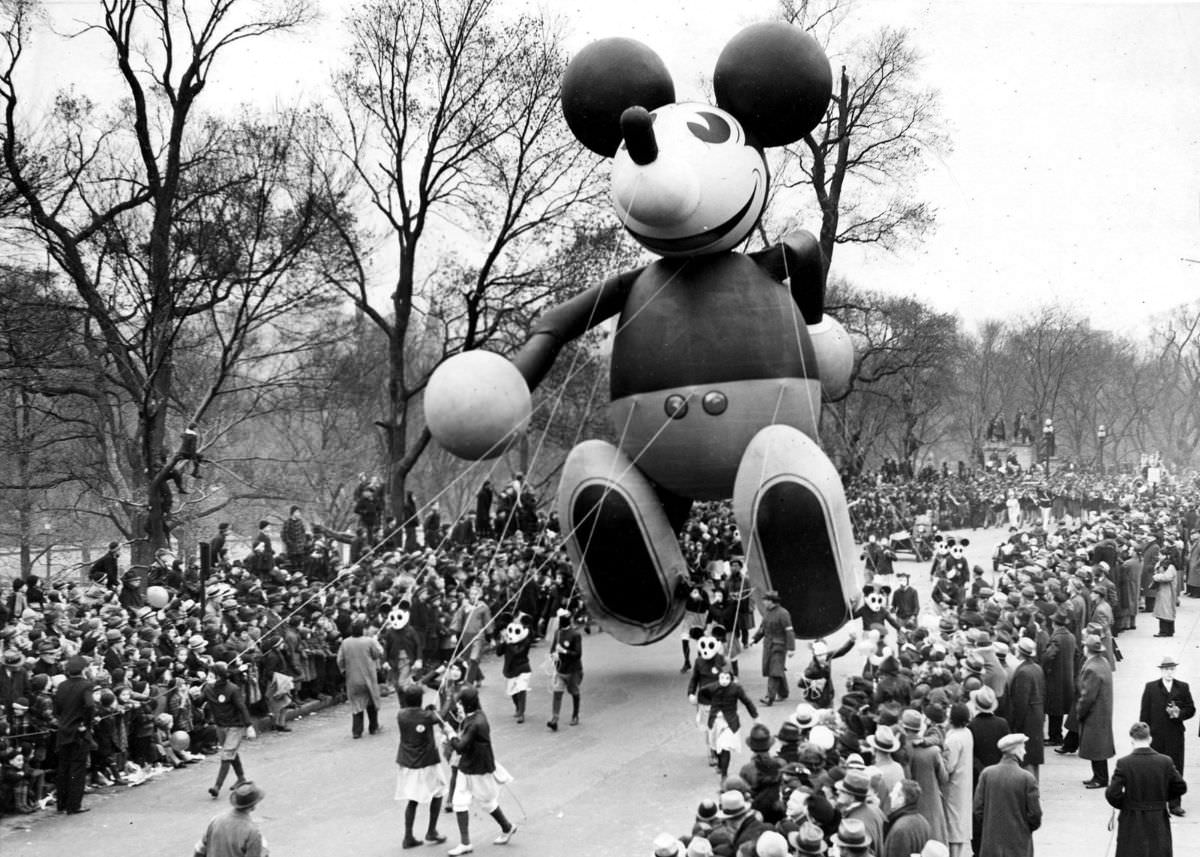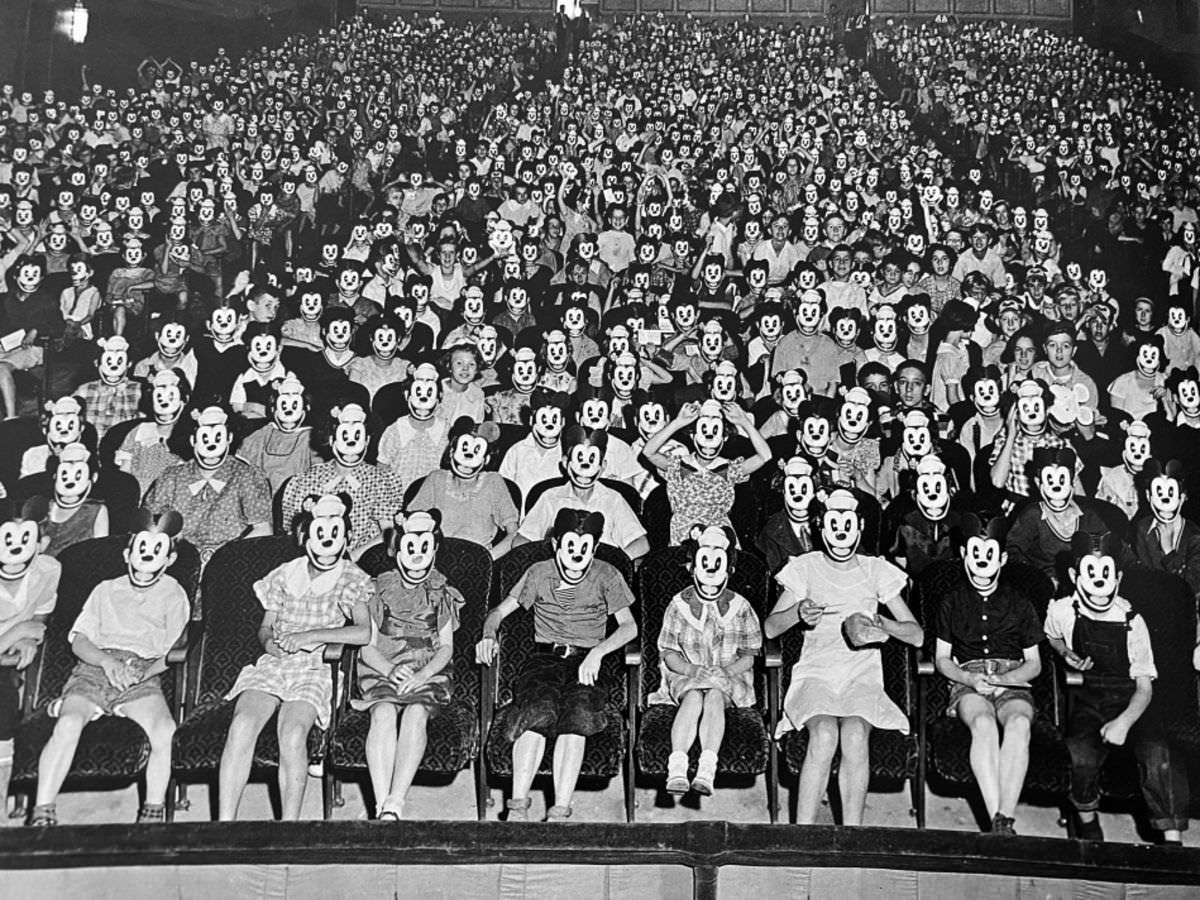Mickey Mouse, one of the most iconic cartoon characters in history, first burst onto the scene in the 1920s. But it was in the 1930s that Mickey became a cultural phenomenon, captivating audiences worldwide with his plucky charm and irrepressible spirit.
At the beginning of the 1930s, Mickey was already a well-established character, having appeared in a series of successful short films since his debut in “Steamboat Willie” in 1928. But it was in 1930 that Mickey really began to hit his stride, with a series of films that showcased his trademark mix of humor, adventure, and heart—in films like “The Fire Fighters” and “The Chain Gang,” Mickey and his pals Goofy and Donald Duck engaged in daring rescues and wild escapades, all while retaining their signature charm and wit.
One of the reasons that Mickey was so beloved during this time was his ability to appeal to both children and adults. While the films were aimed primarily at younger audiences, they also featured subtle references and jokes that older viewers could appreciate. For example, in the 1933 short “The Mad Doctor,” Mickey finds himself trapped in a haunted castle, where he encounters a series of creepy creatures and terrifying traps. While the film was undoubtedly scary for young viewers, it also contained nods to classic horror films like “Frankenstein” and “Dracula,” making it a hit with older audiences as well.
Another reason for Mickey’s success was his adaptability. While he remained true to his core characteristics of pluckiness and optimism, he was also able to take on a variety of roles and situations. In films like “Mickey’s Orphans” and “Mickey’s Gala Premier,” he demonstrated his caring and empathetic side, taking in abandoned children and helping his friends achieve their dreams. In other films, he was a daring adventurer, battling pirates and exploring the ocean’s depths. This versatility made Mickey a relatable and dynamic character that audiences could root for and identify with in various contexts.
Of course, it wasn’t just Mickey’s on-screen persona that made him a cultural icon. His image and likeness were everywhere in the 1930s, from toys and games to books and comics. Children were especially drawn to his cheerful, round-eared face and signature red shorts, making him a popular mascot for a range of consumer products. In fact, it’s estimated that by the mid-1930s, Mickey Mouse merchandise was worth more than $1 billion in sales, a staggering figure for the time.
At the same time, Mickey was also becoming an international phenomenon, with his films and merchandise being exported worldwide. This global reach helped solidify Mickey’s status as a symbol of American culture, one that embodied the values of optimism, adventure, and ingenuity that were central to the American identity. In countries like Japan and Brazil, Mickey became a beloved figure in his own right, inspiring local adaptations and spin-offs that helped to cement his place in popular culture further.
But it wasn’t all smooth sailing for Mickey in the 1930s. The economic hardships of the Great Depression forced many animation studios, including Disney’s, to cut back on production and expenses. In response, Disney began experimenting with new technologies and techniques, including Technicolor and multiplane cameras, allowing for greater animation depth and detail. These innovations helped to set Disney apart from its competitors and solidified its reputation as a leader in the animation industry.


